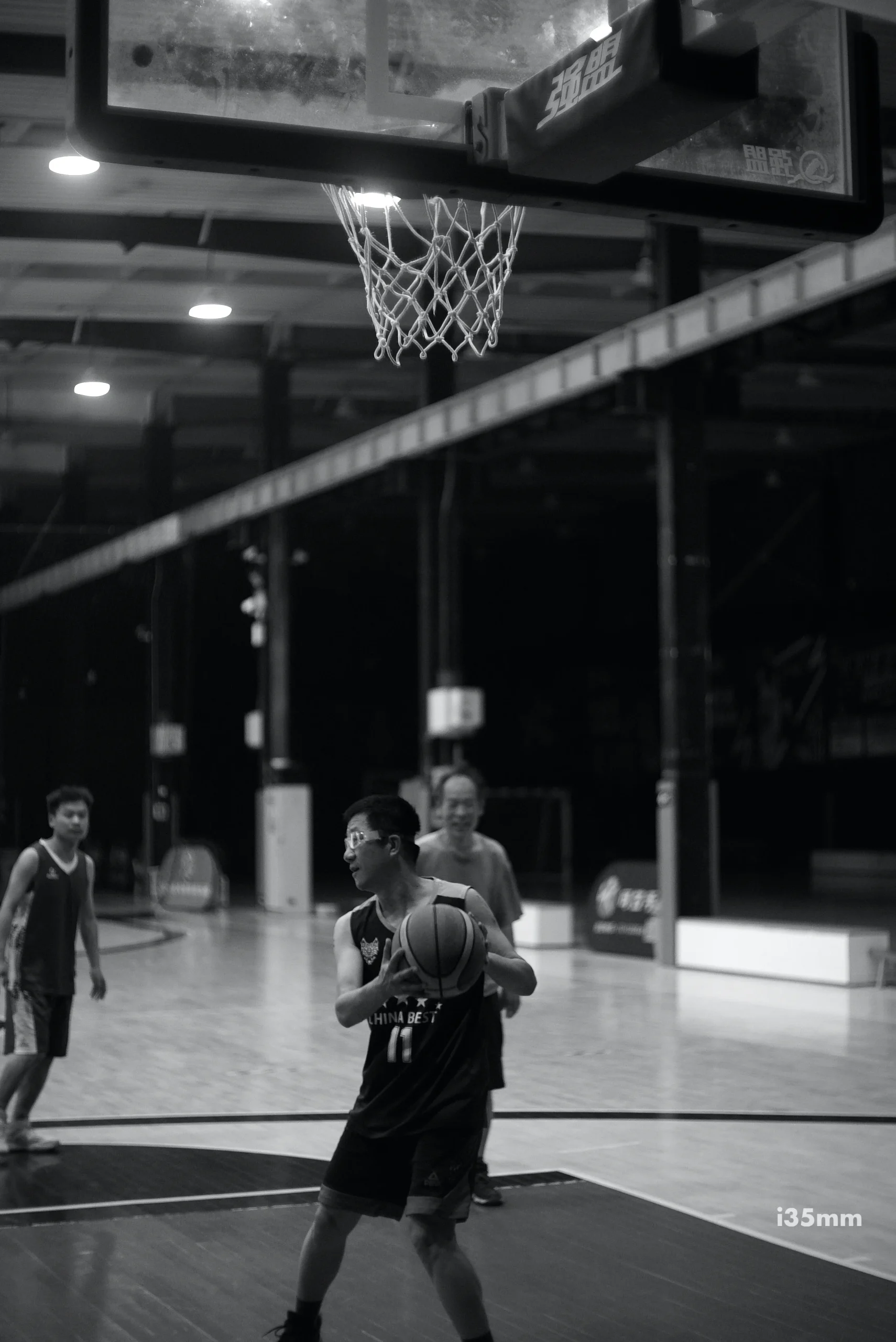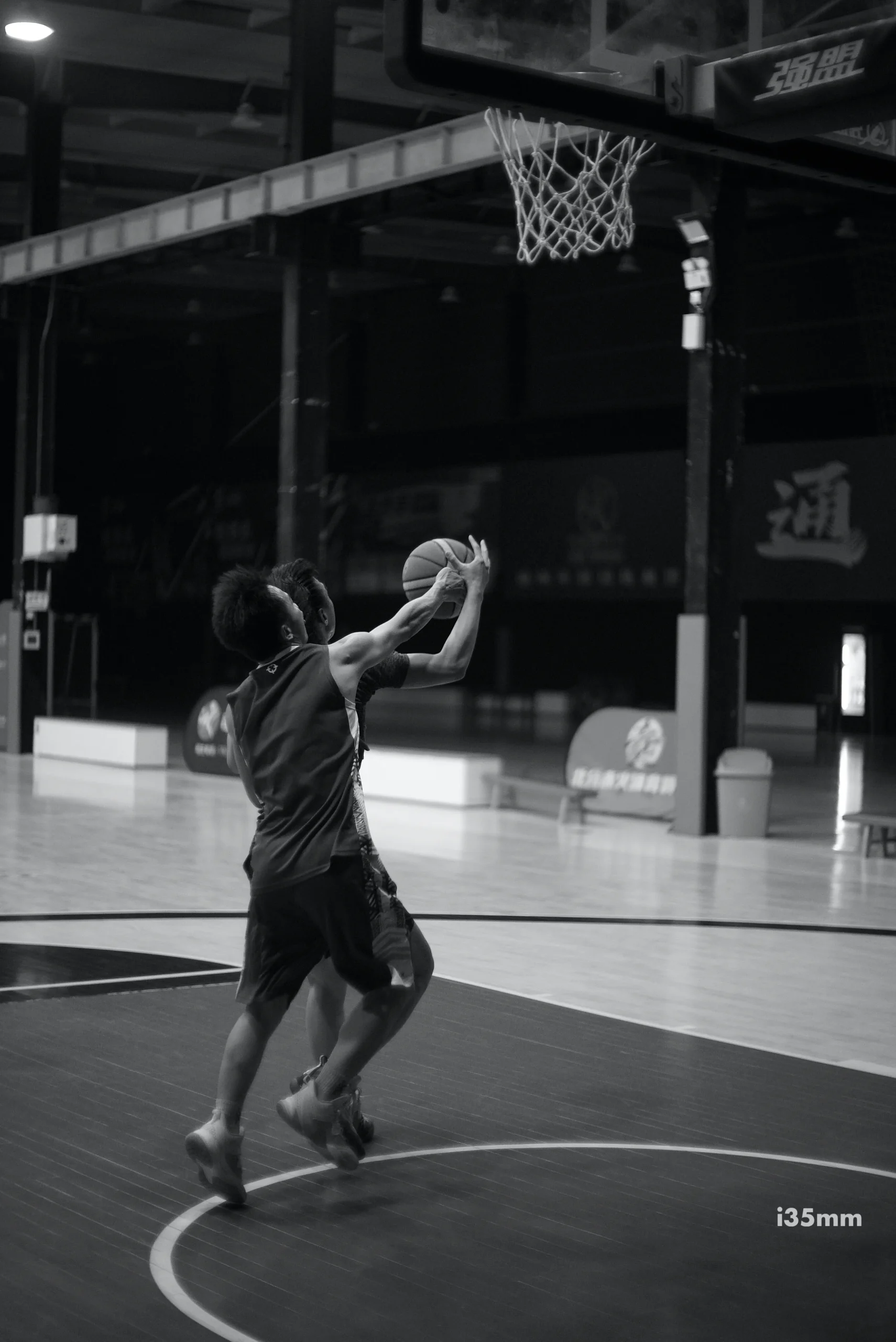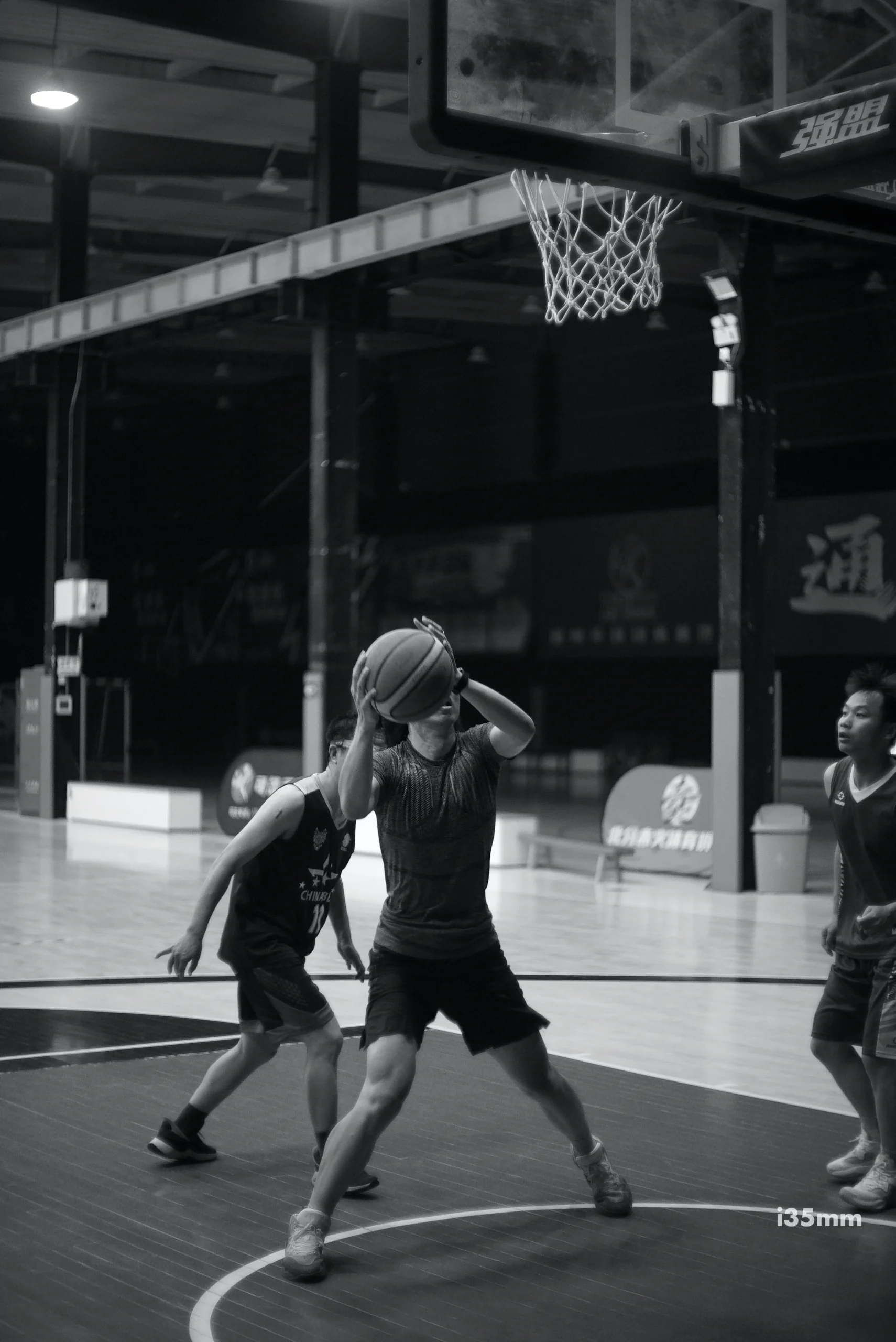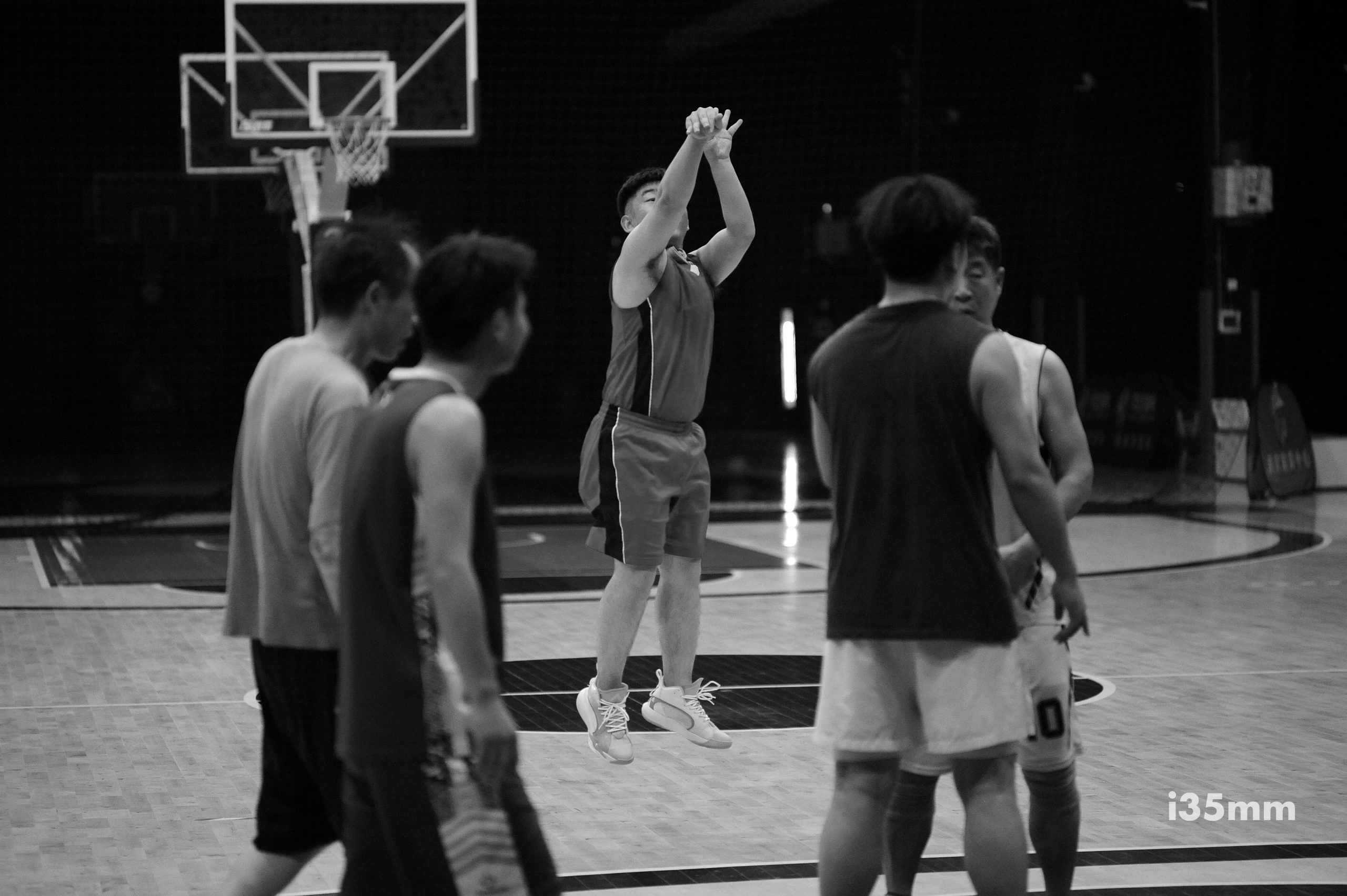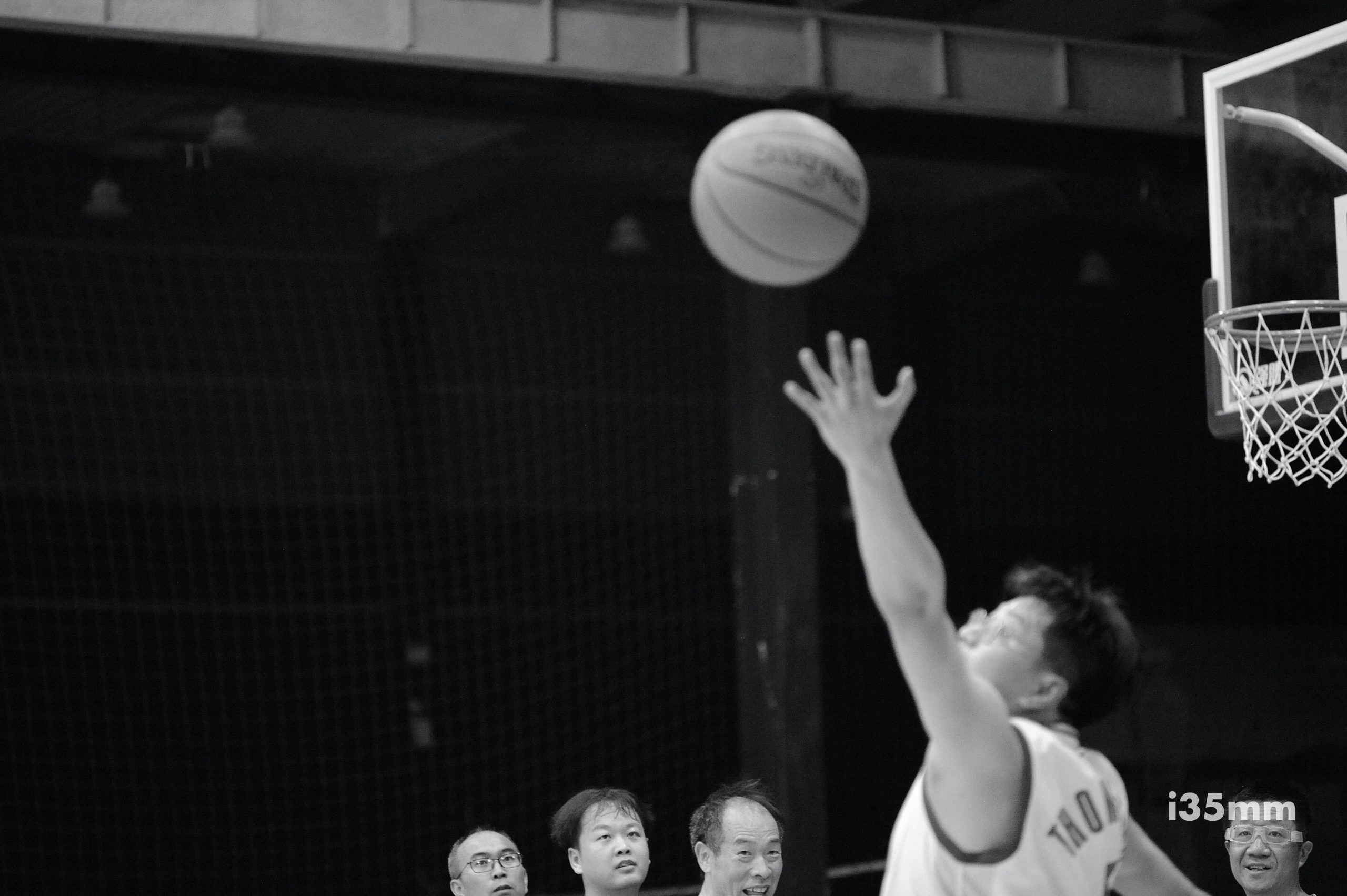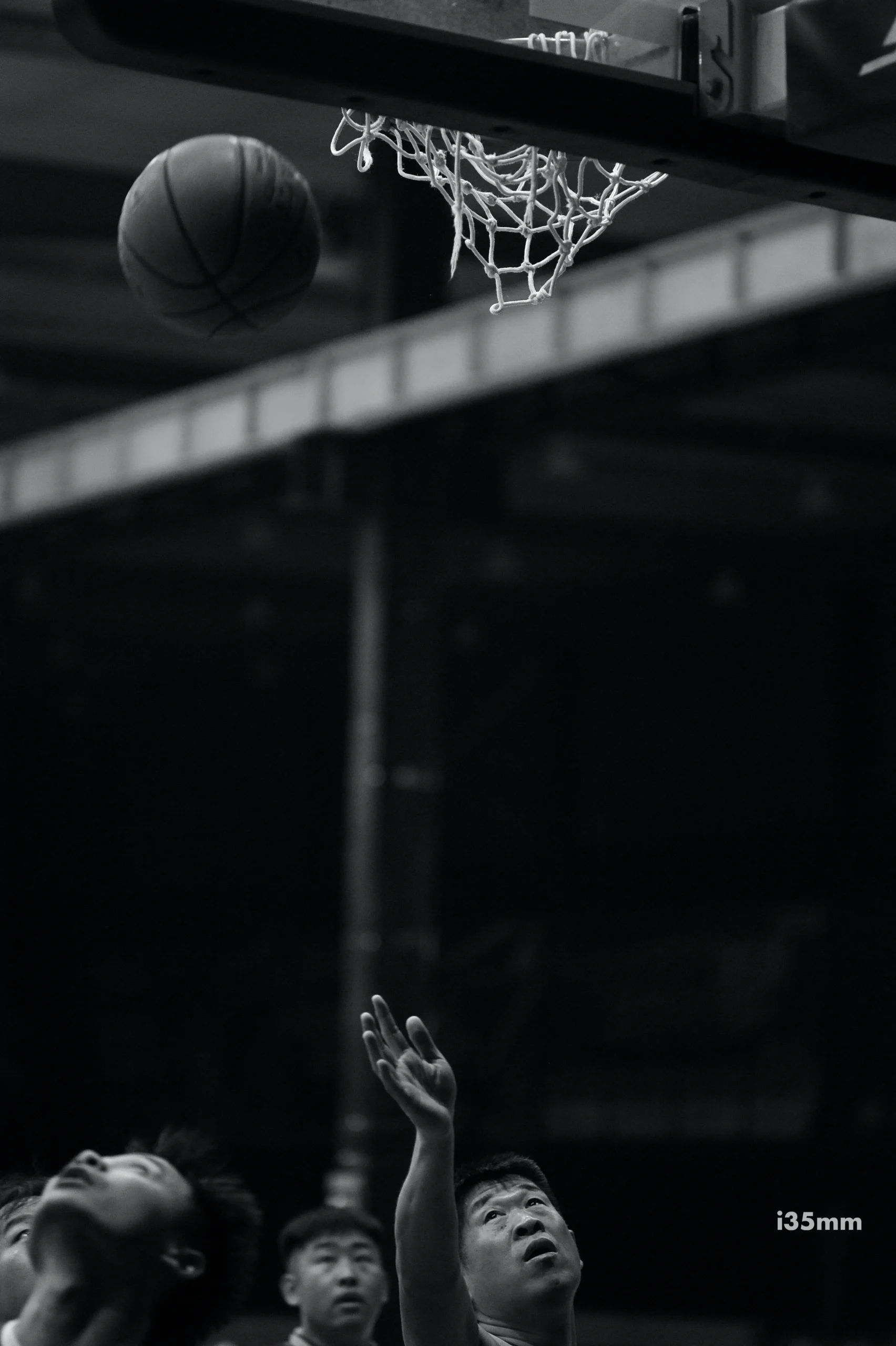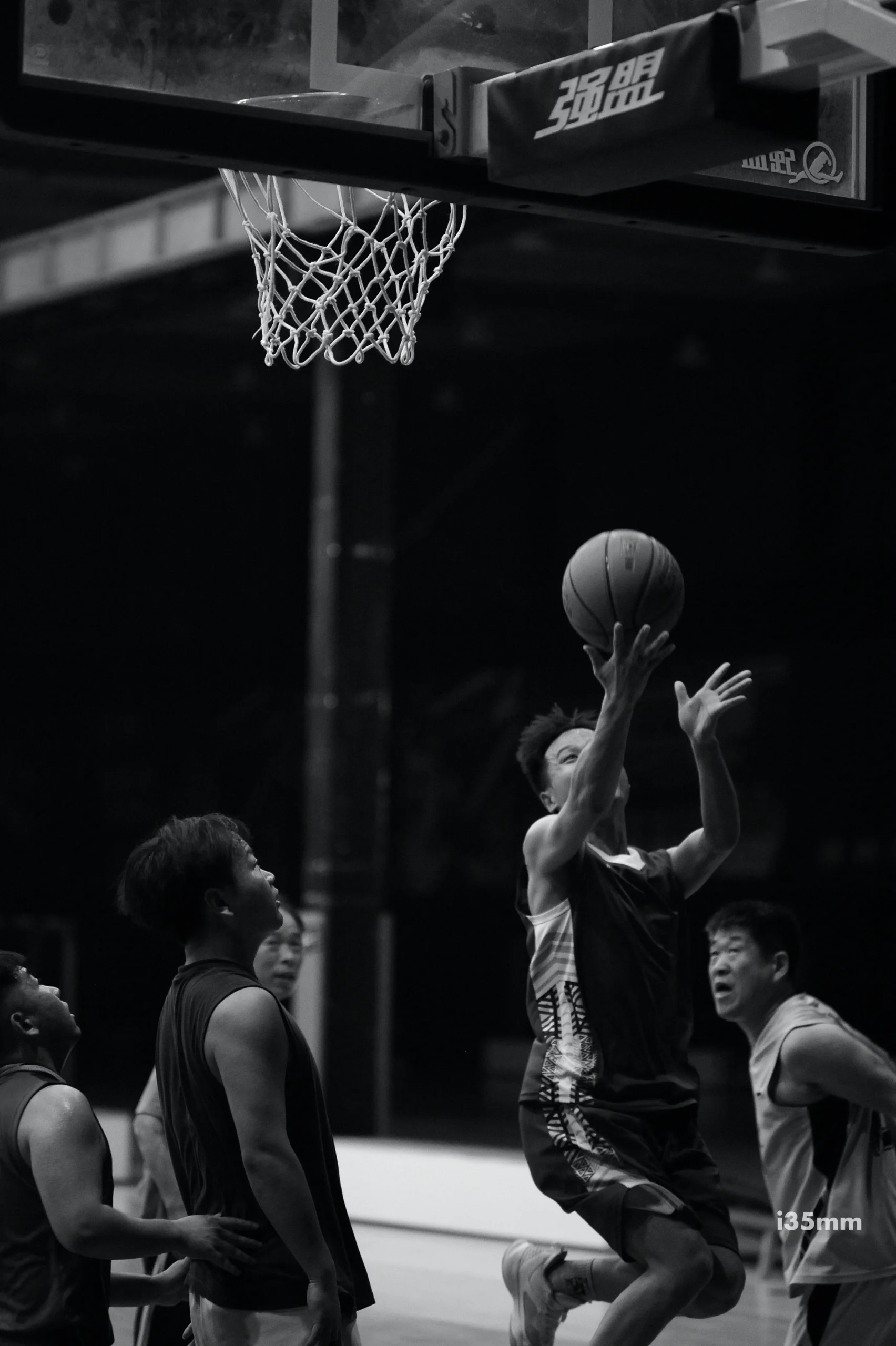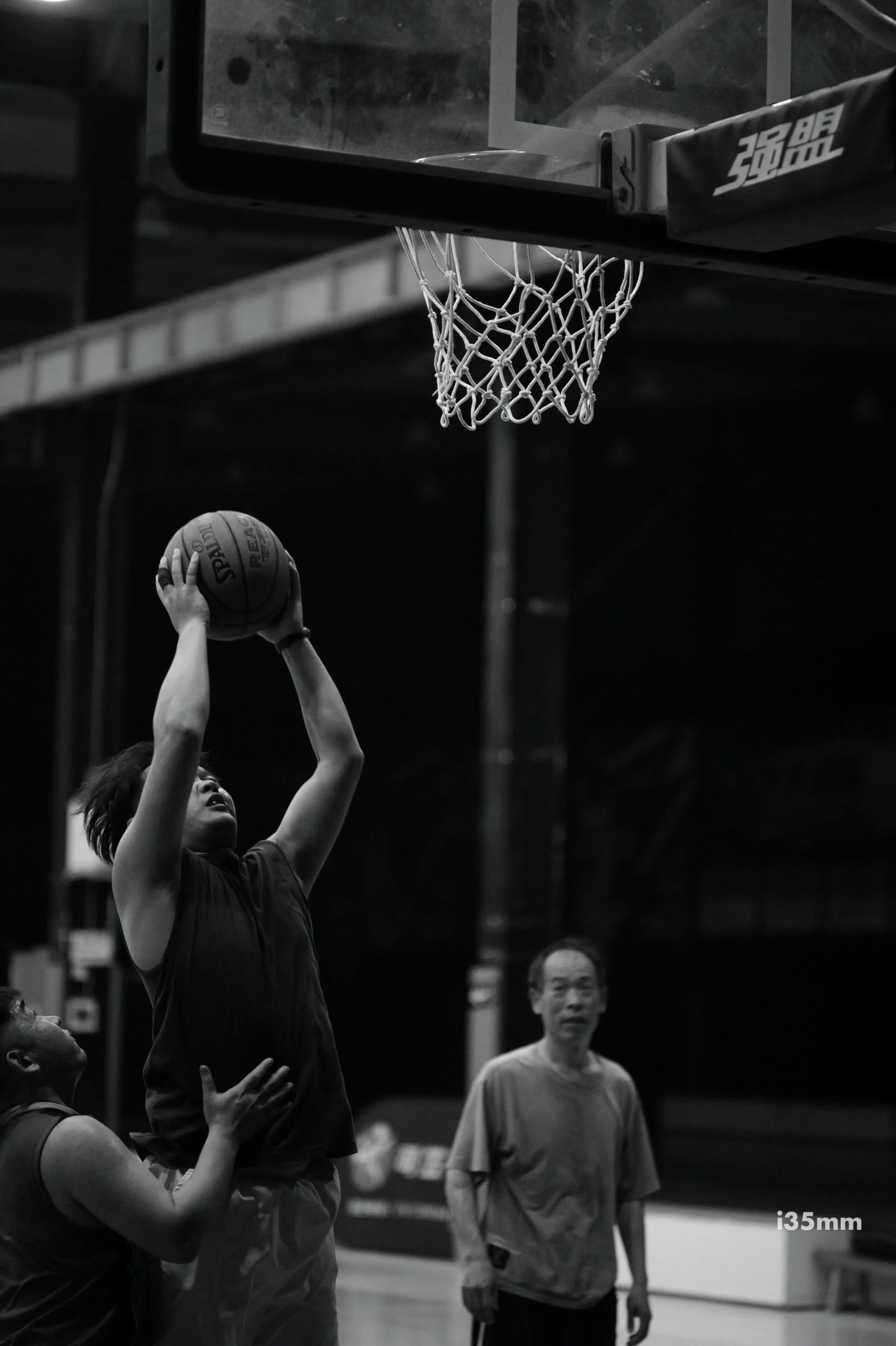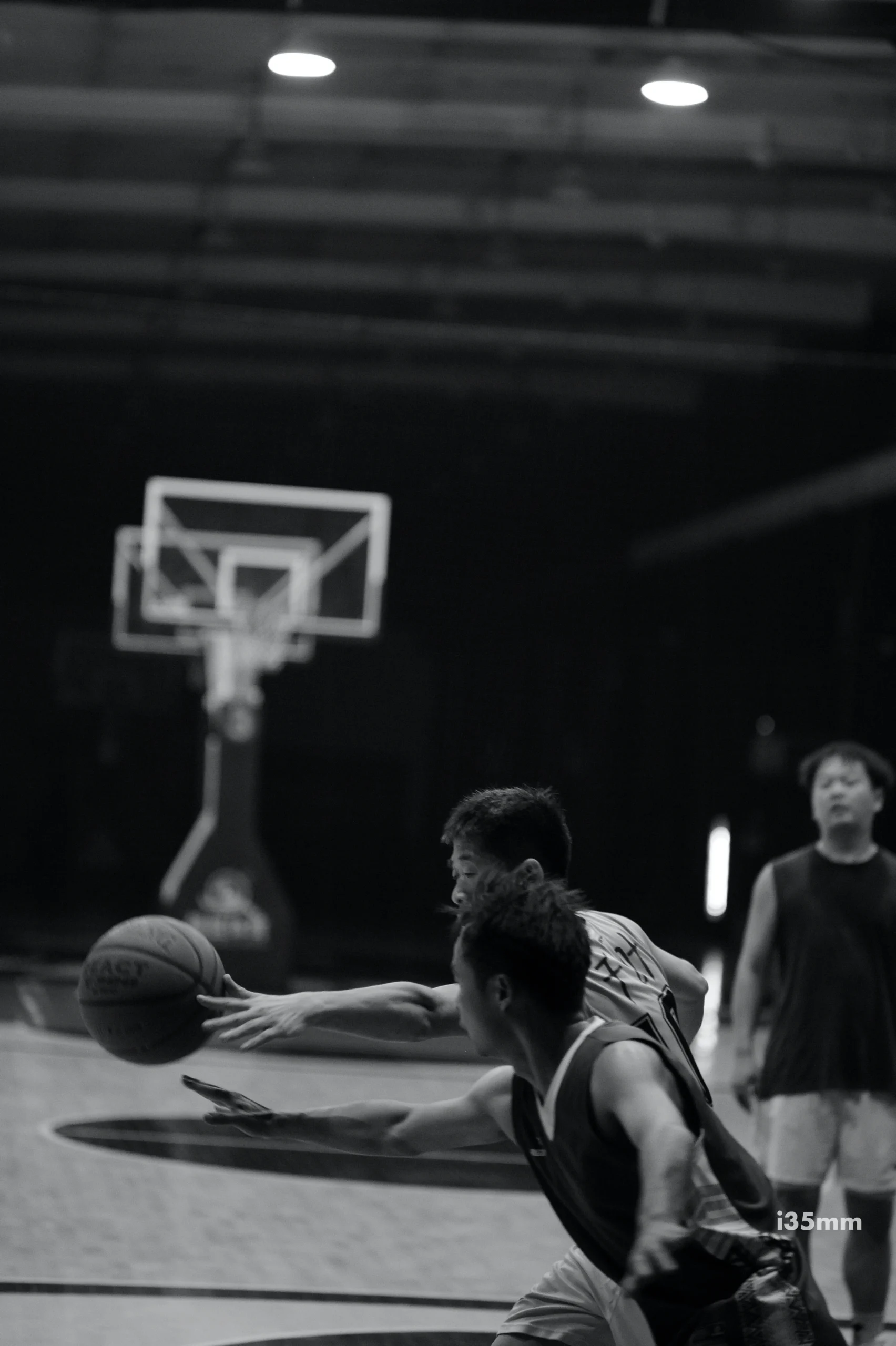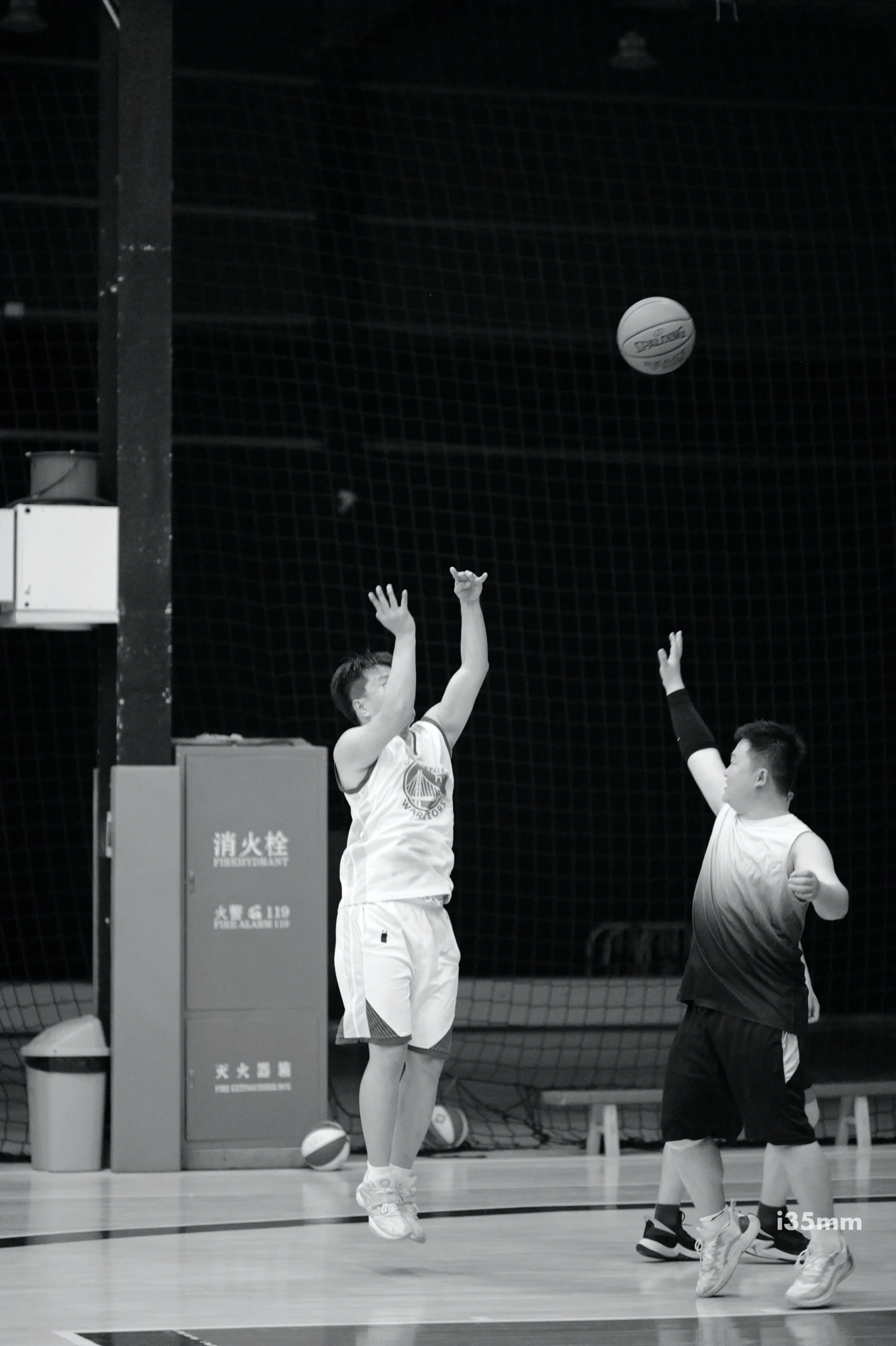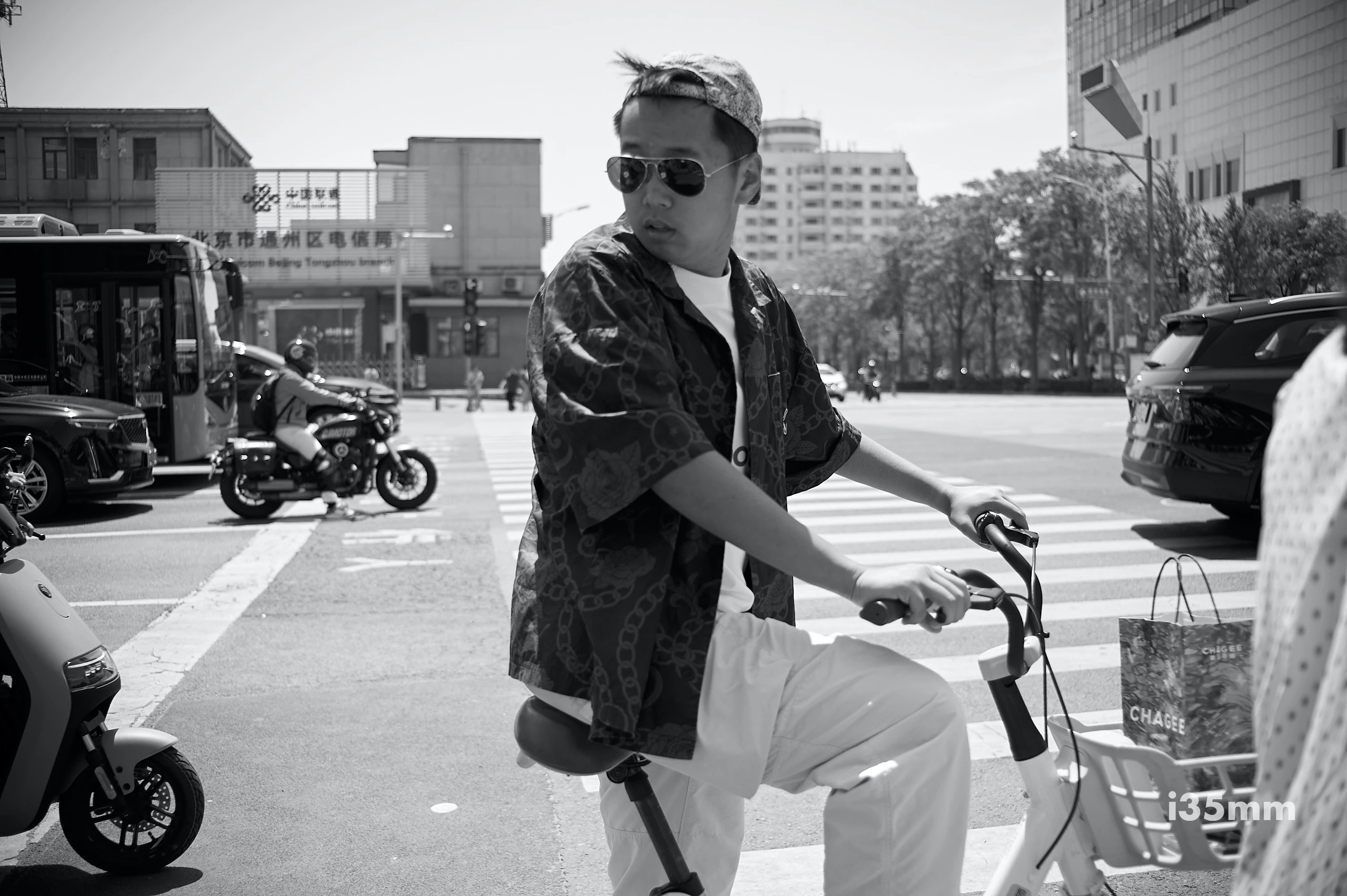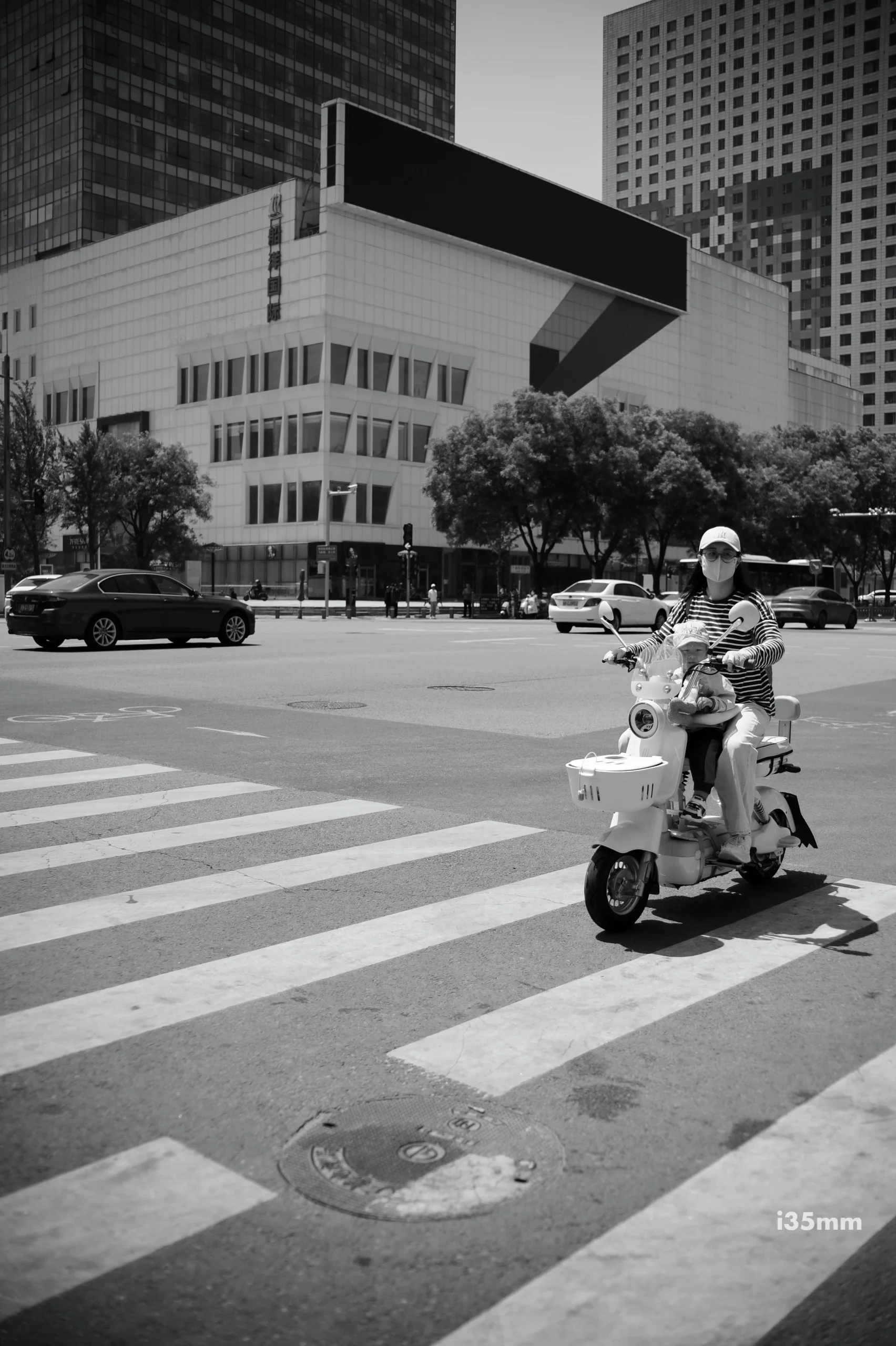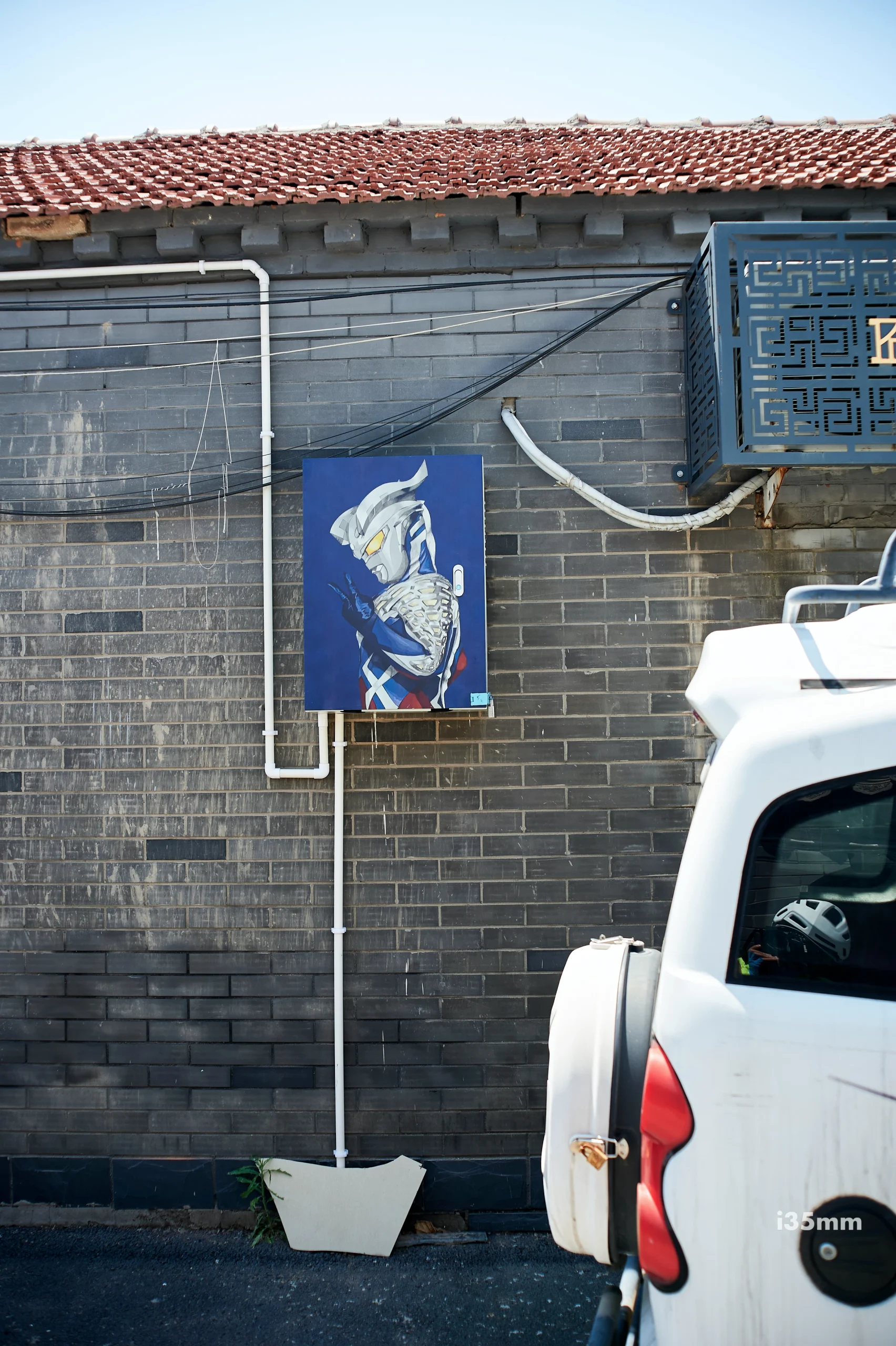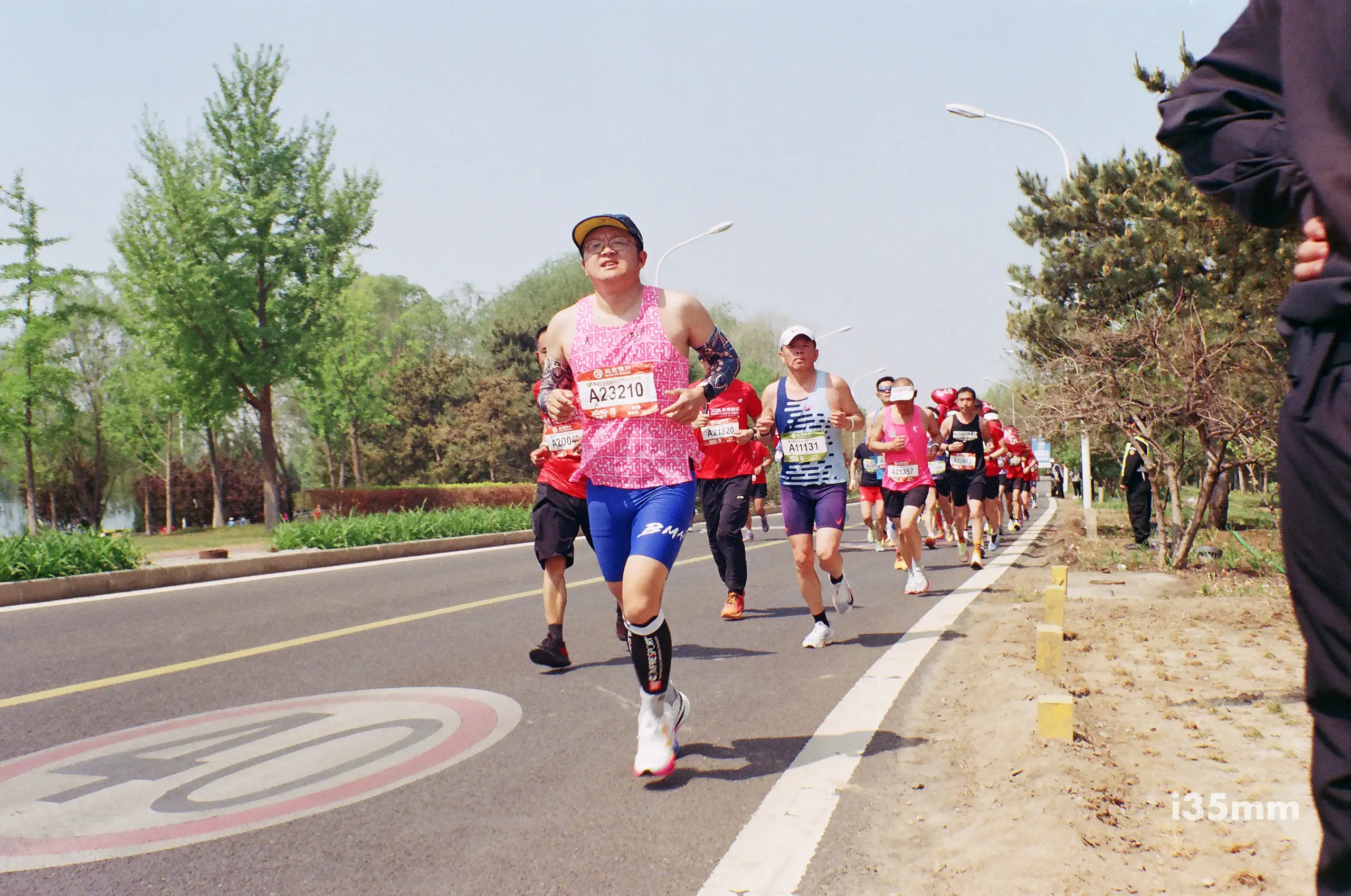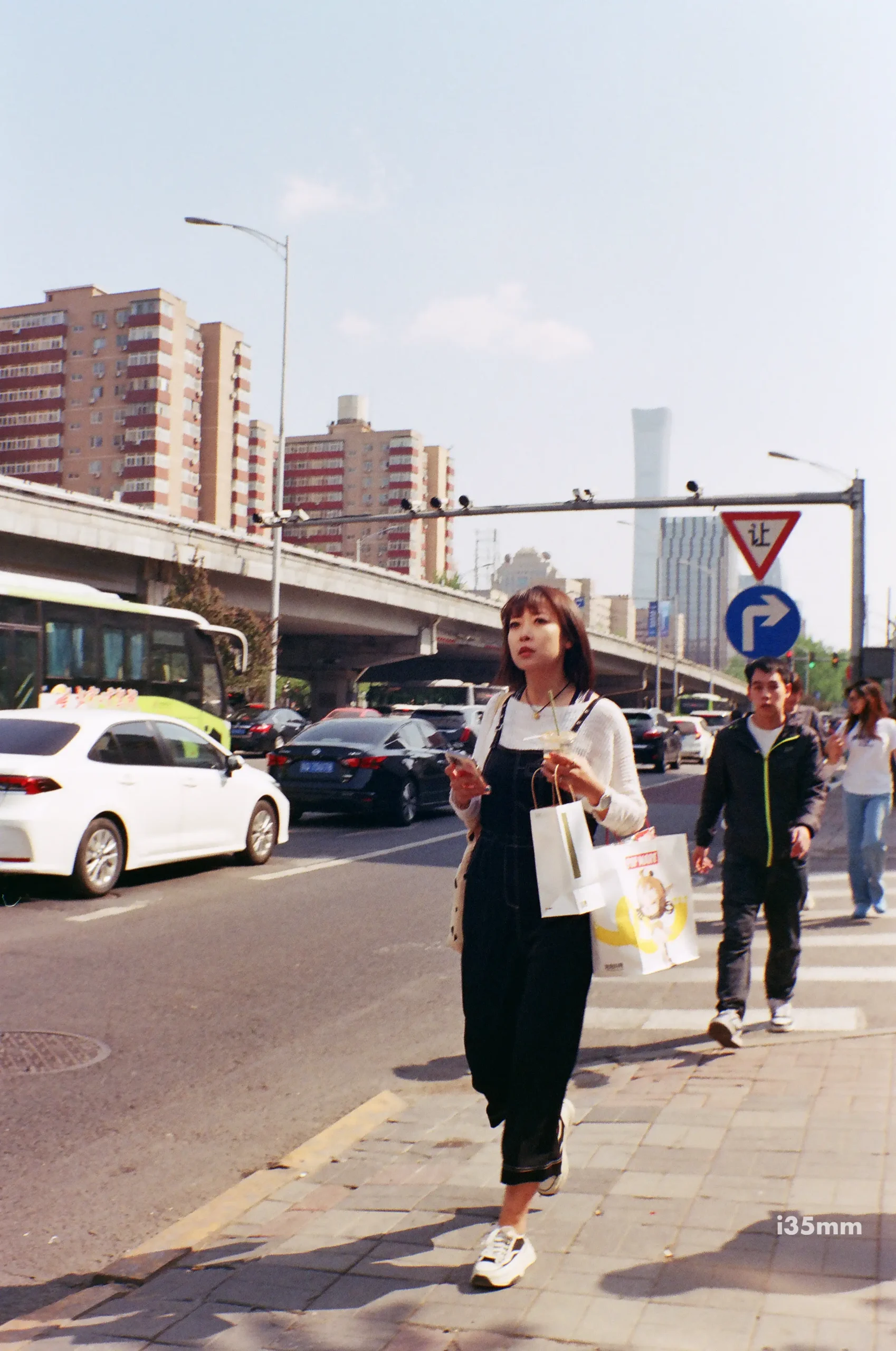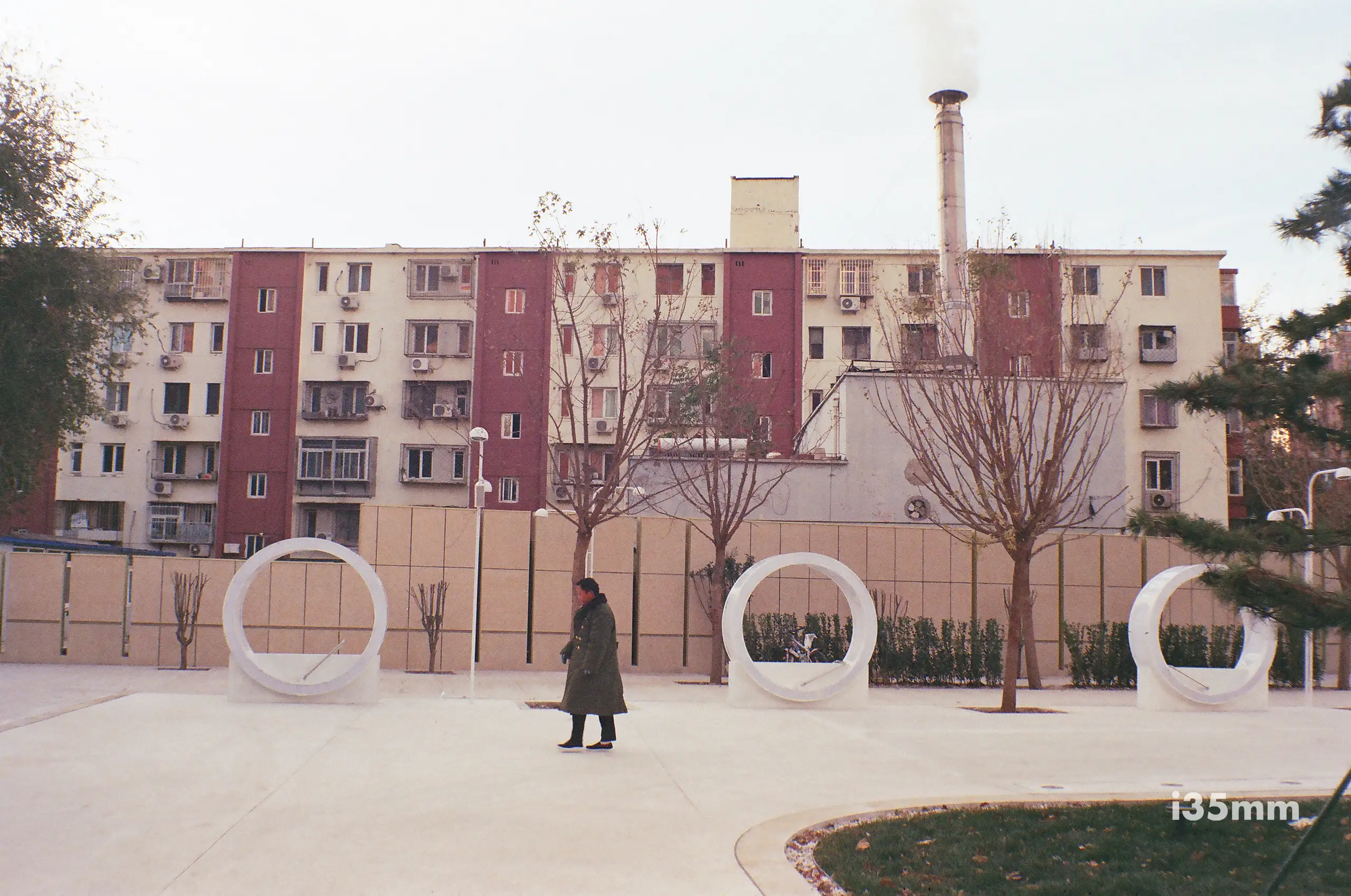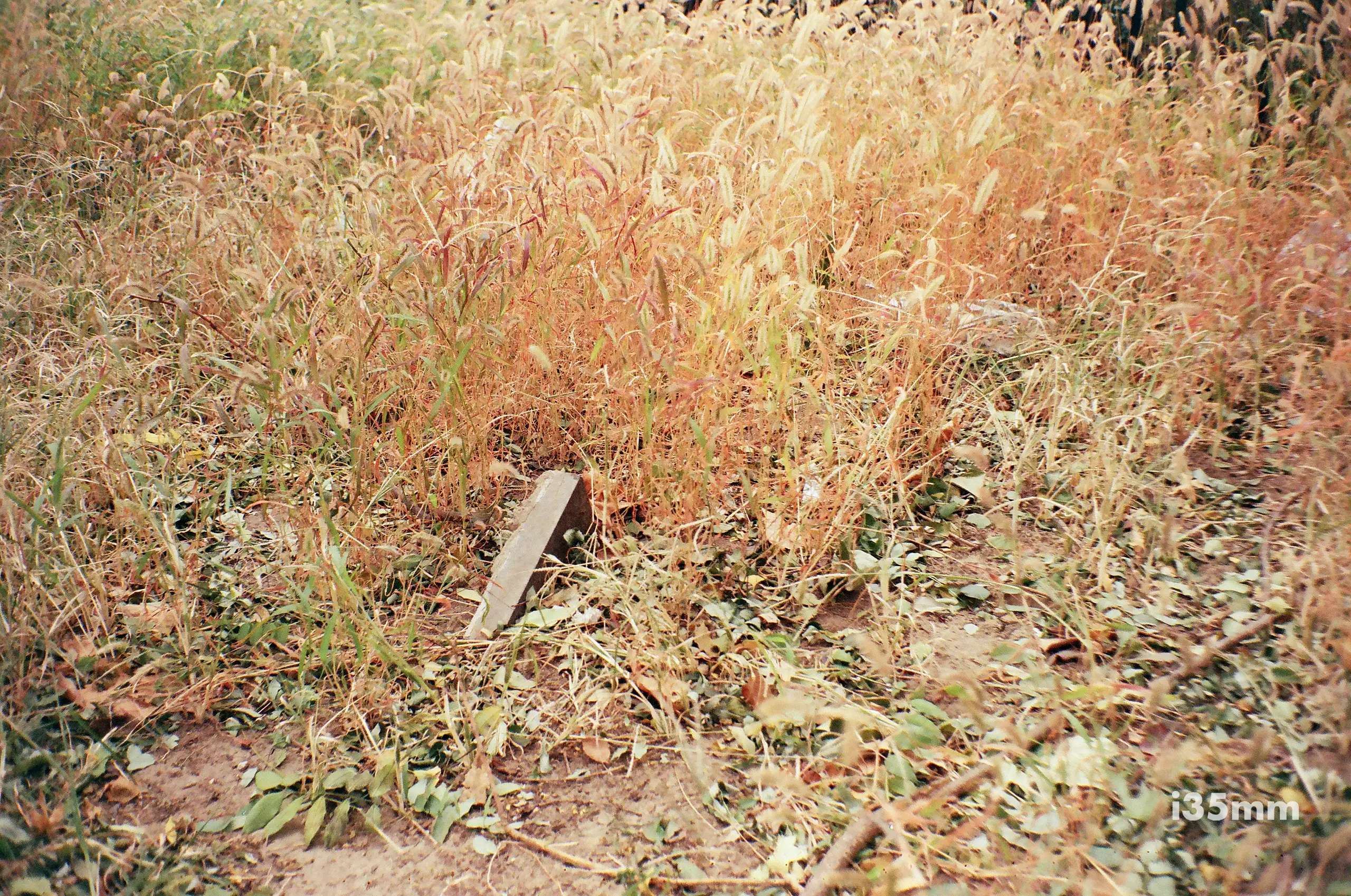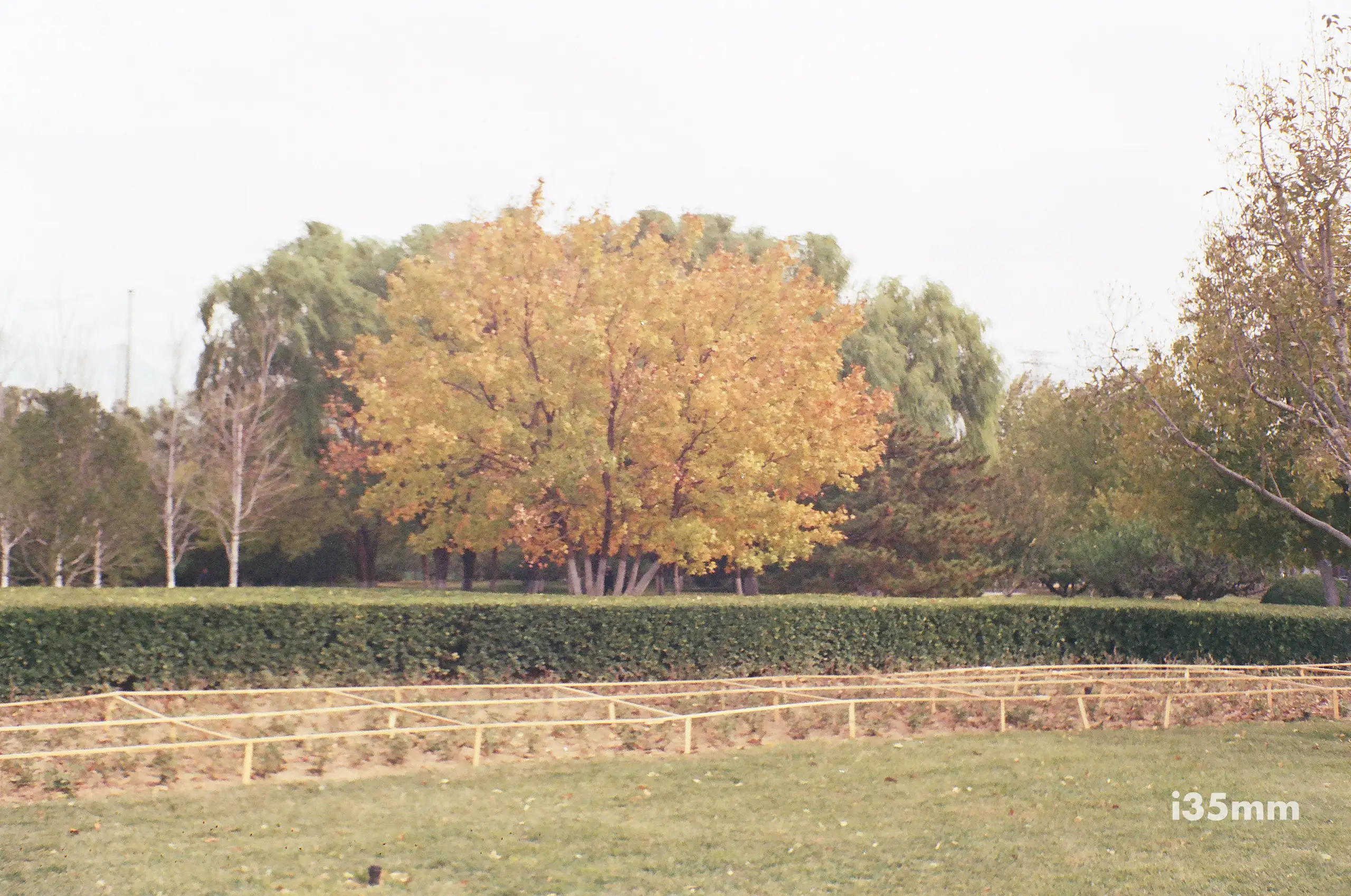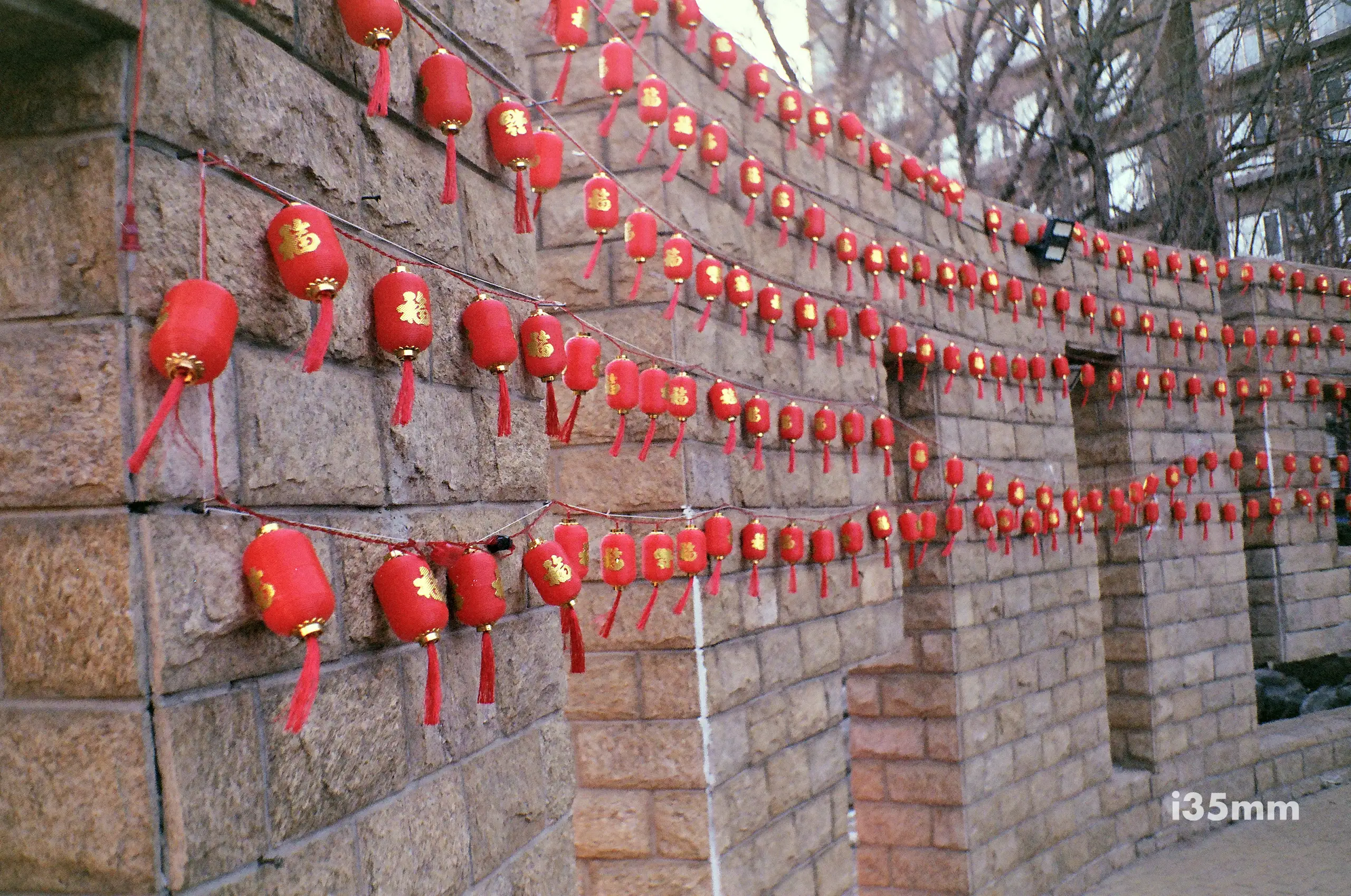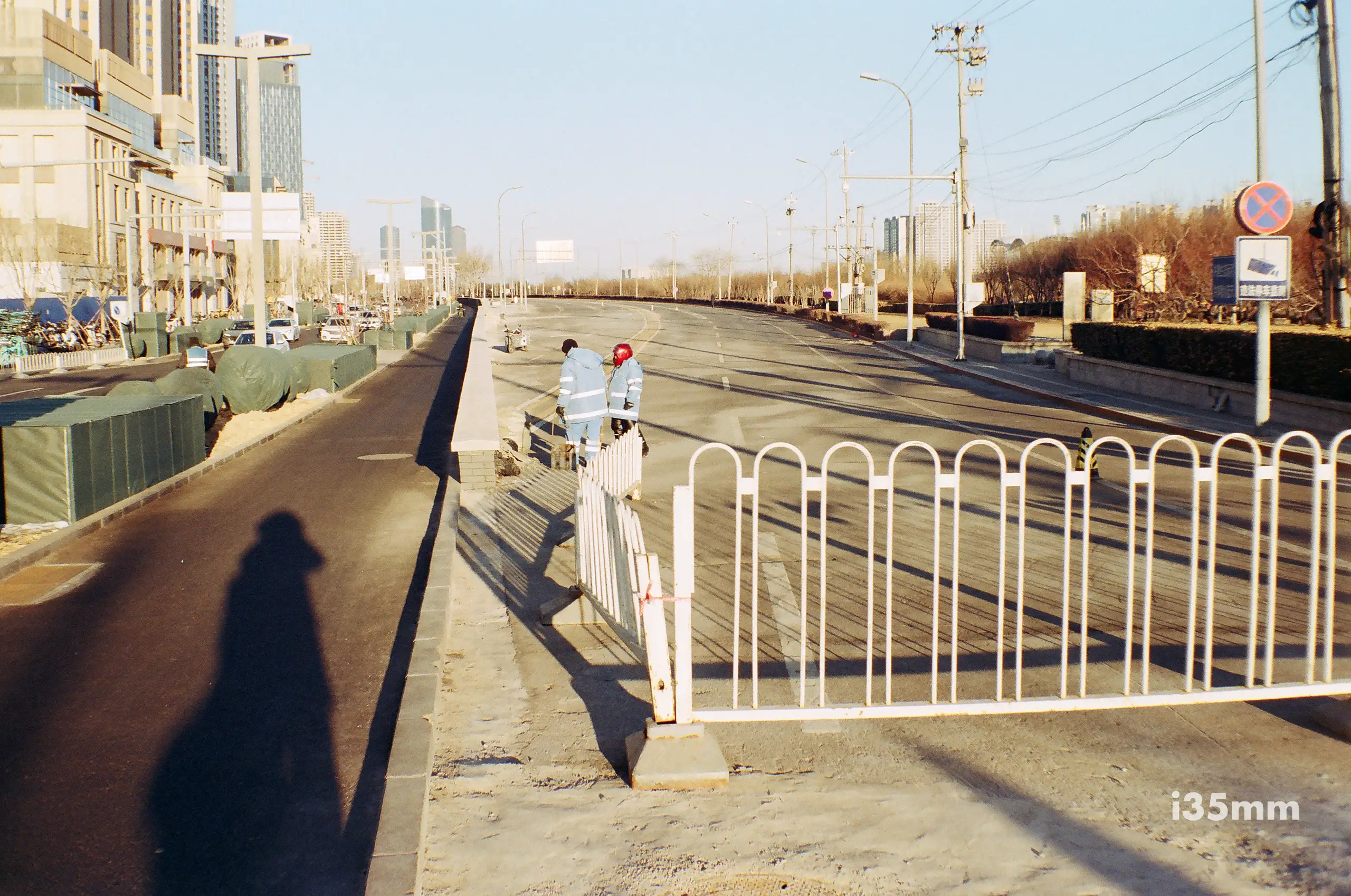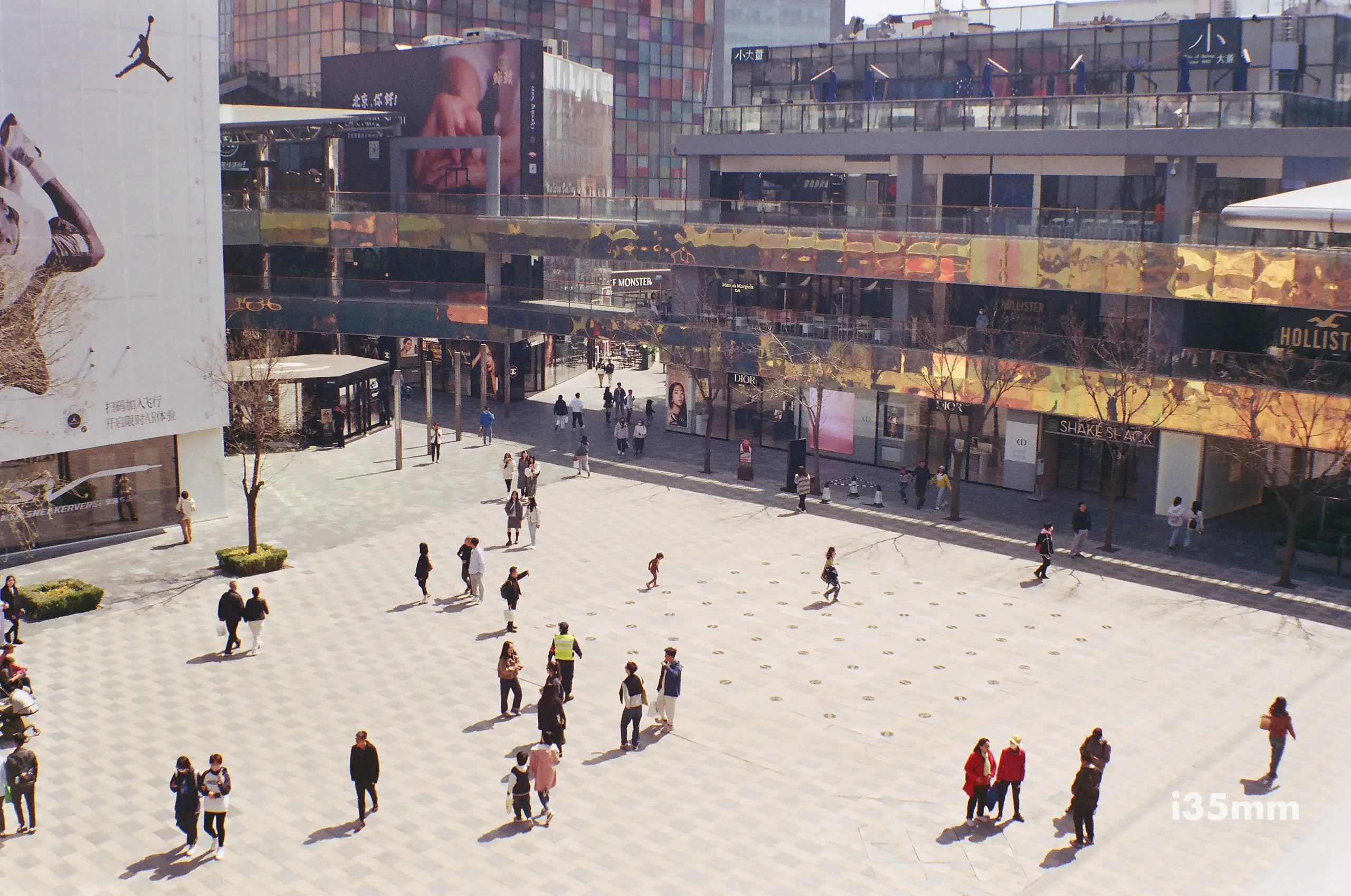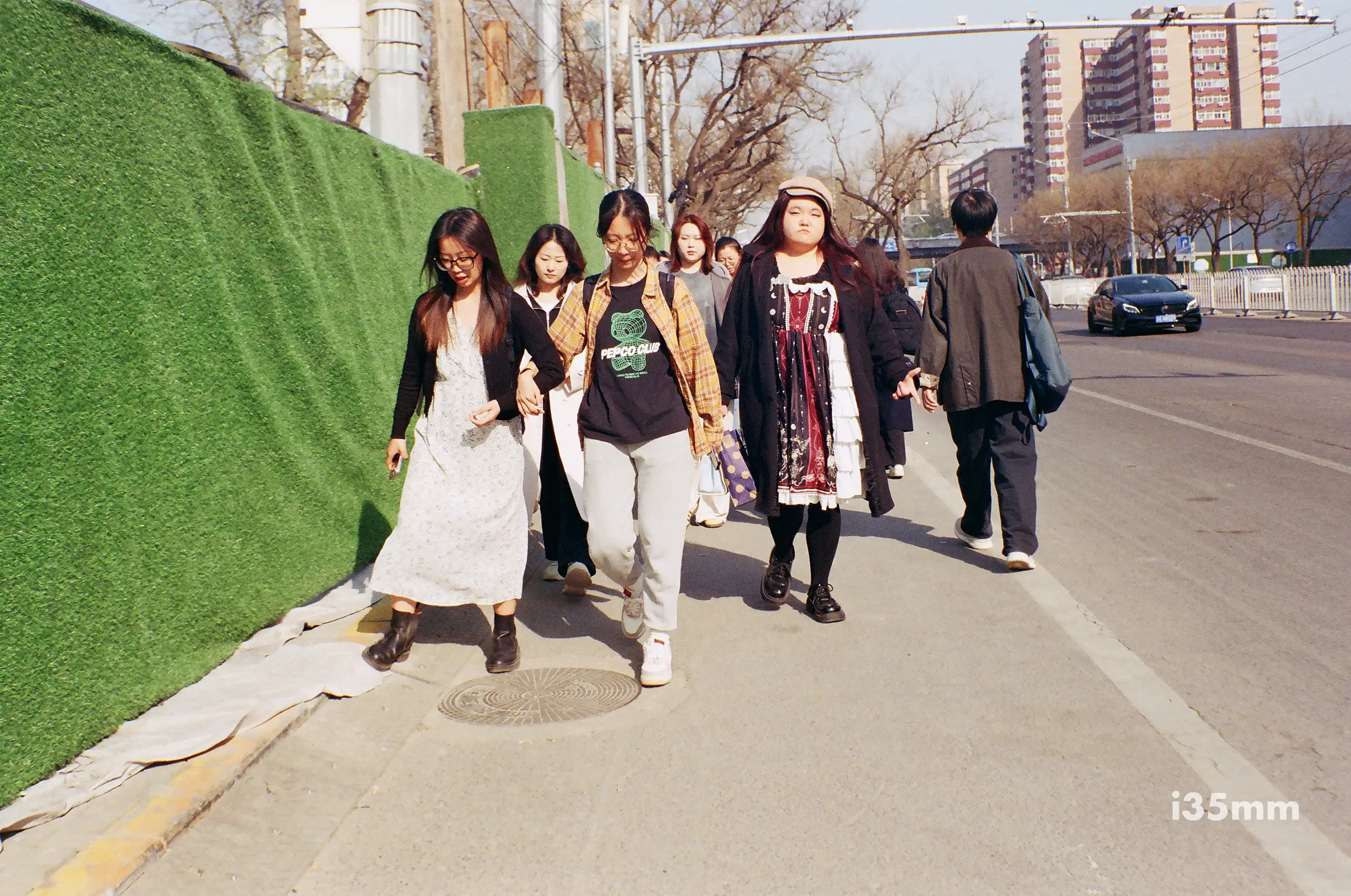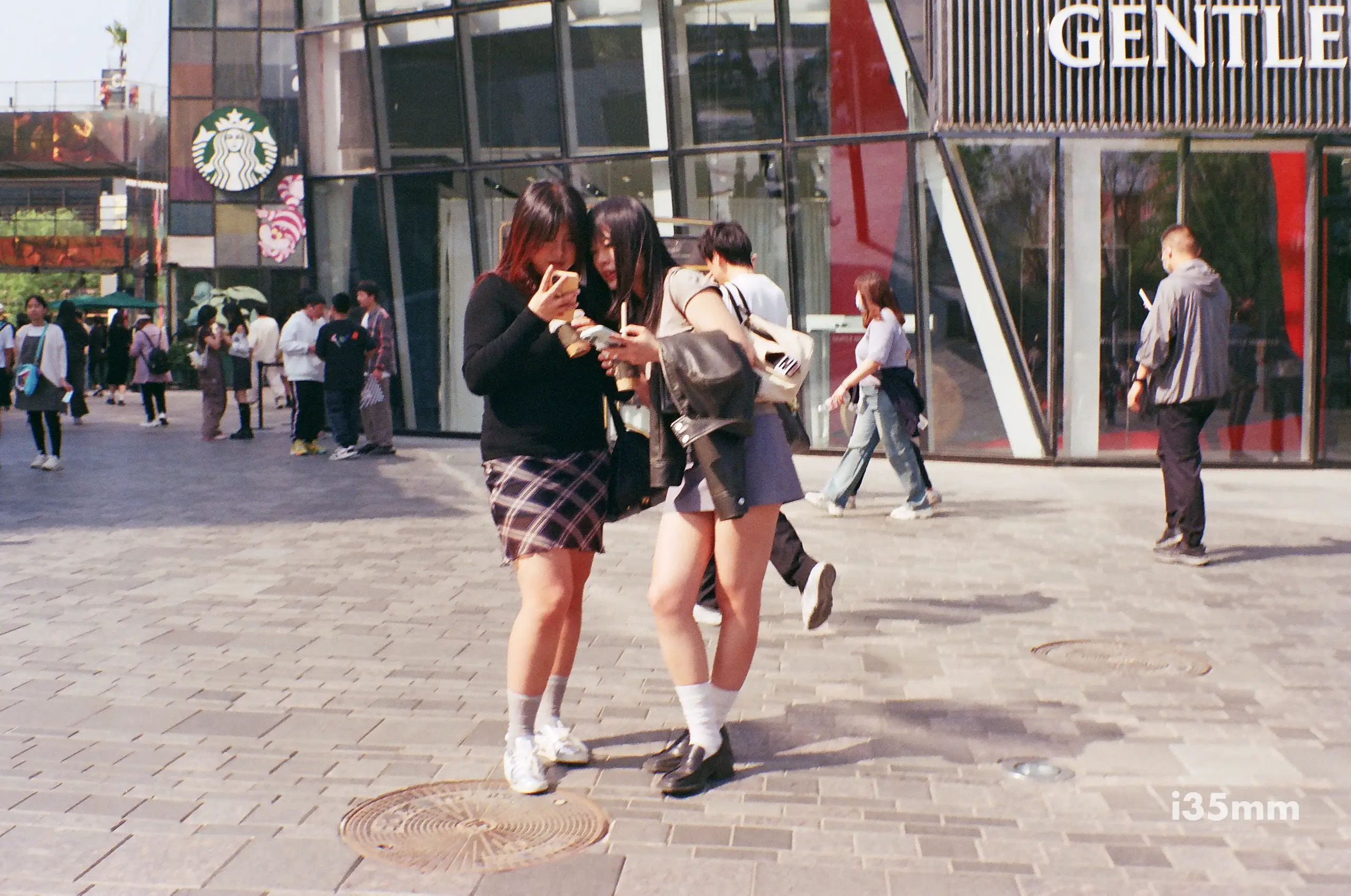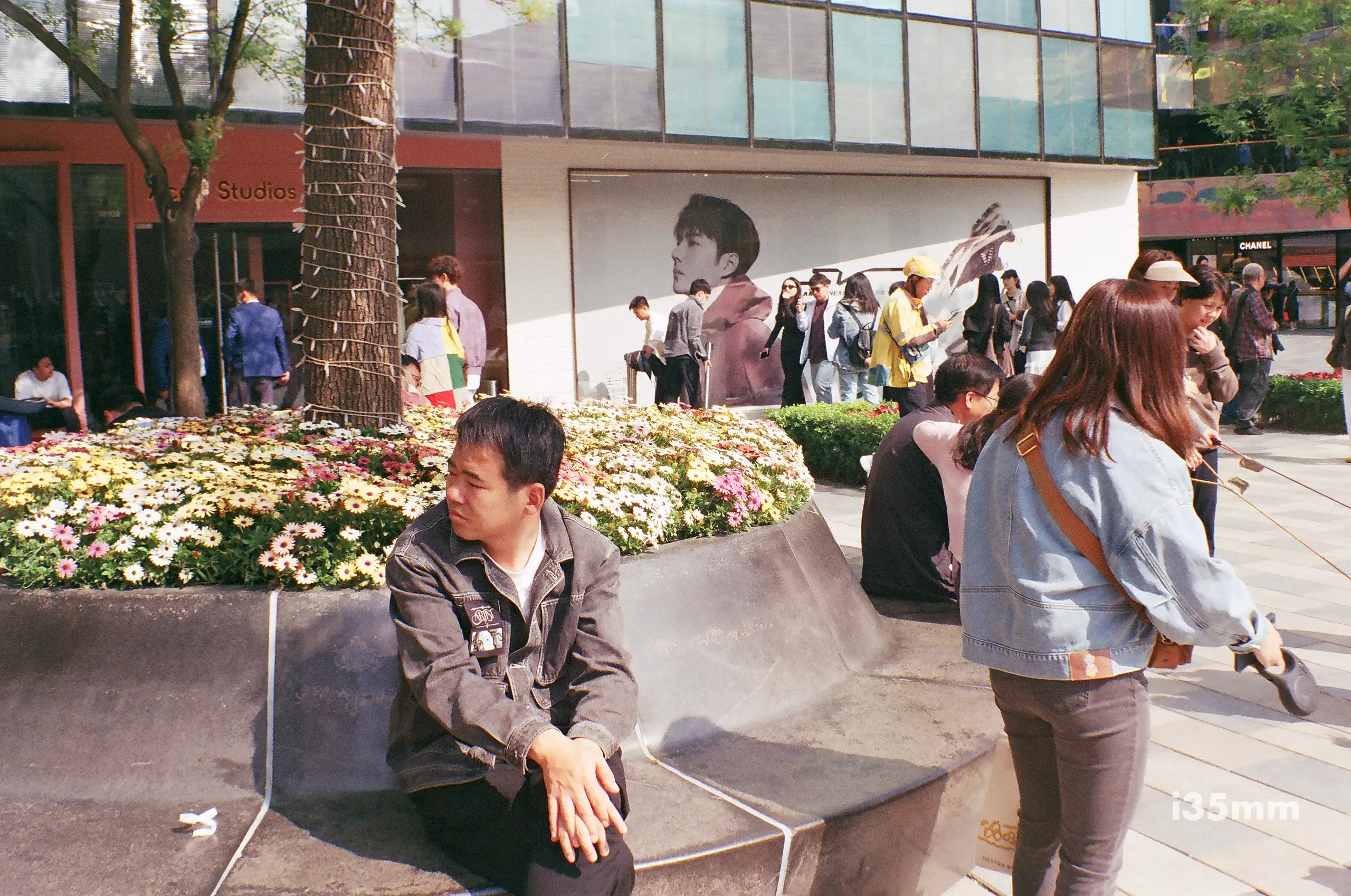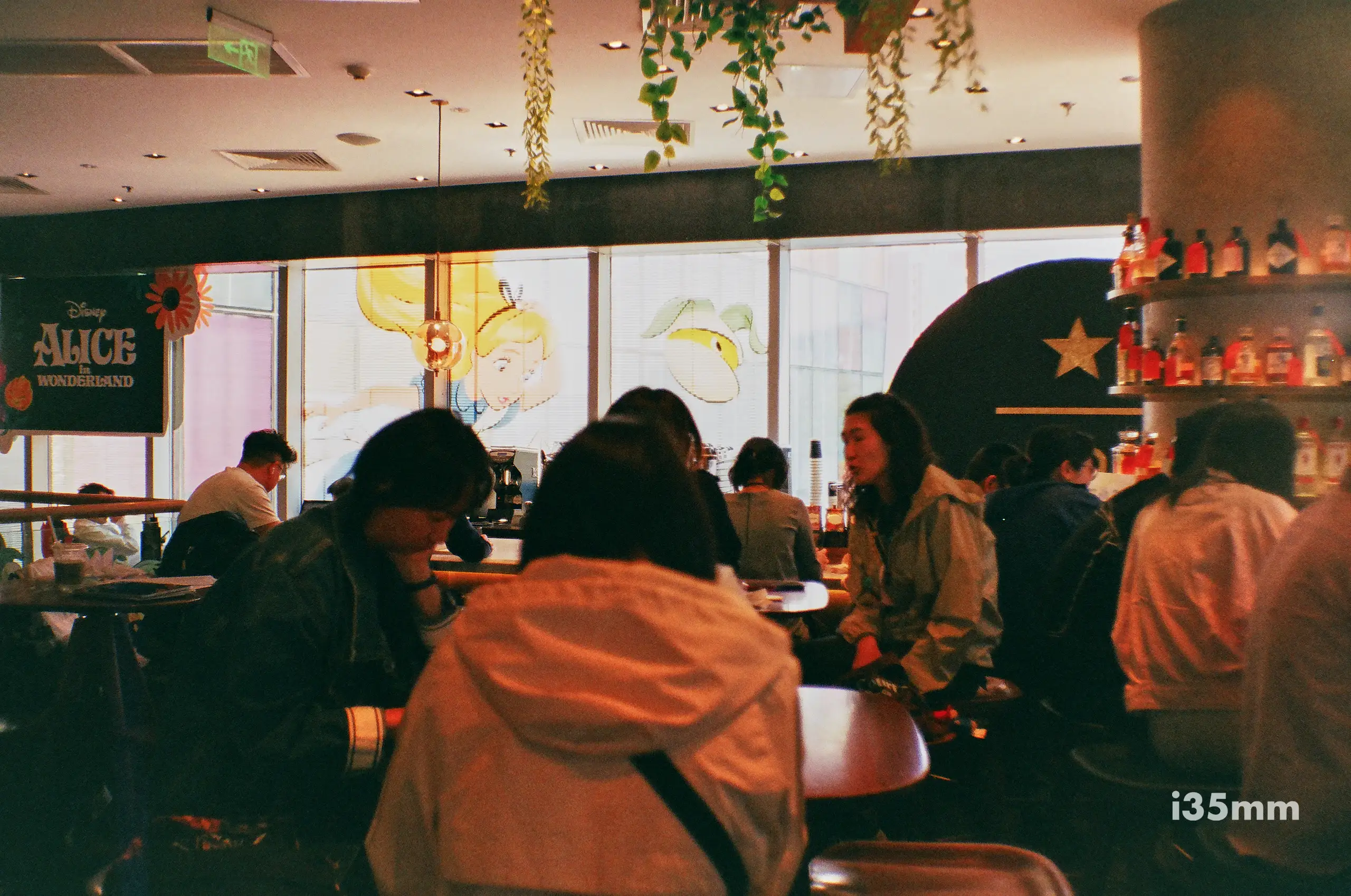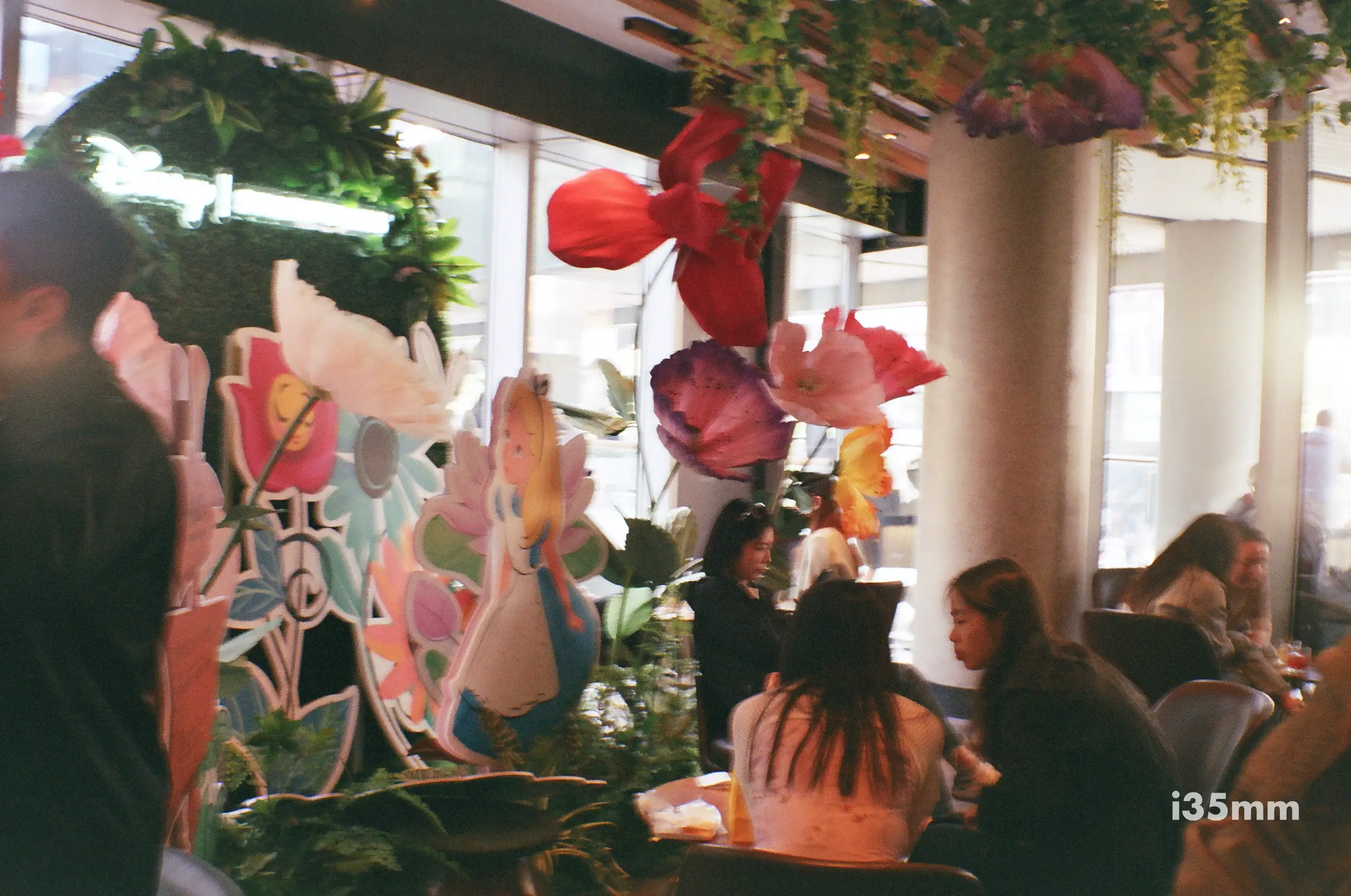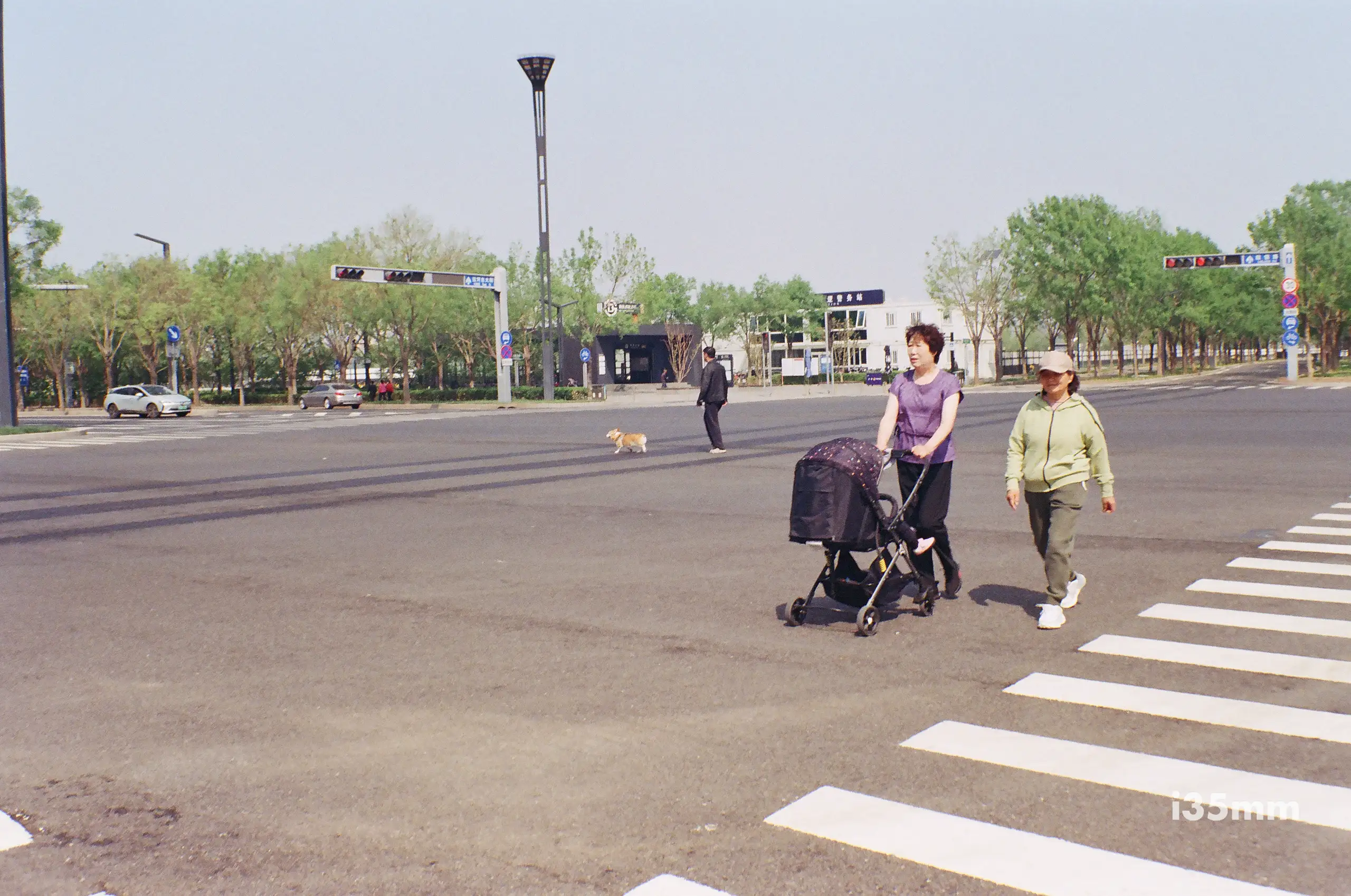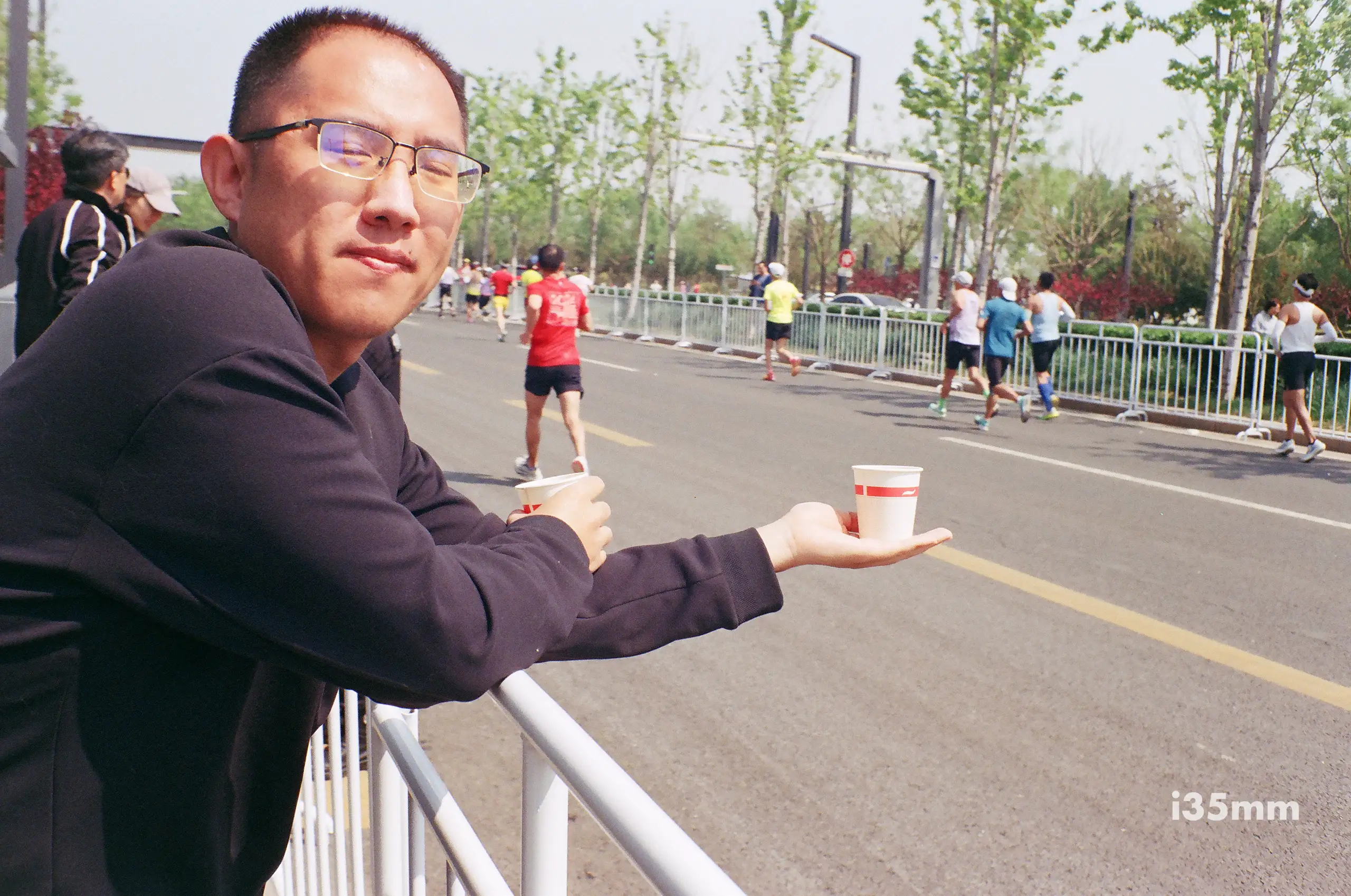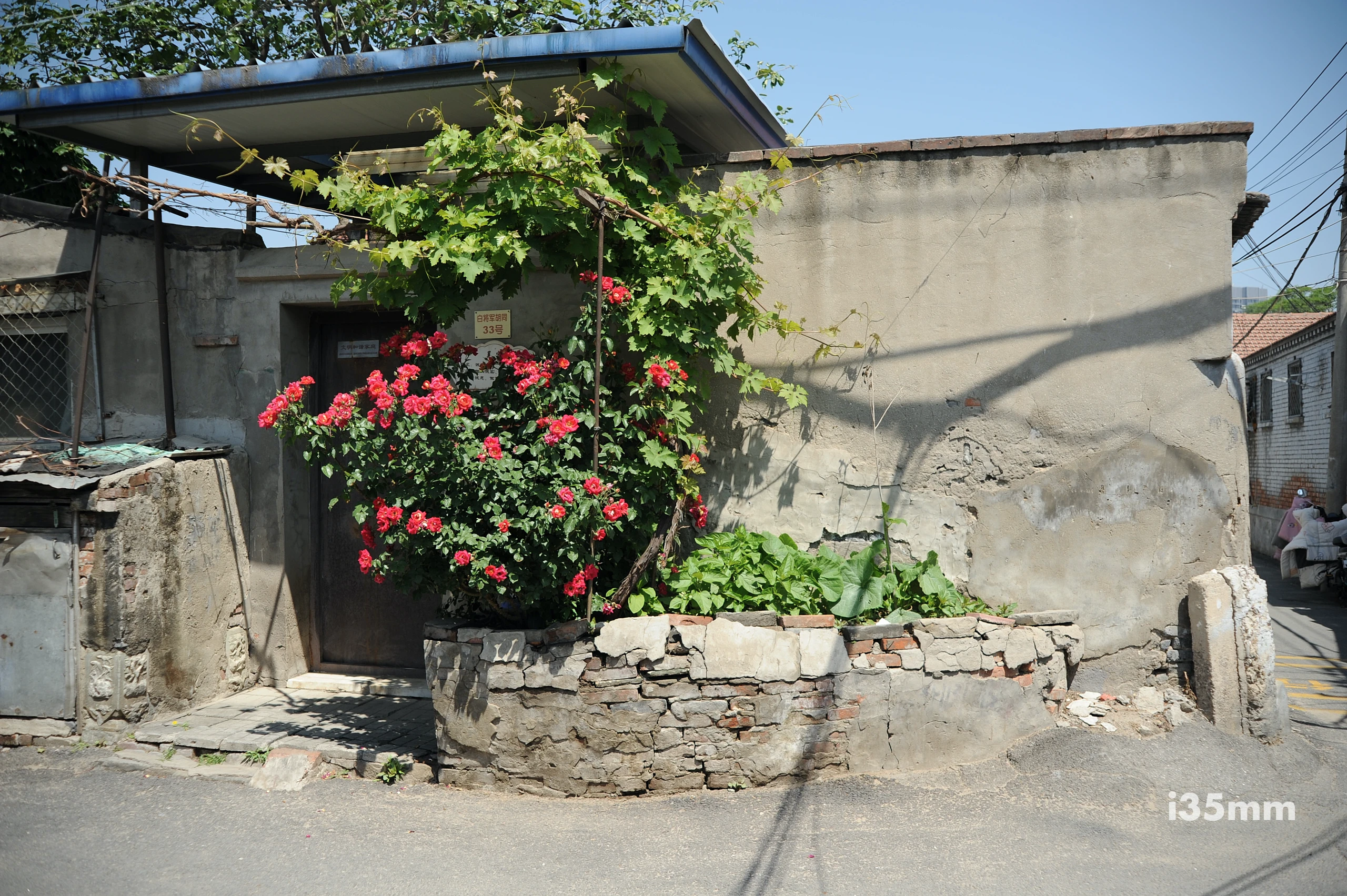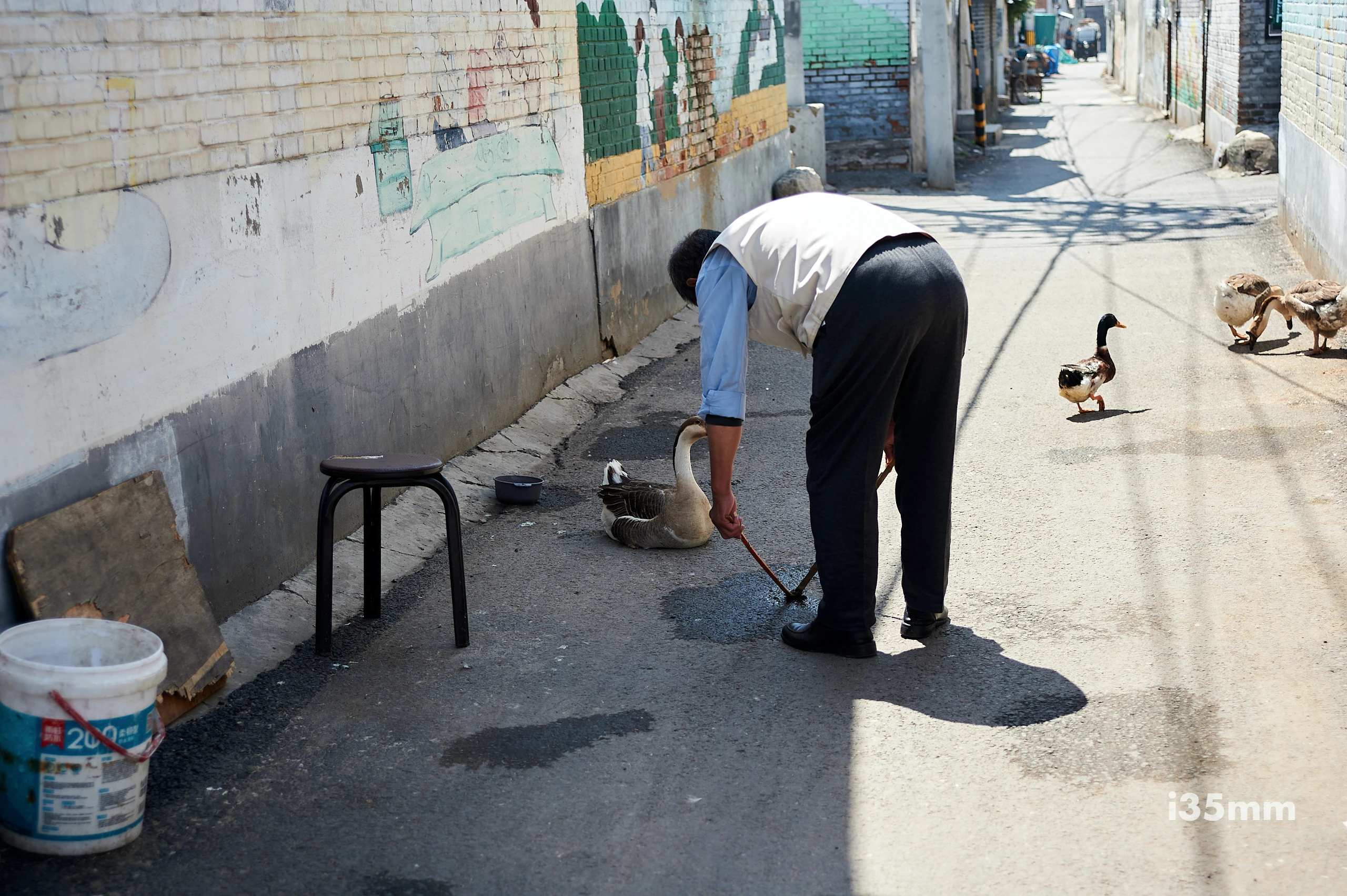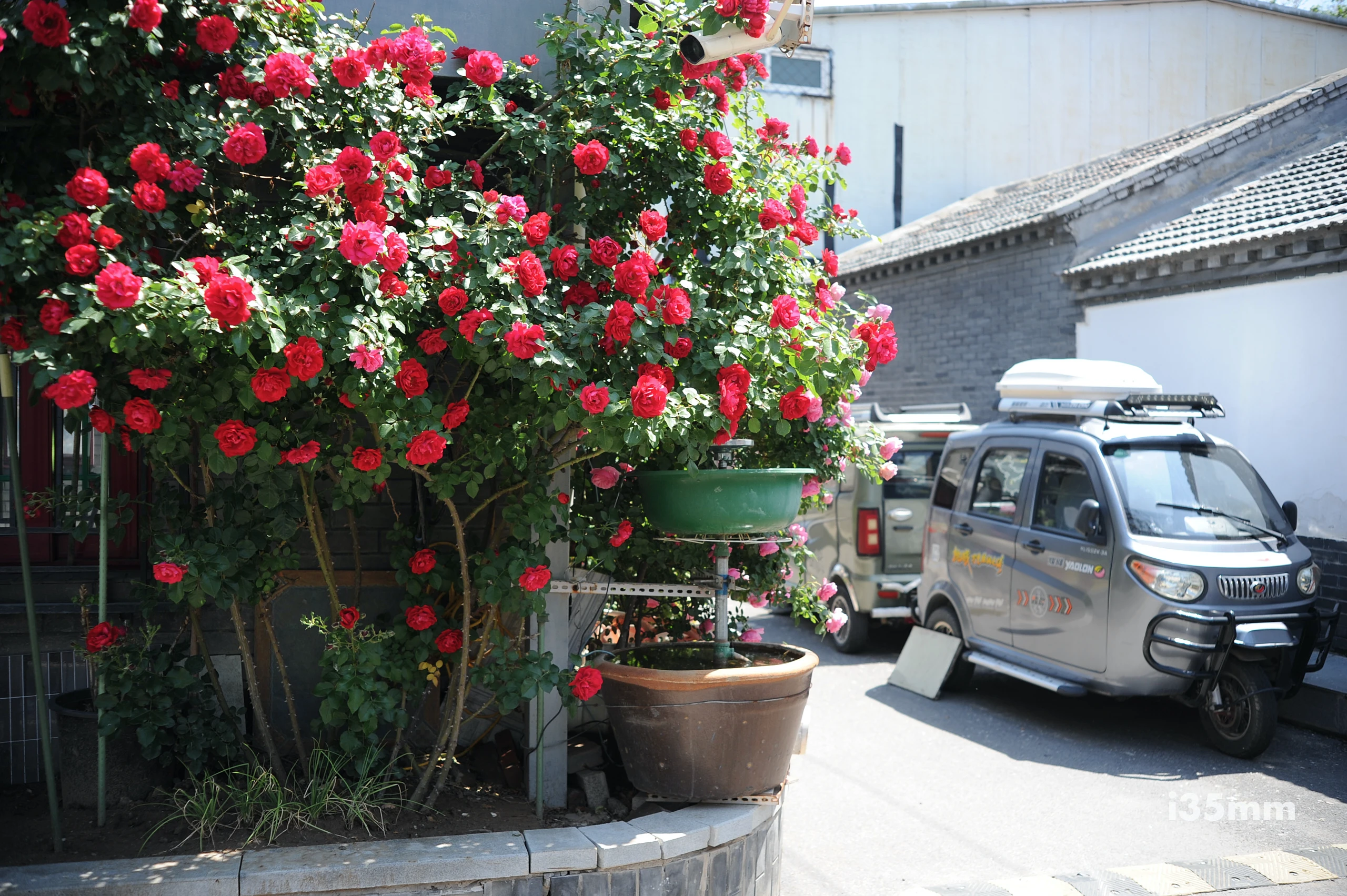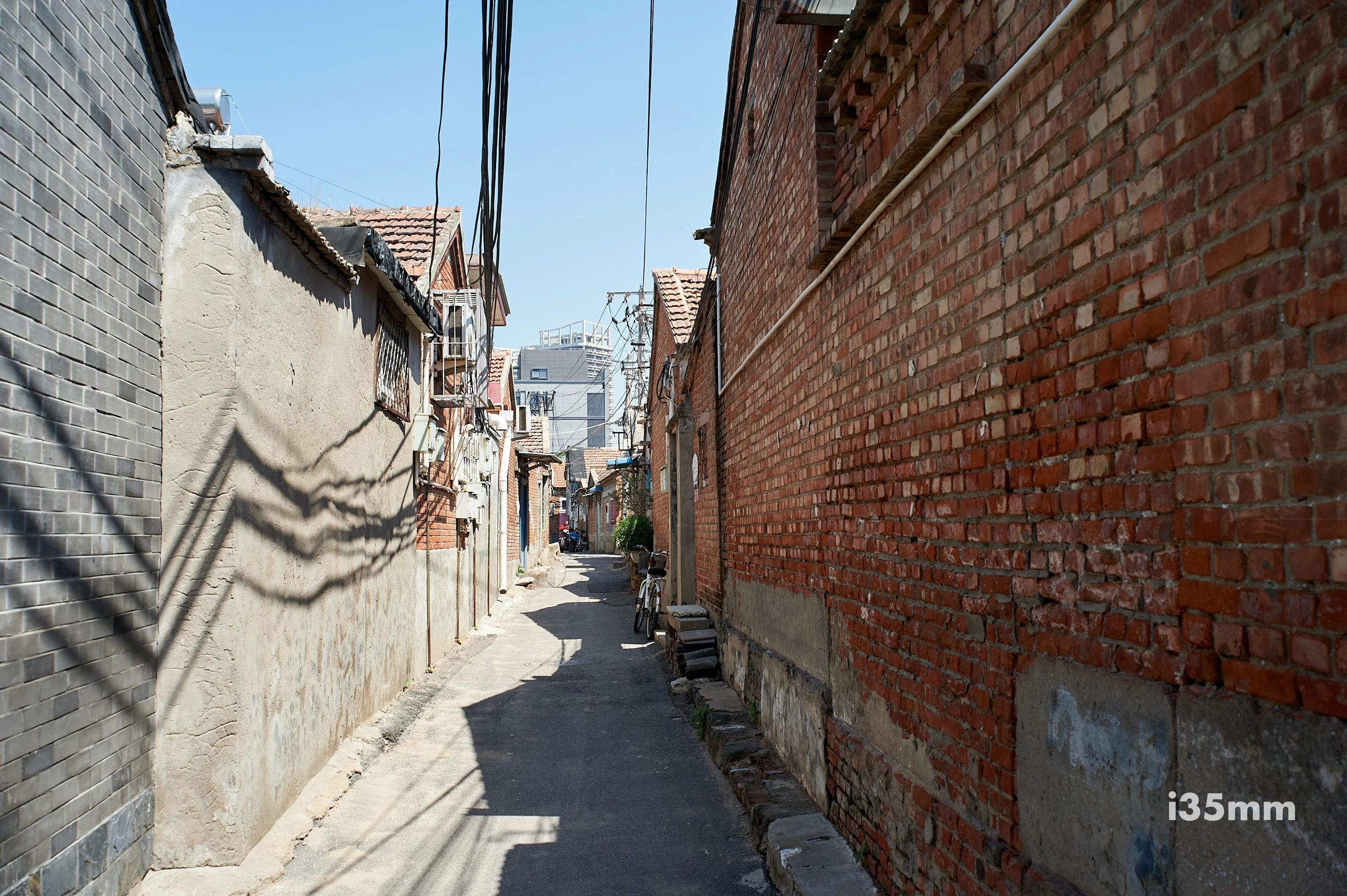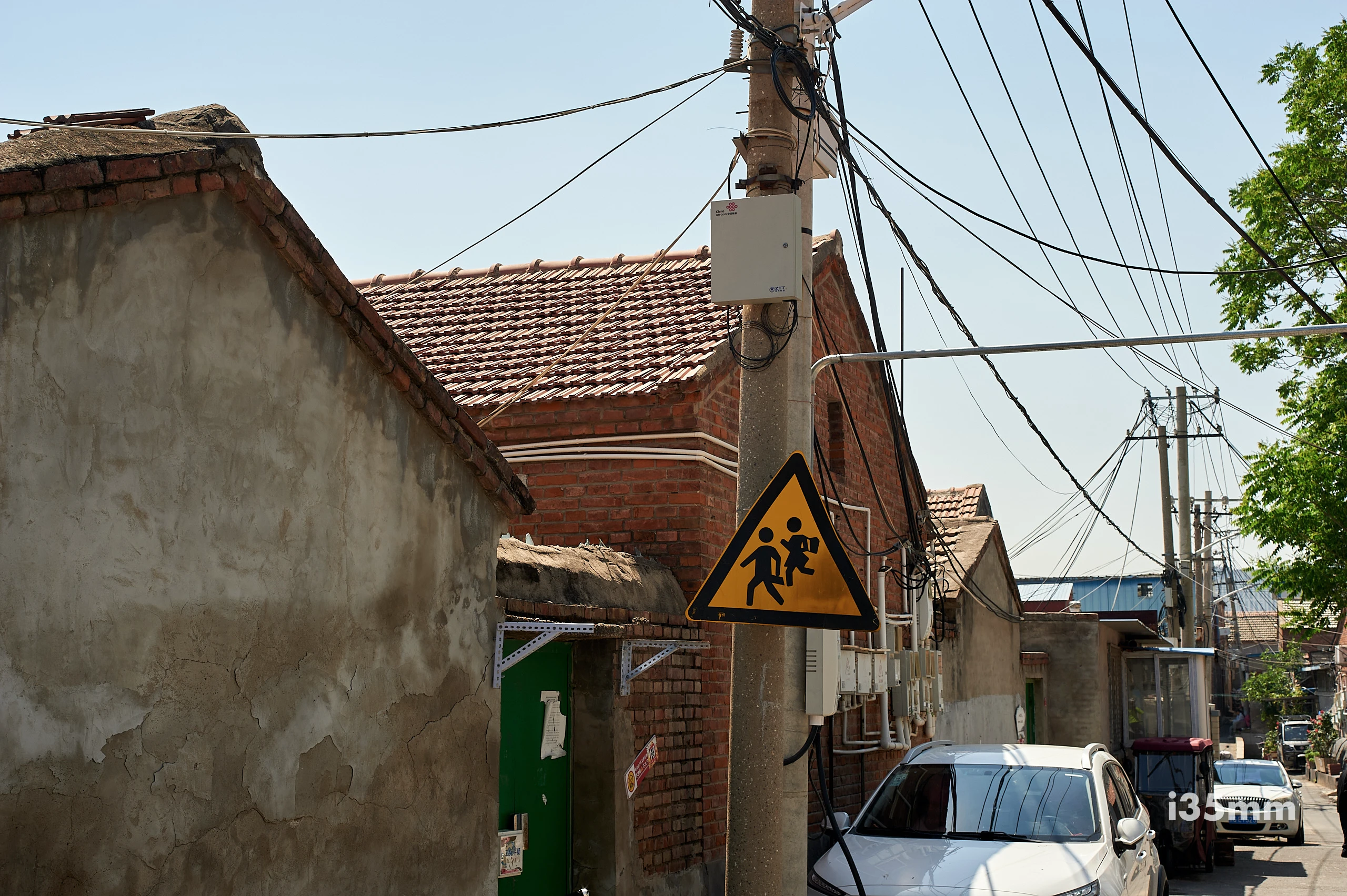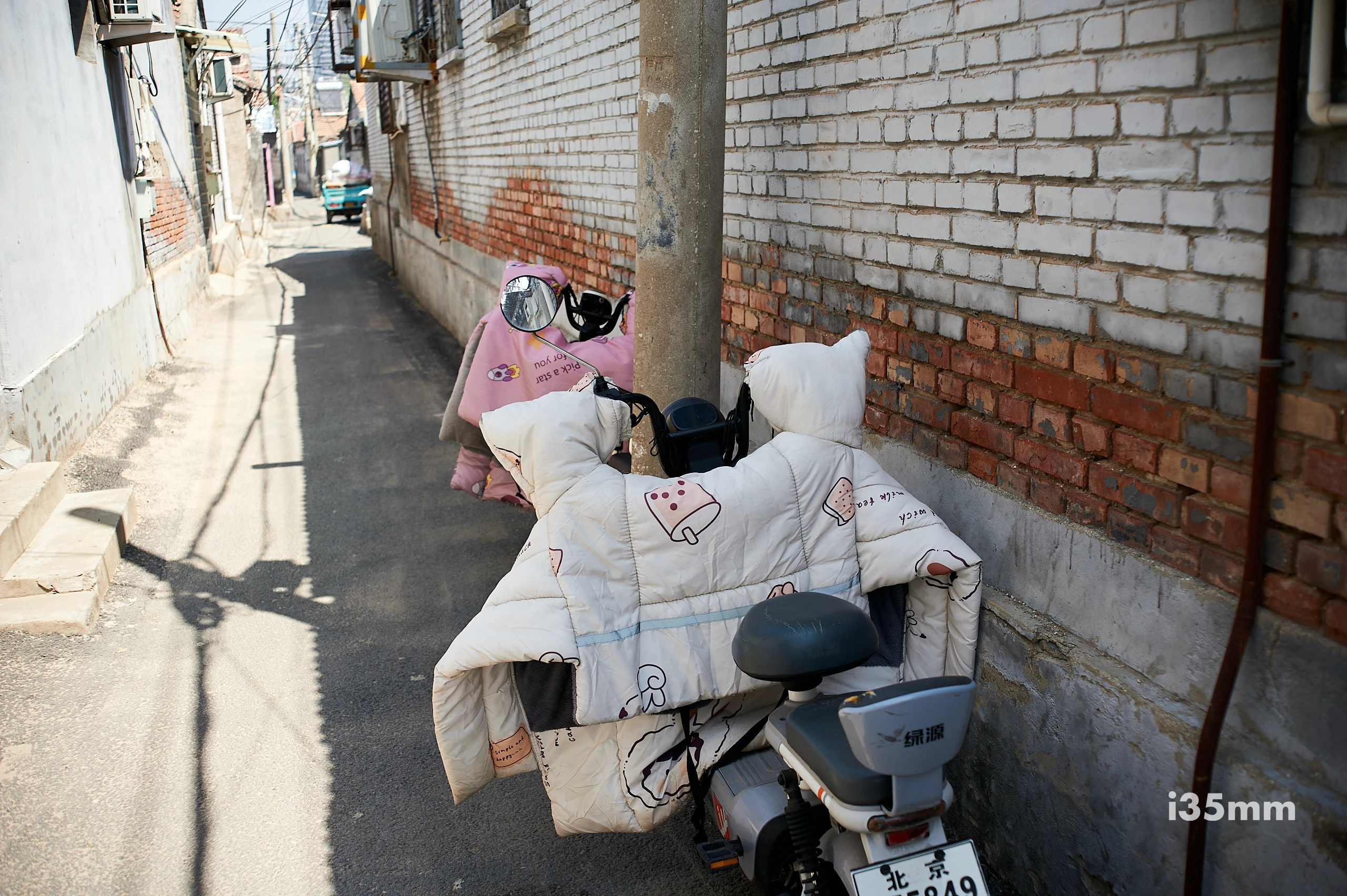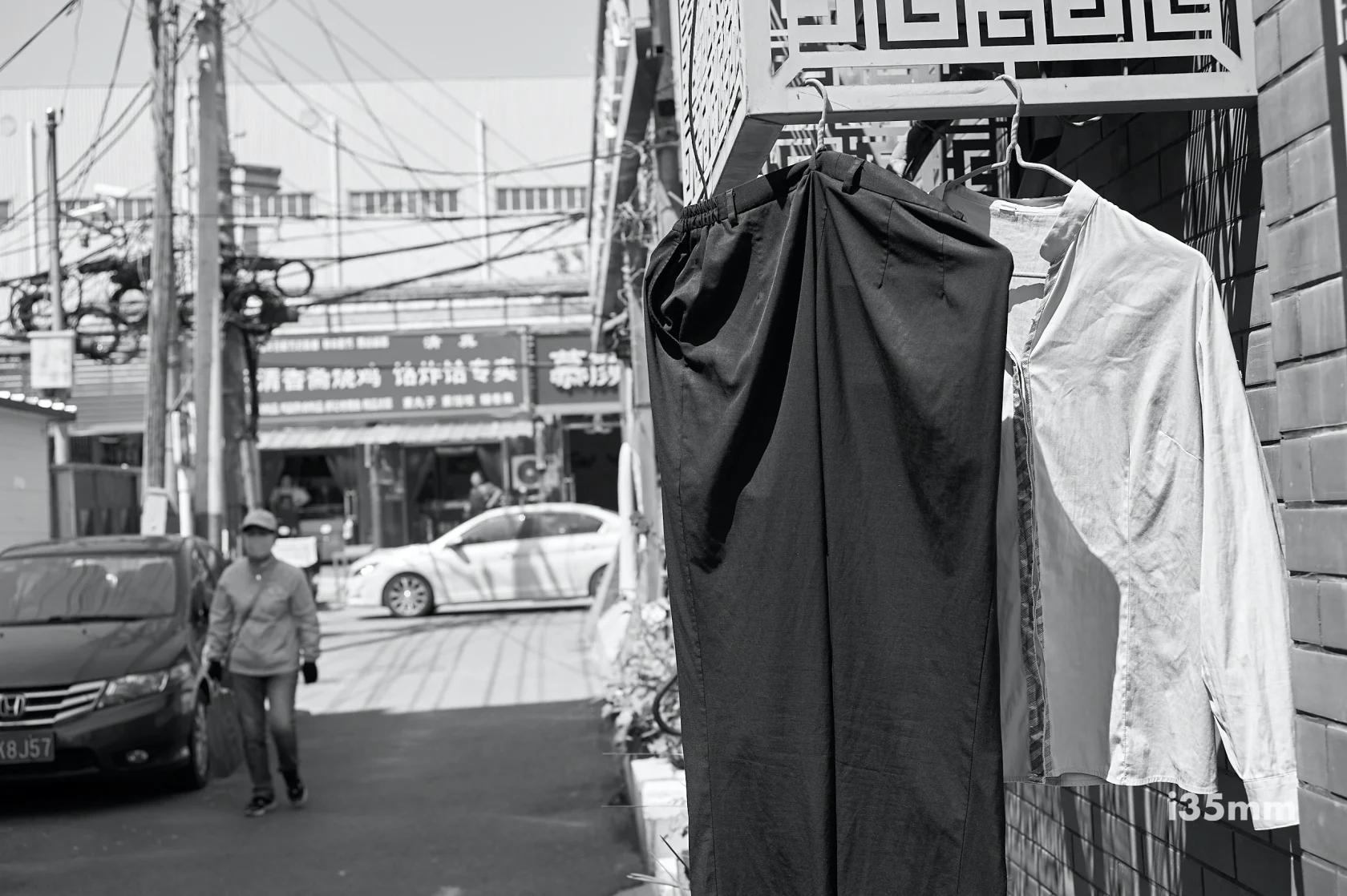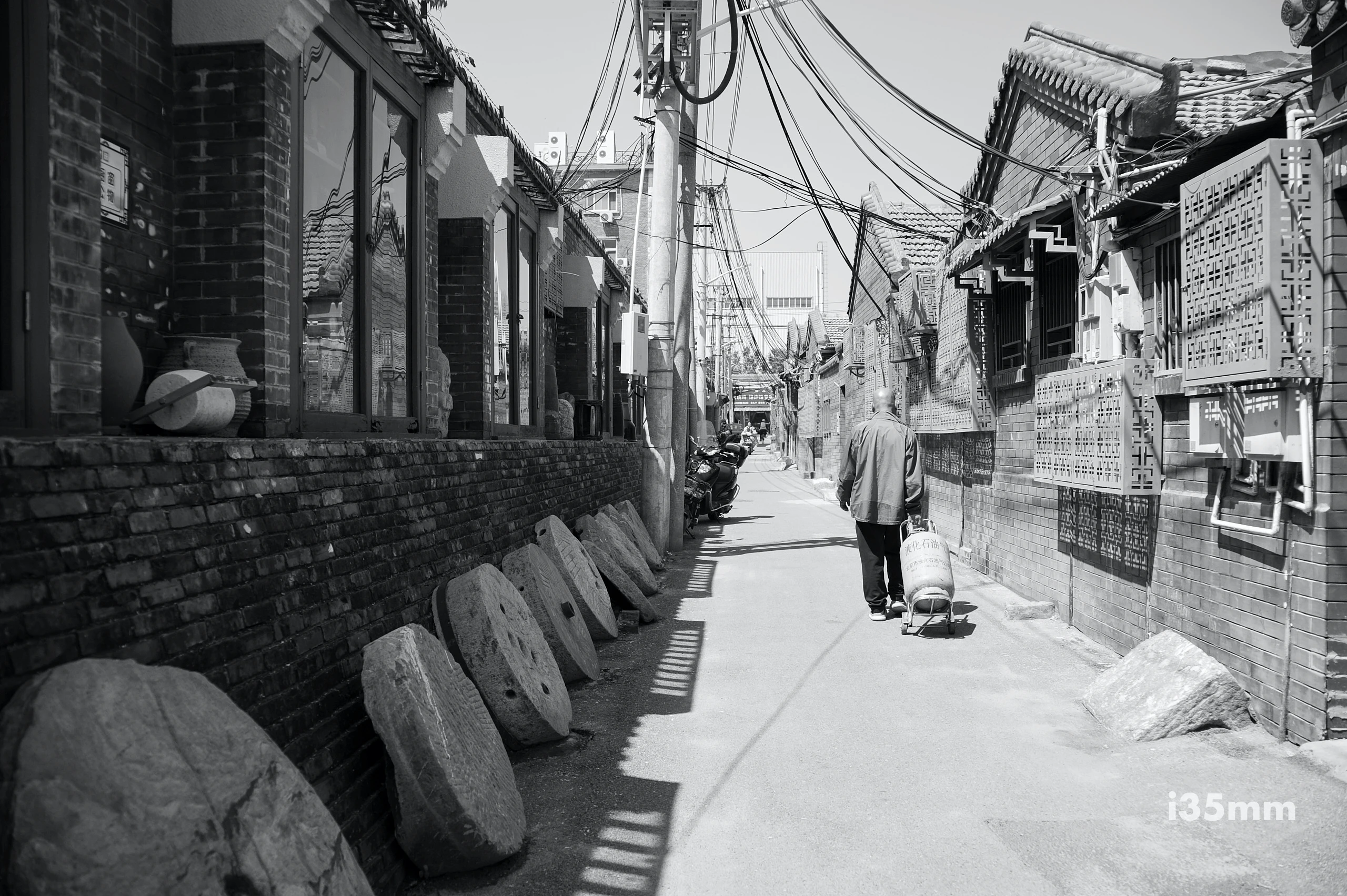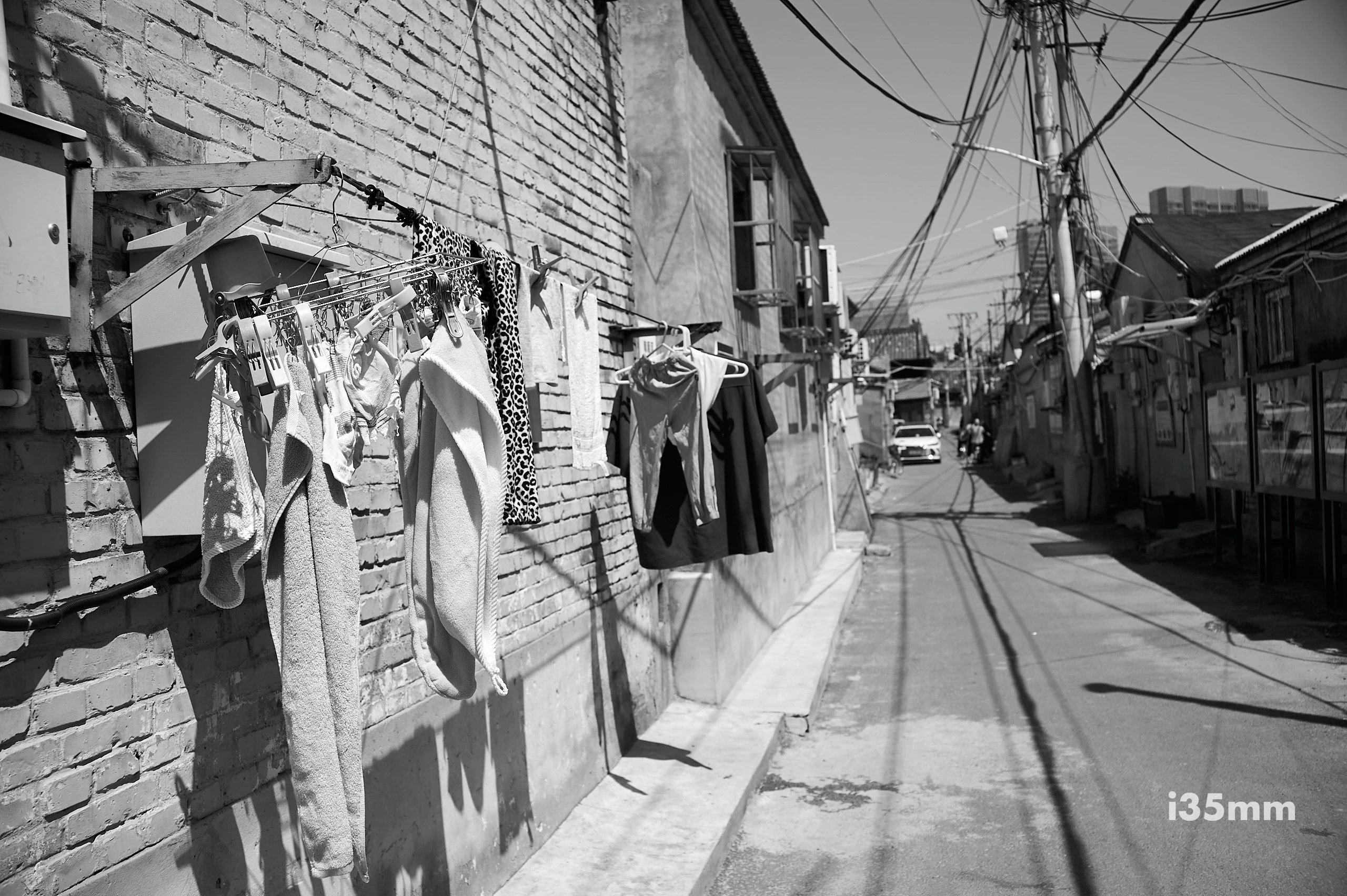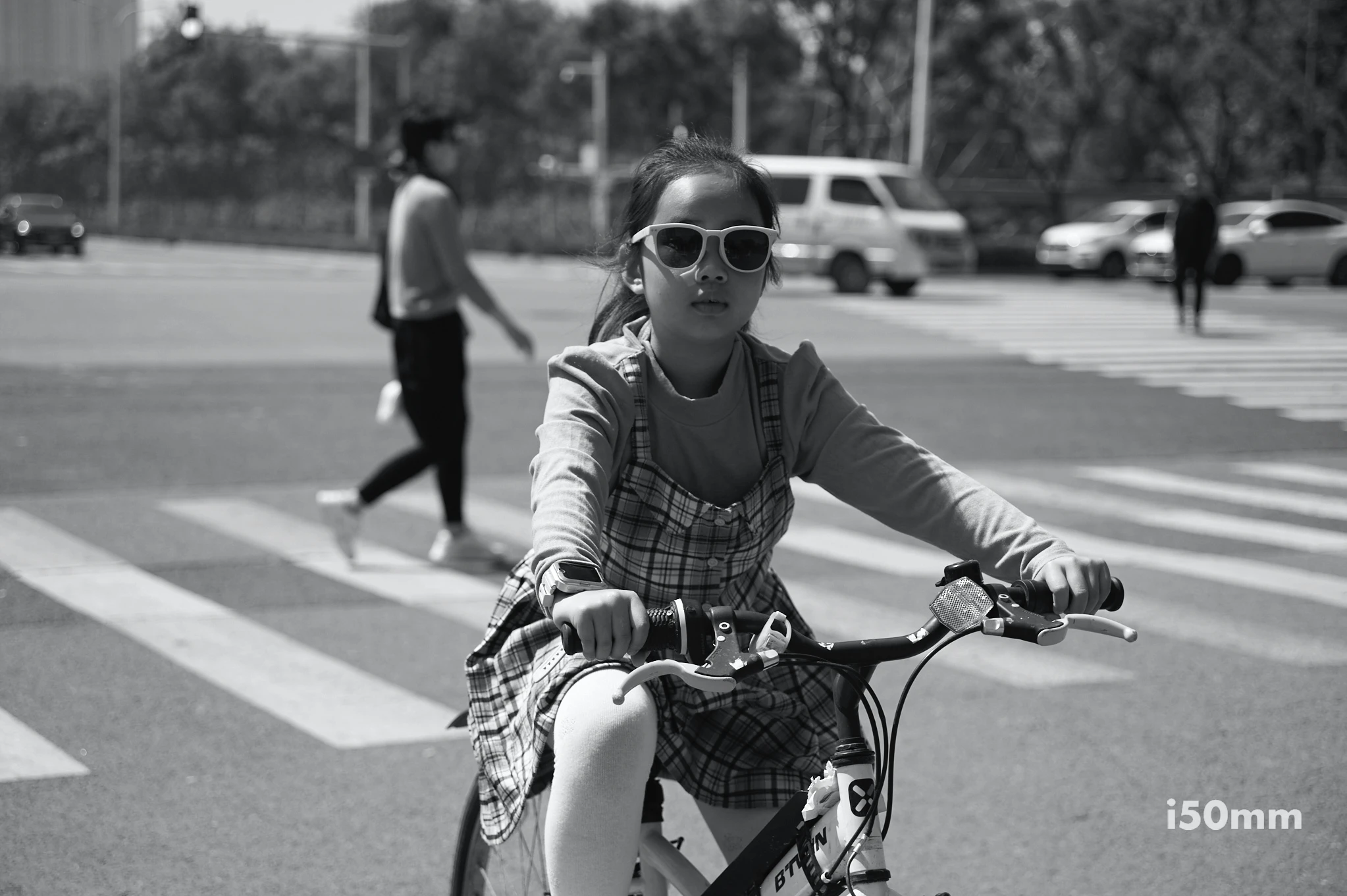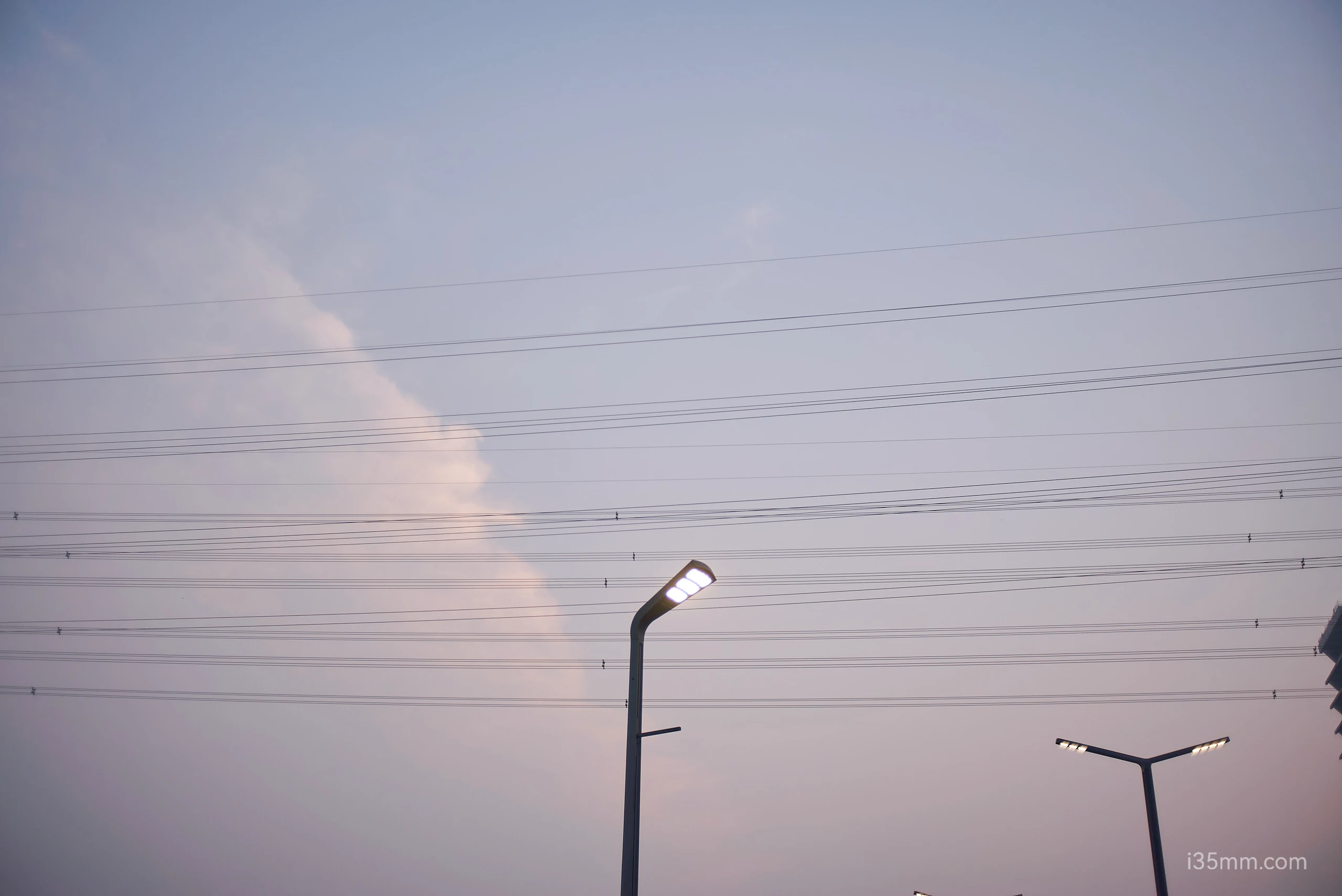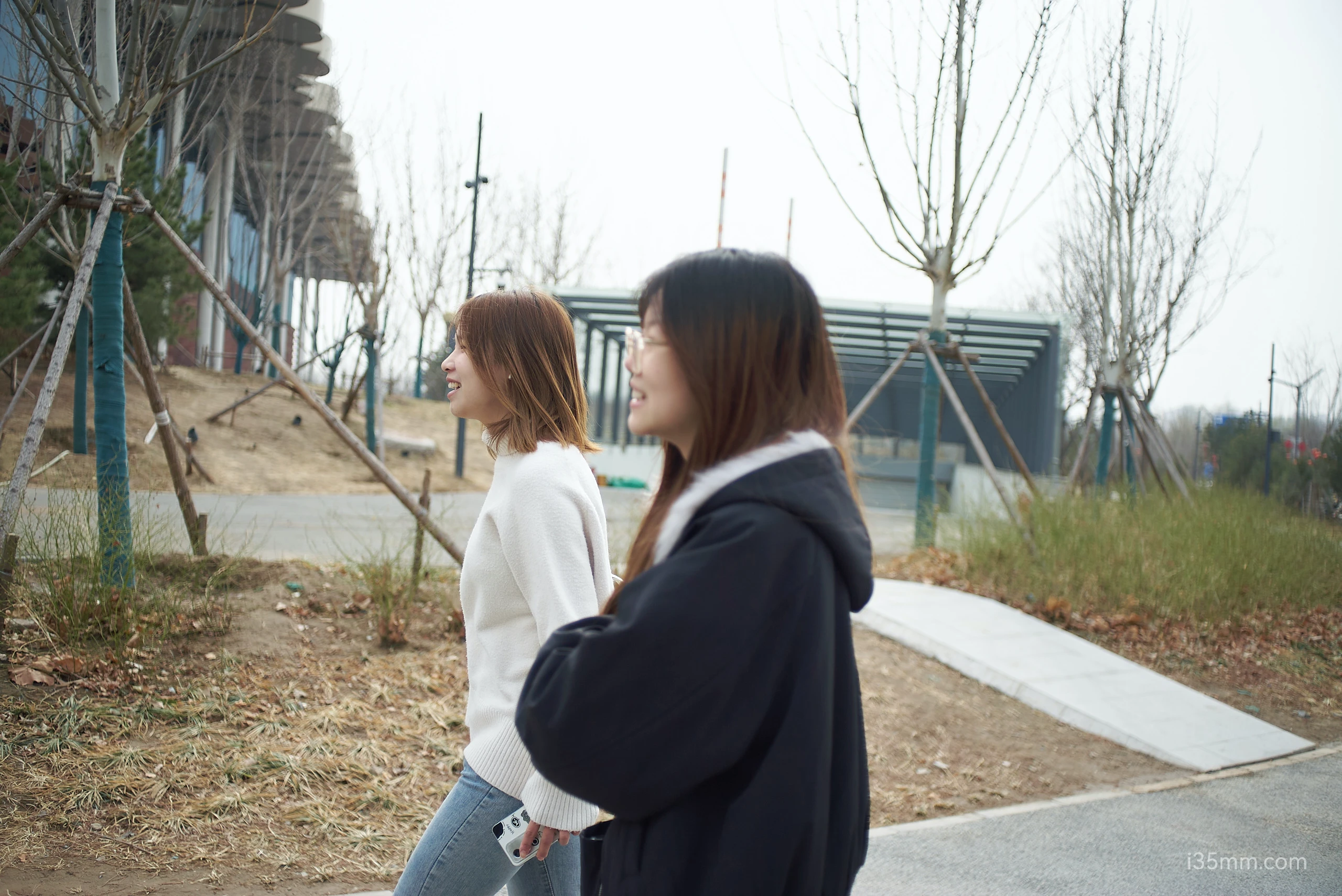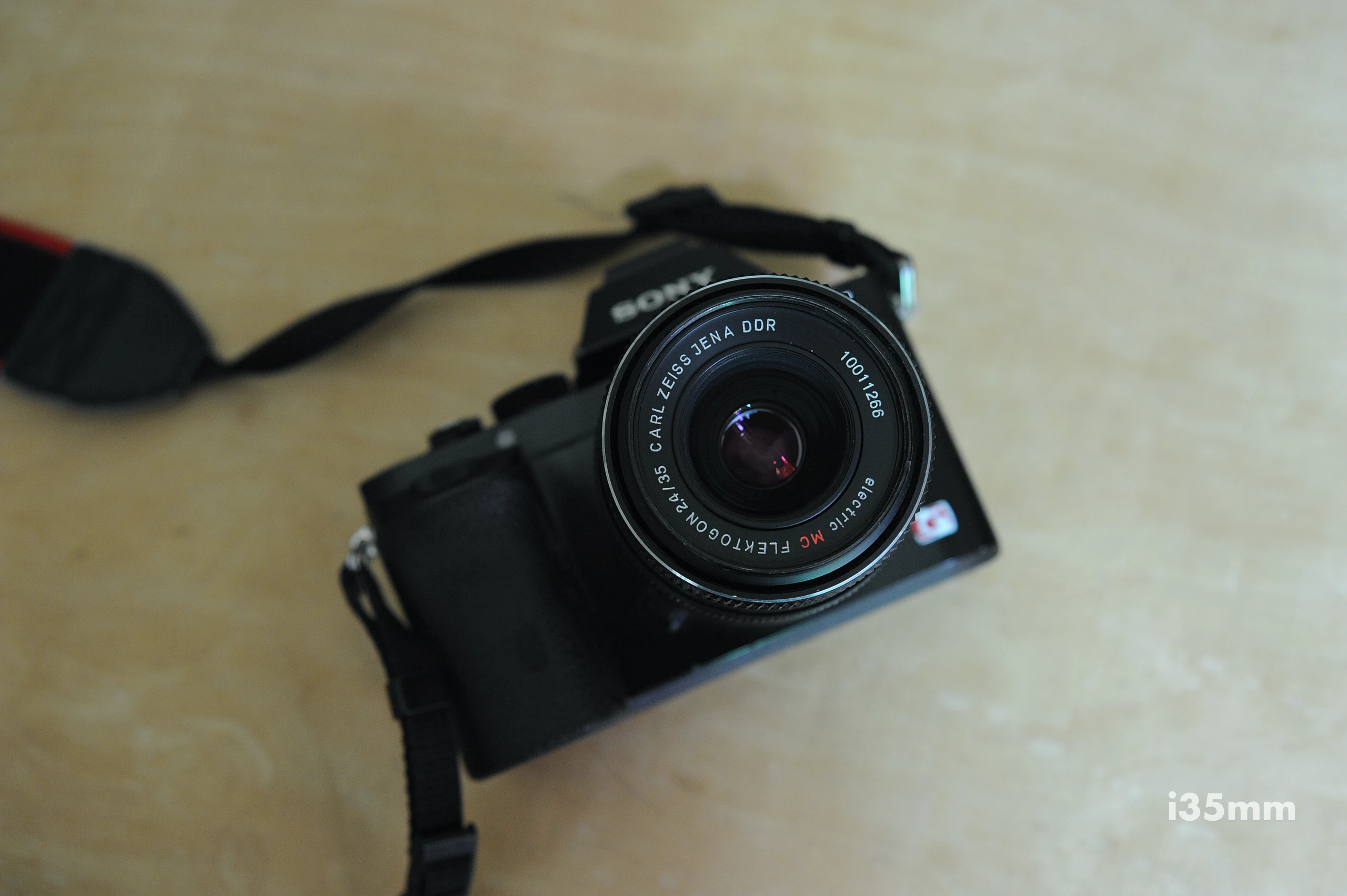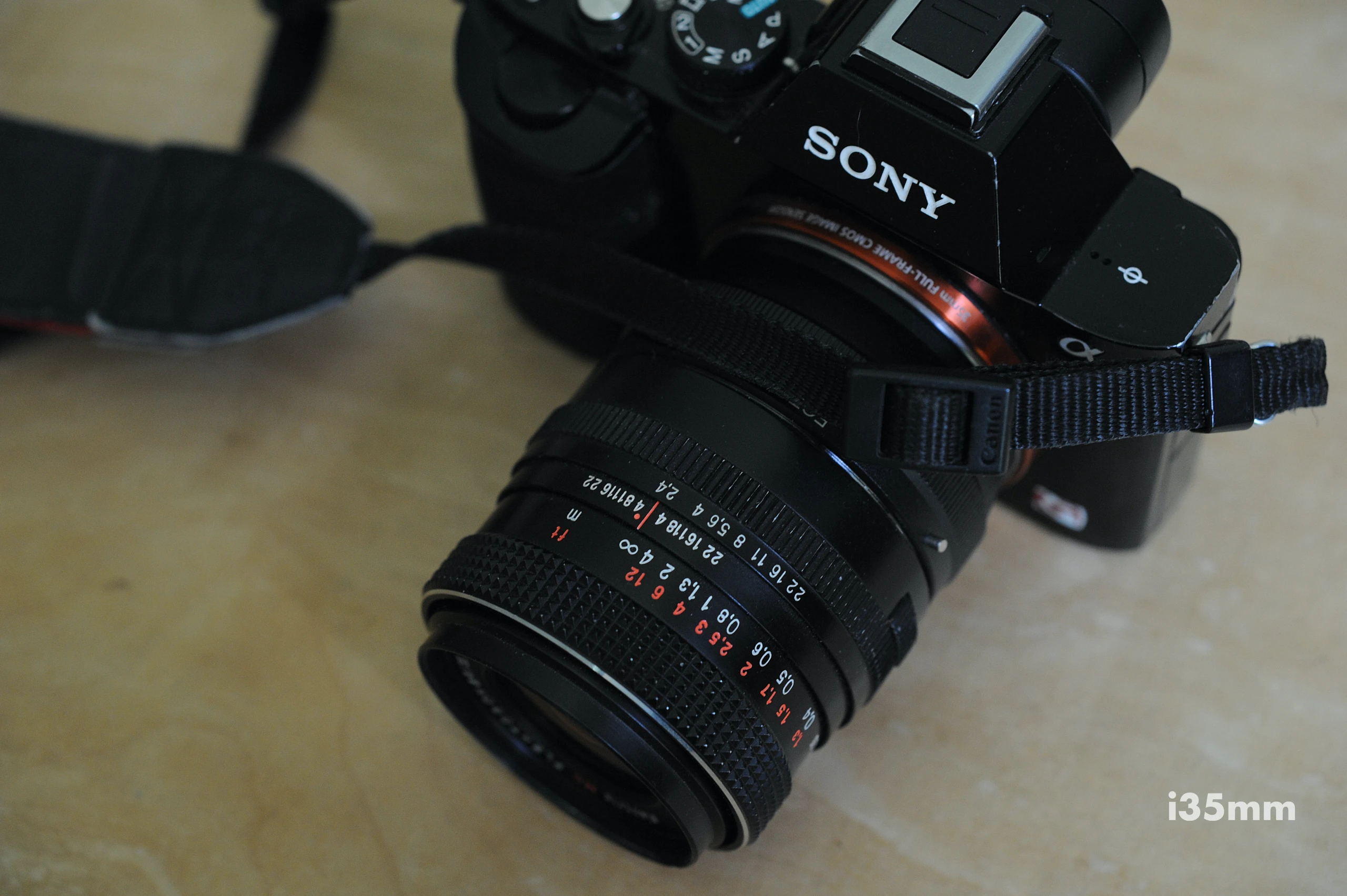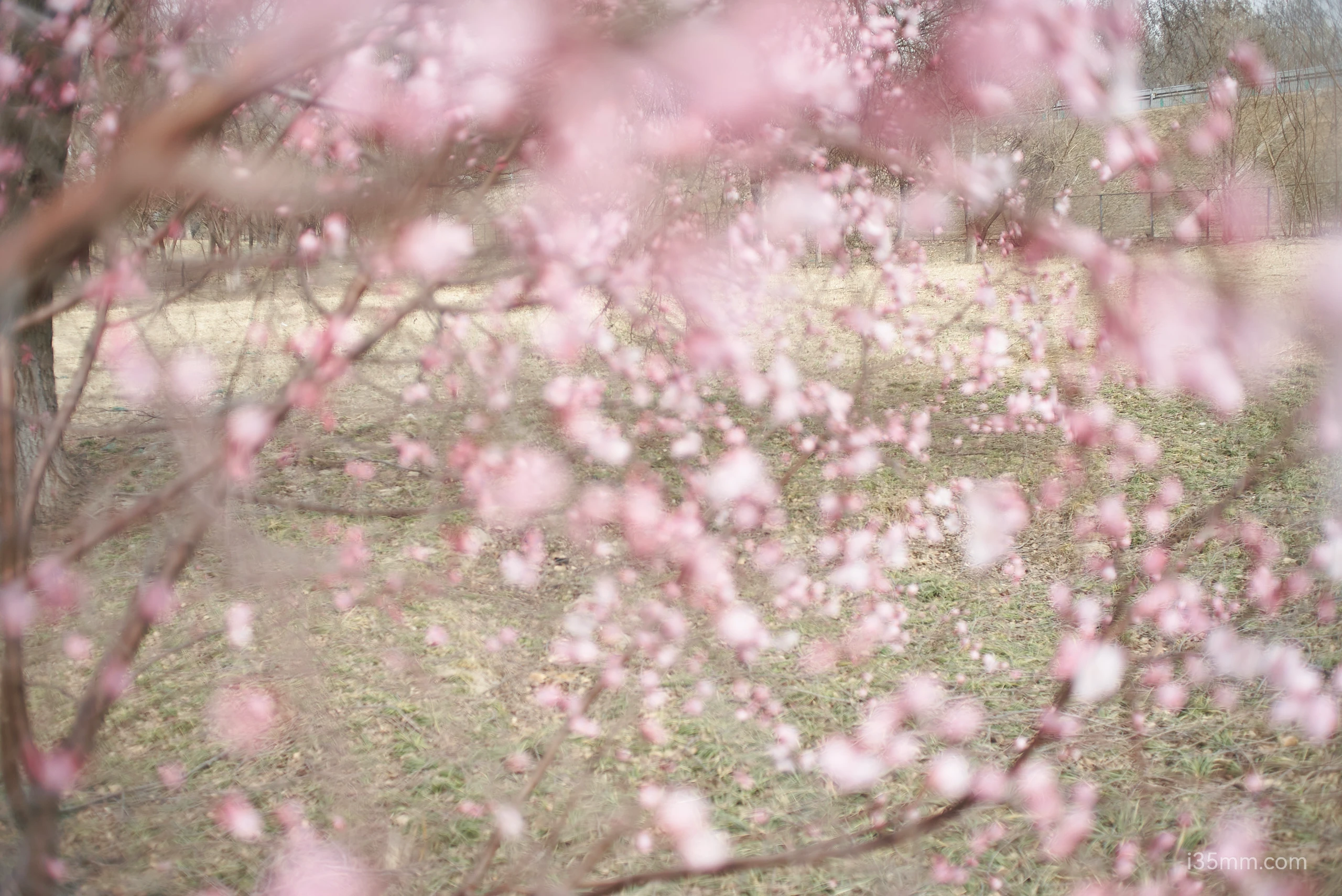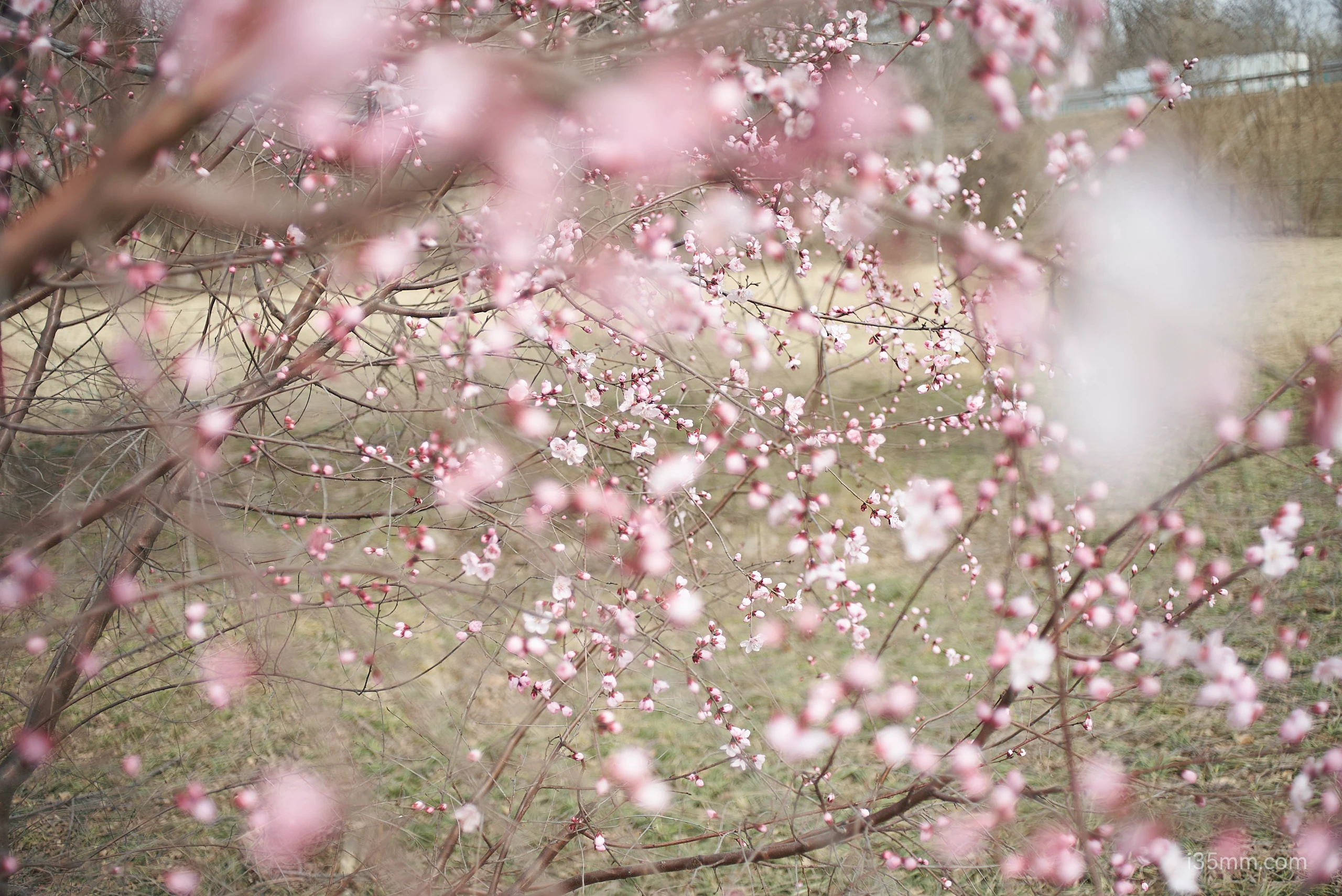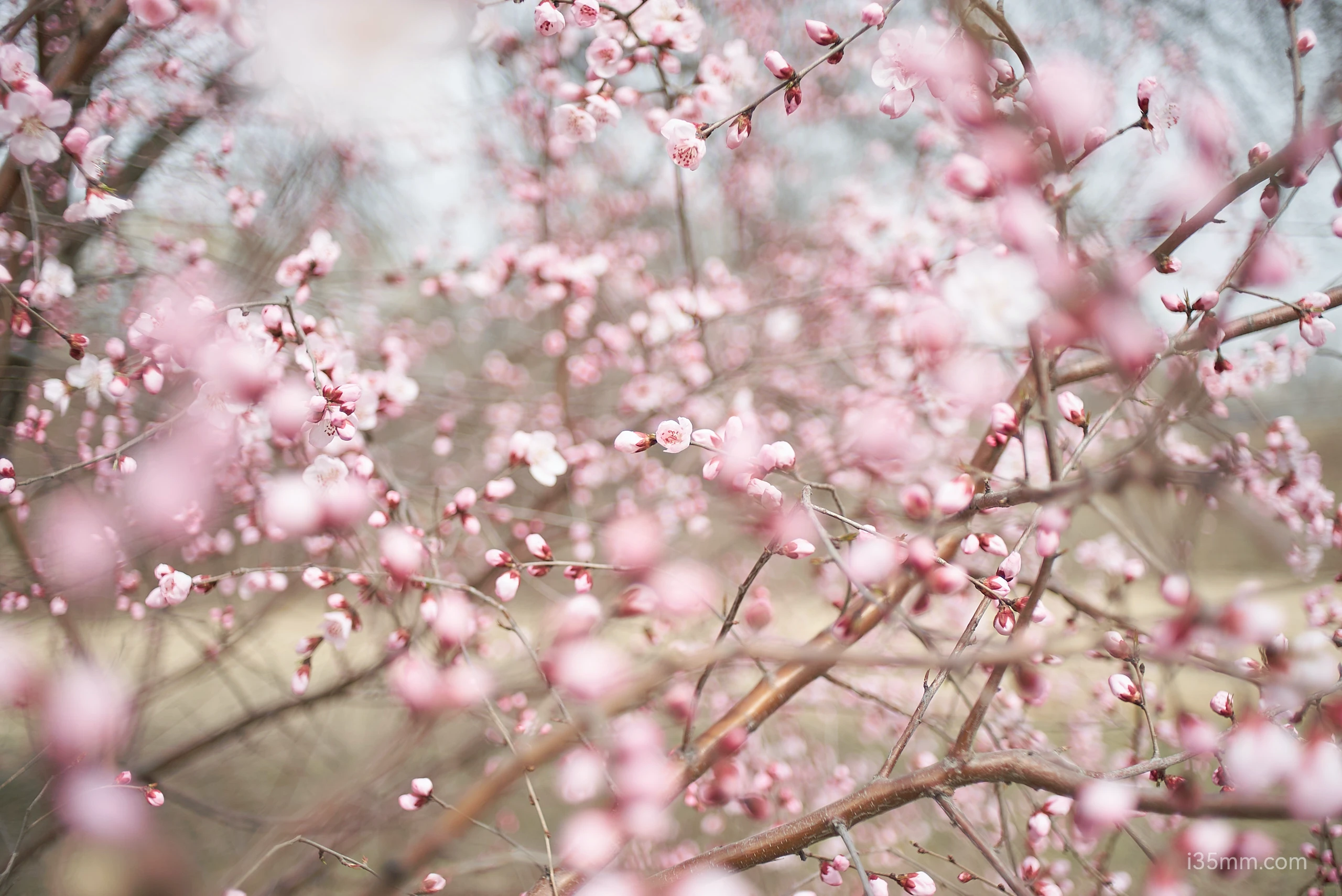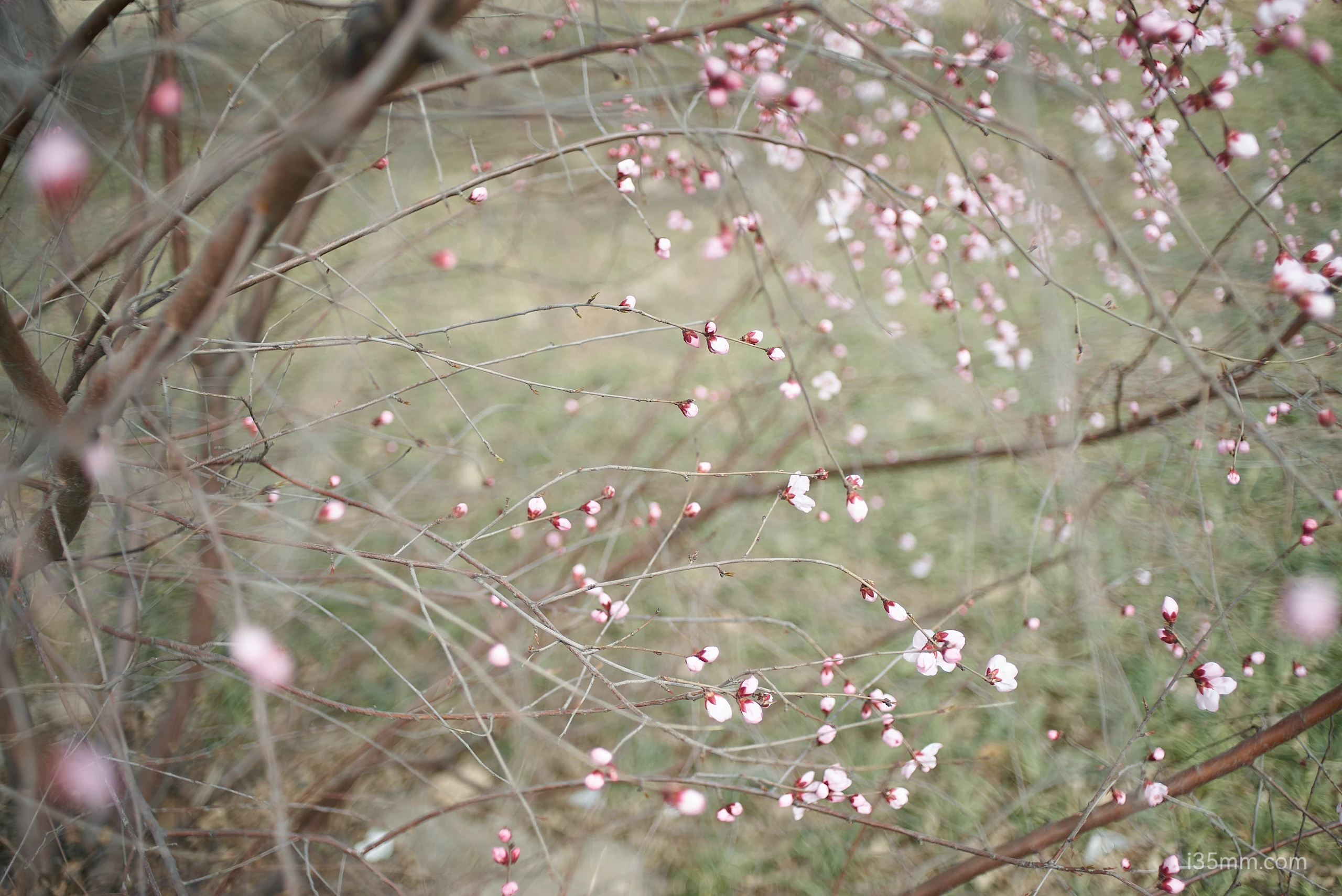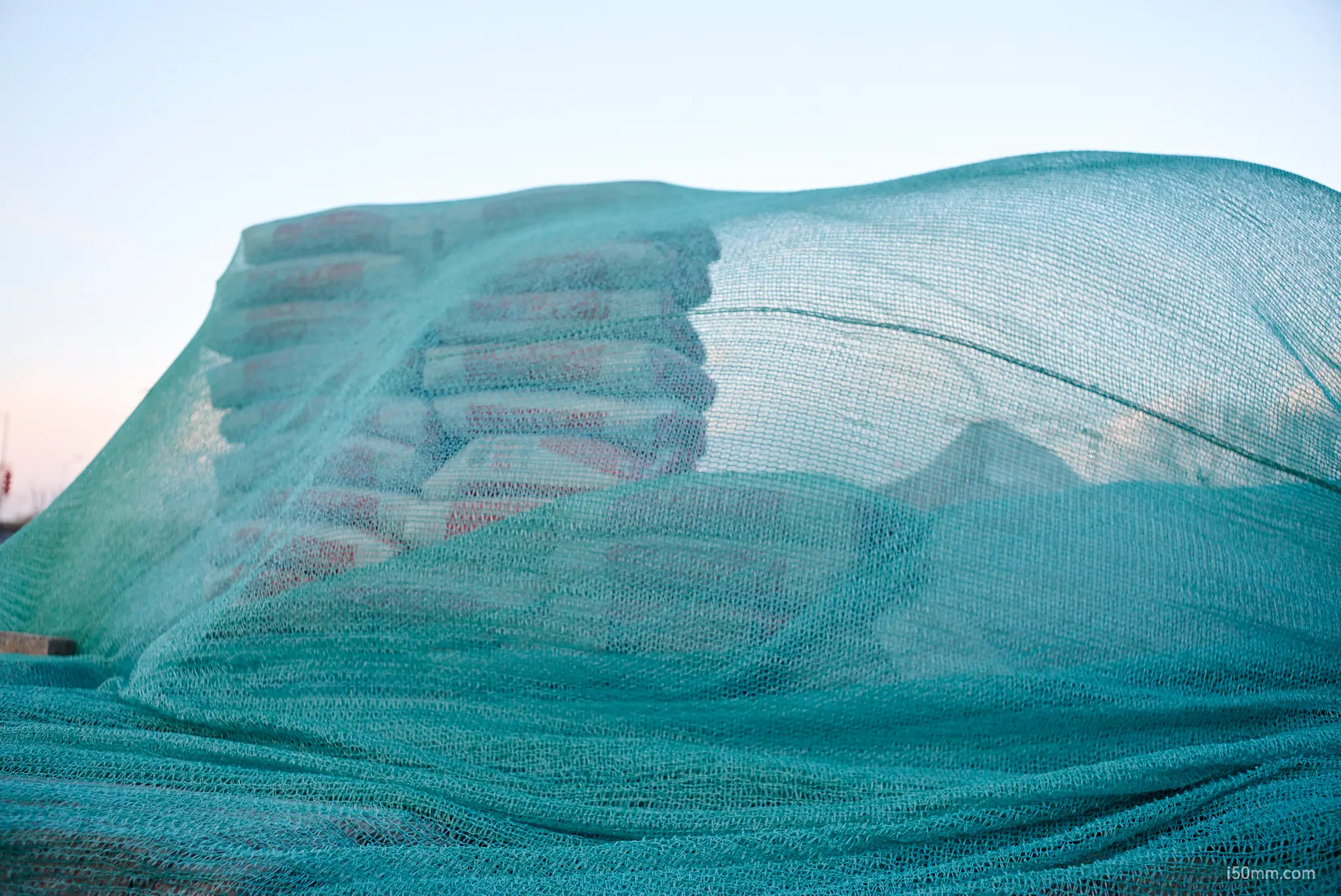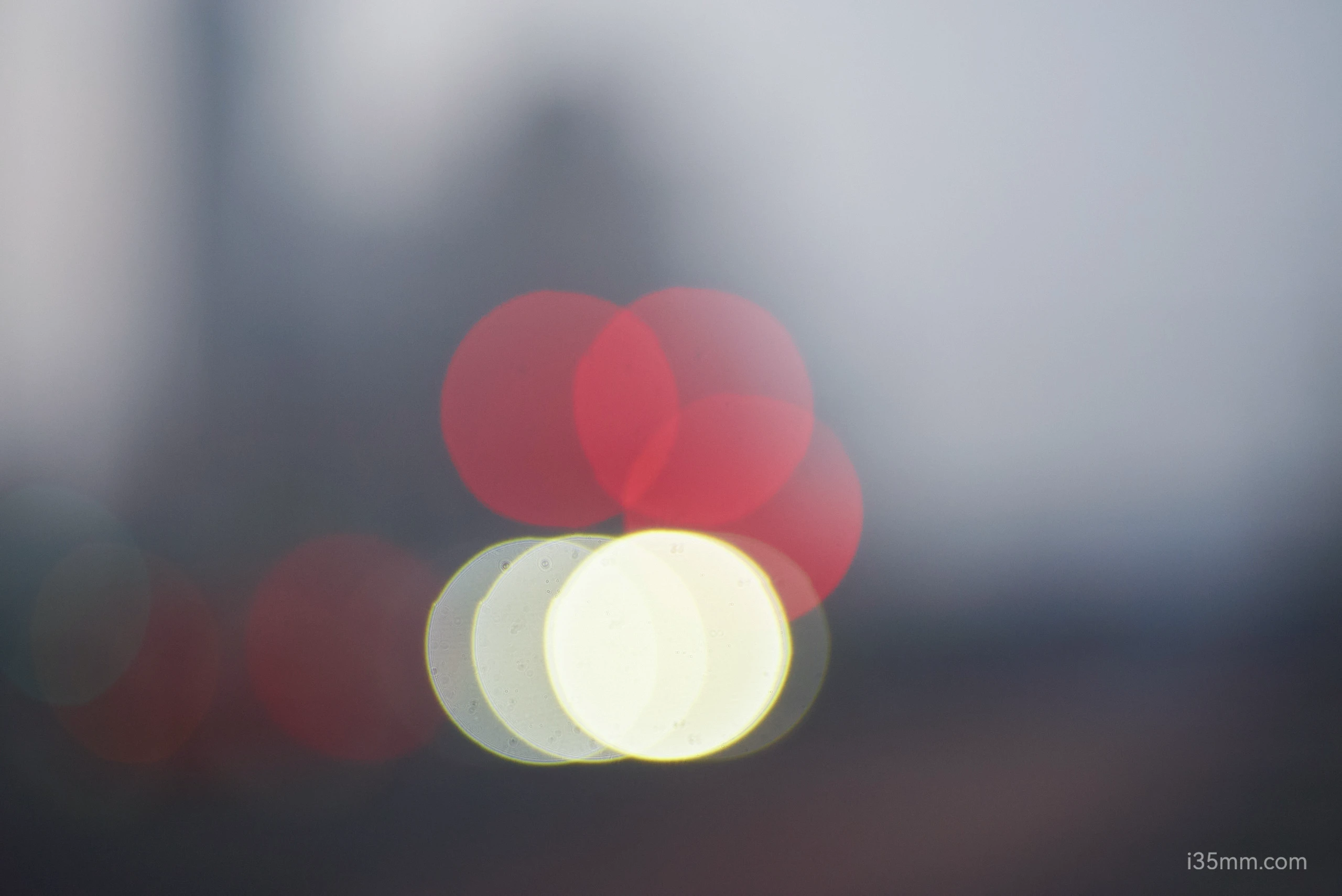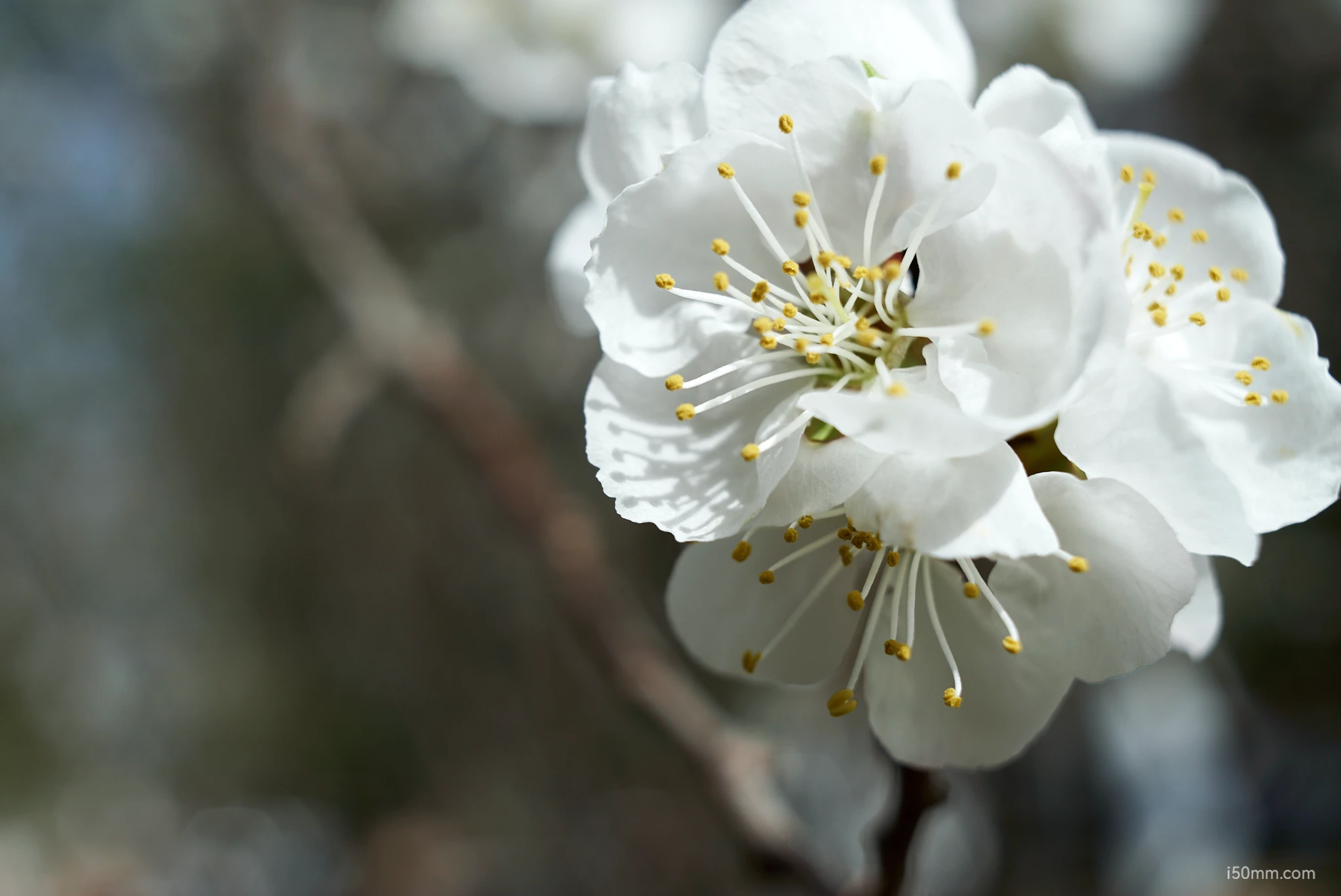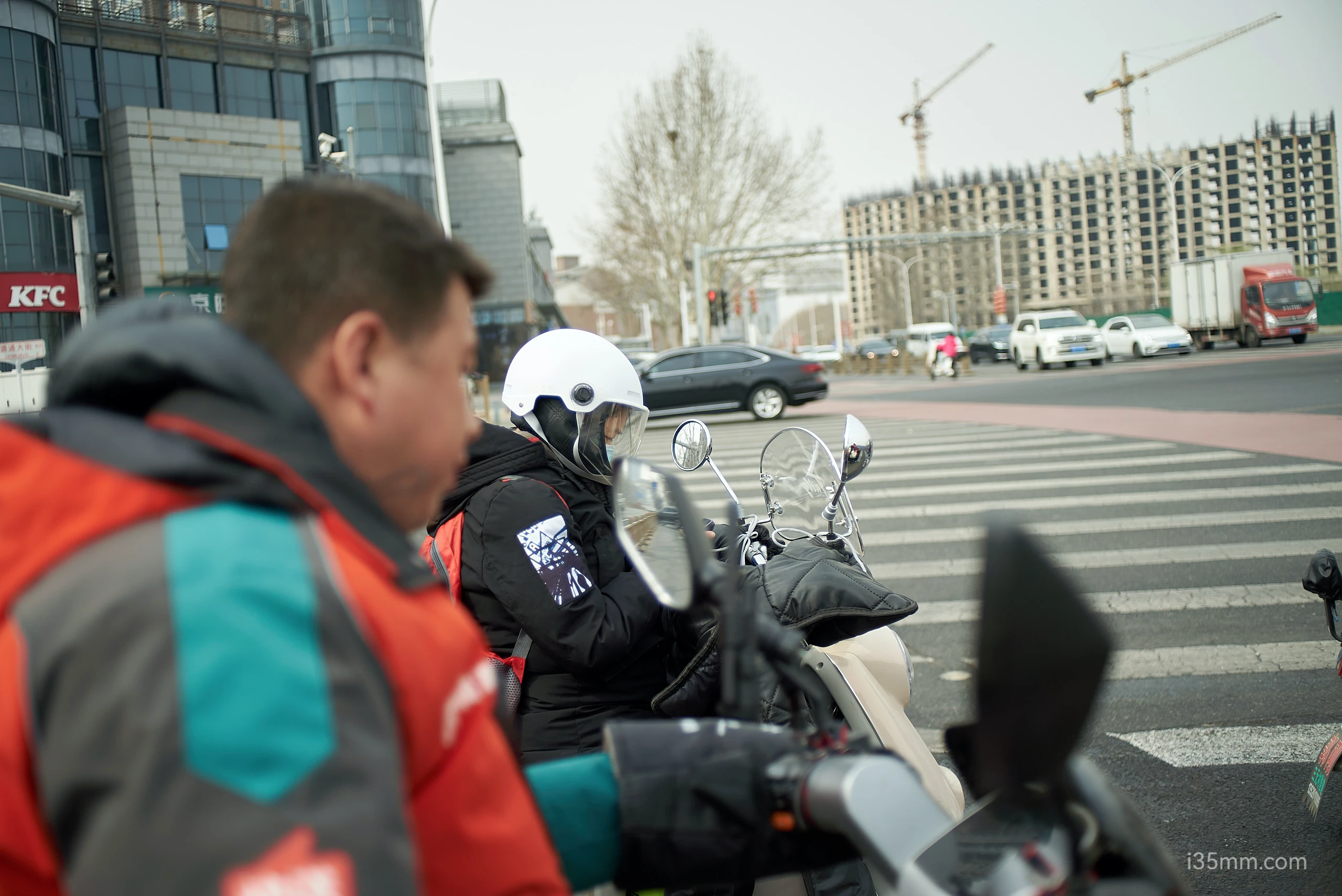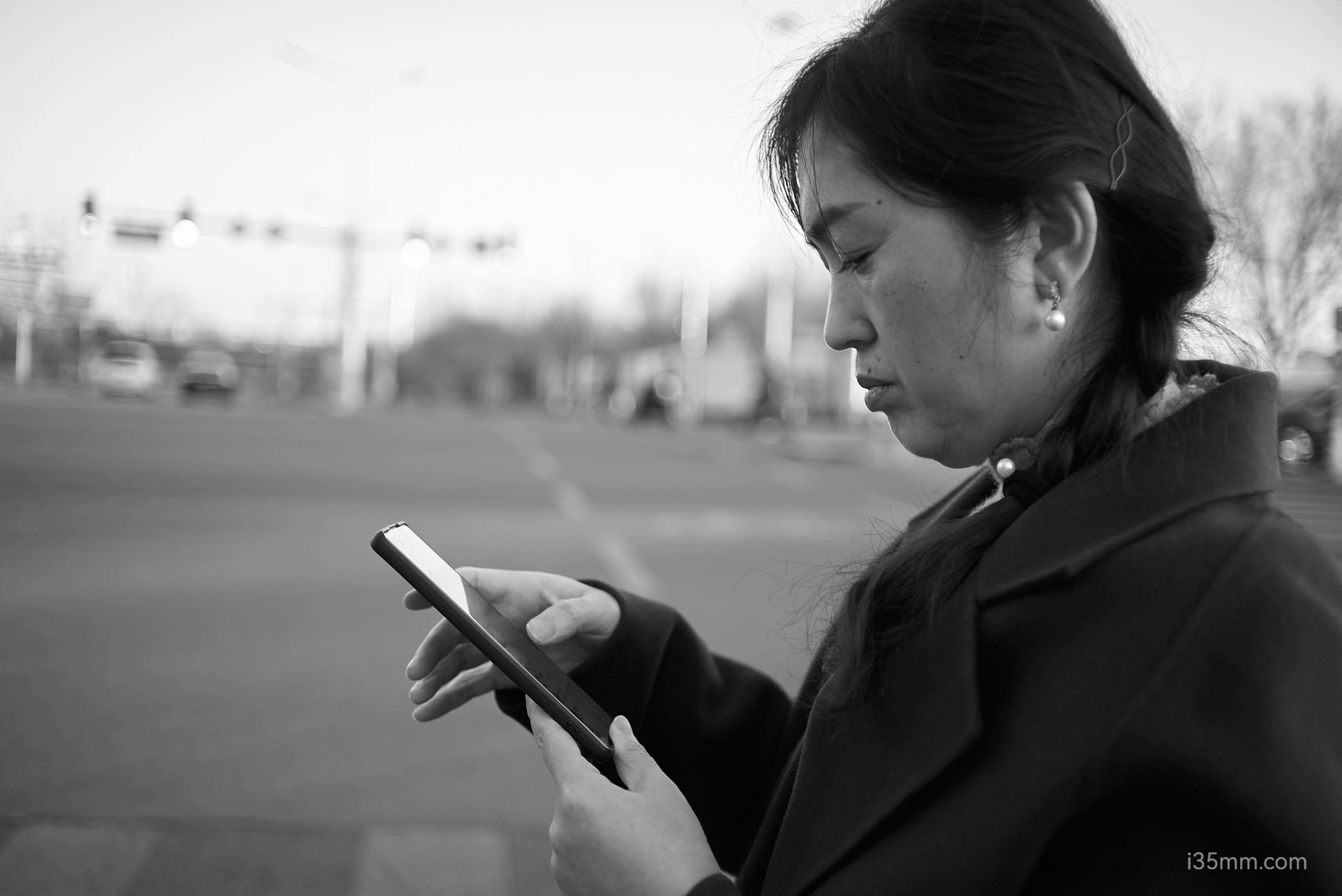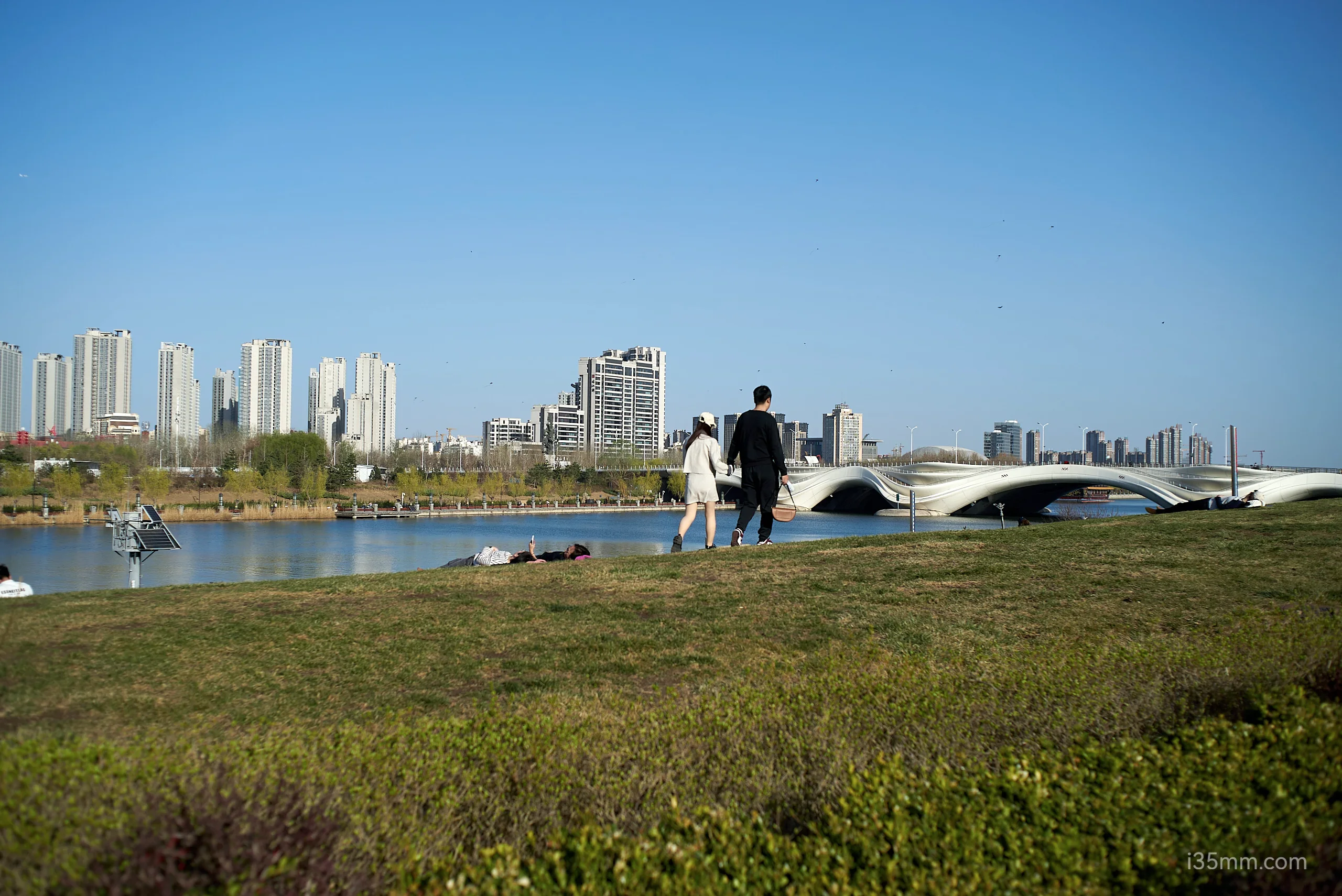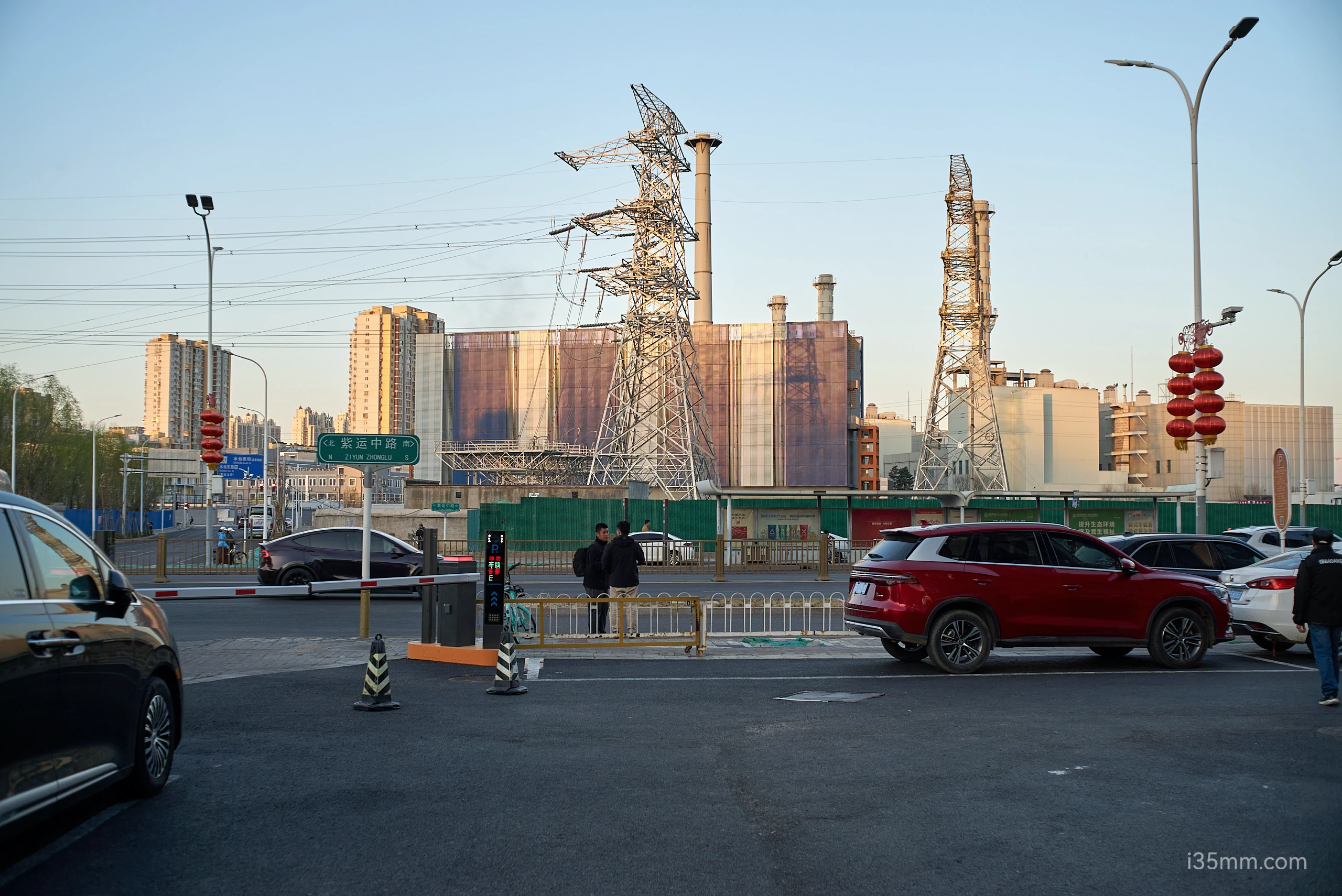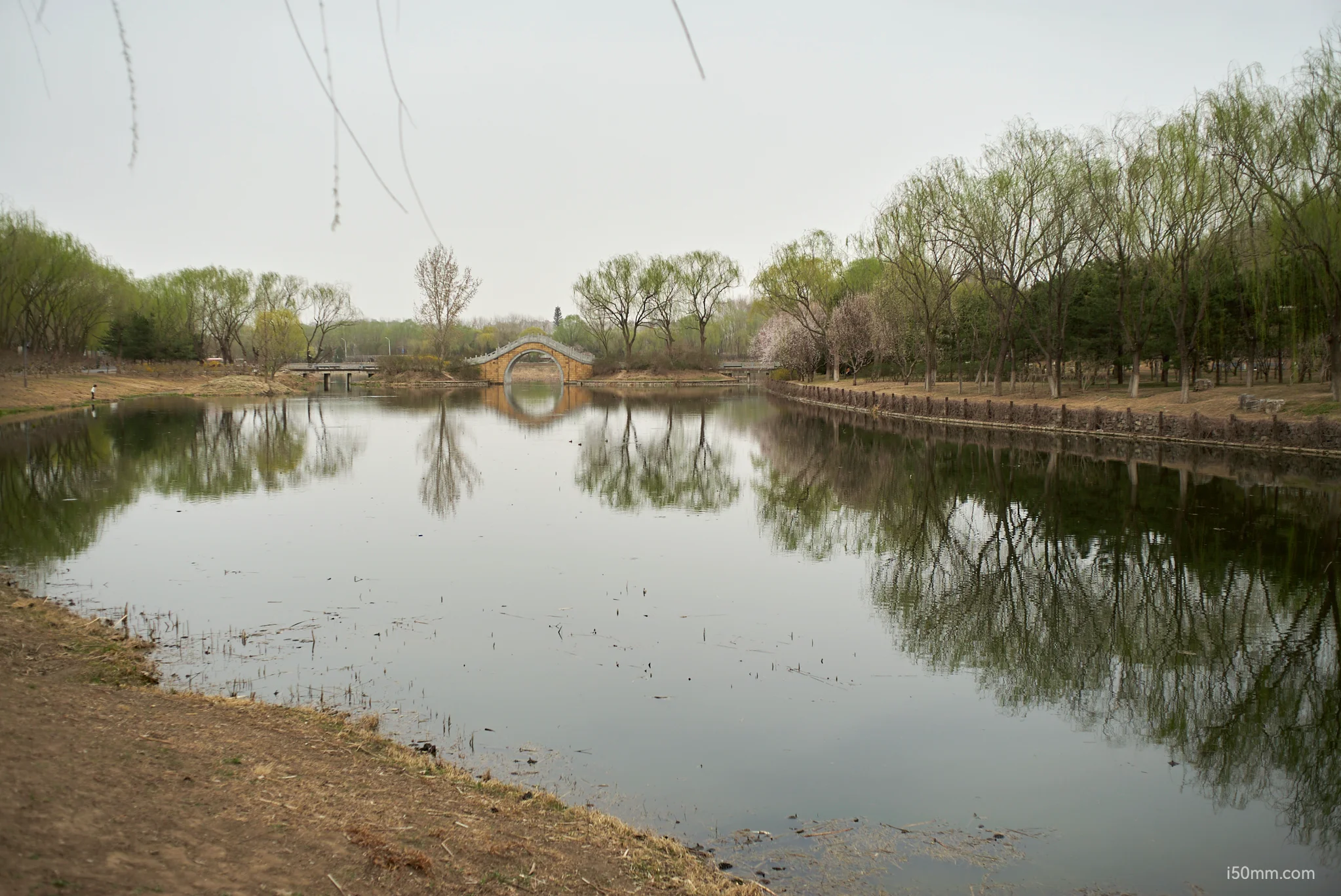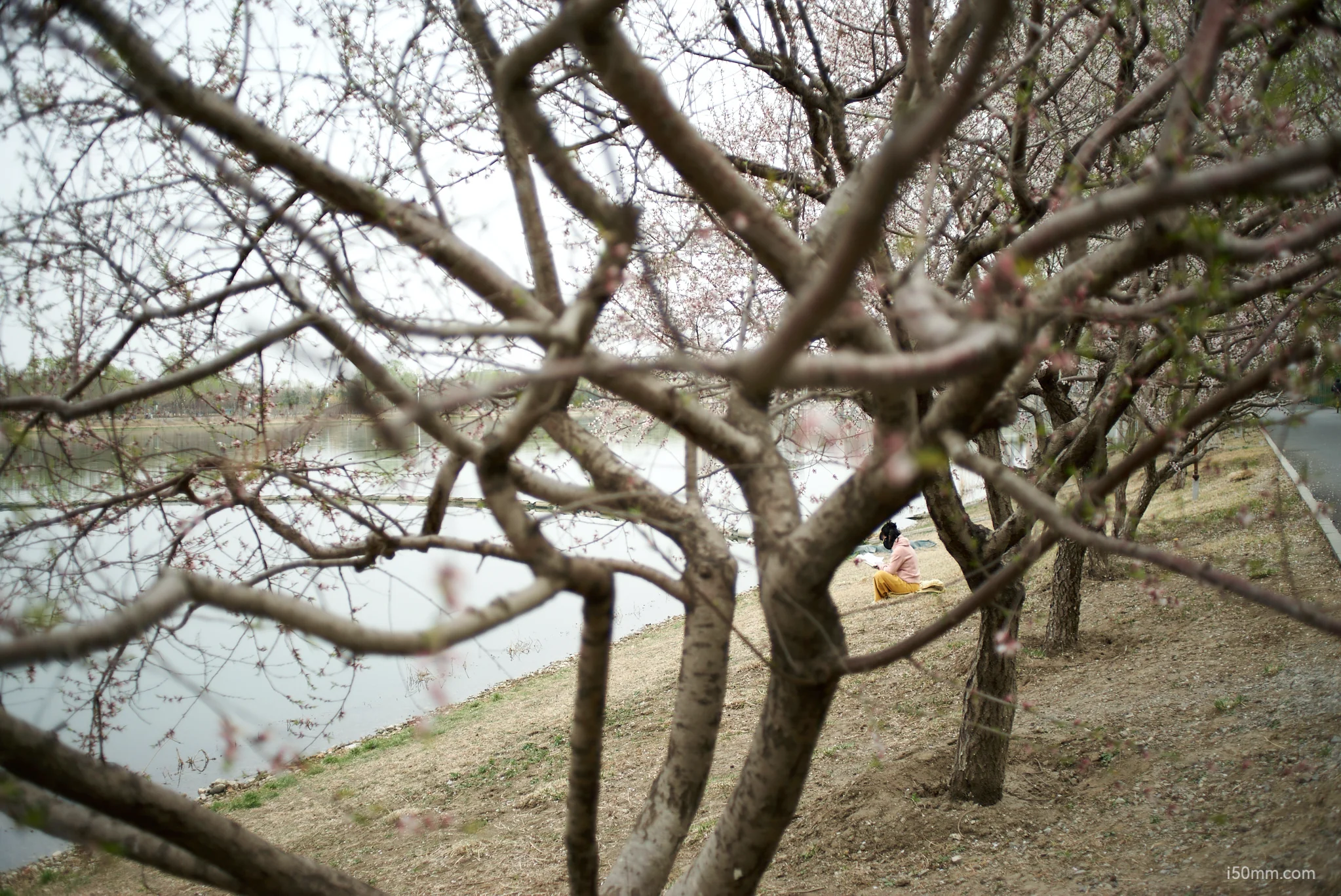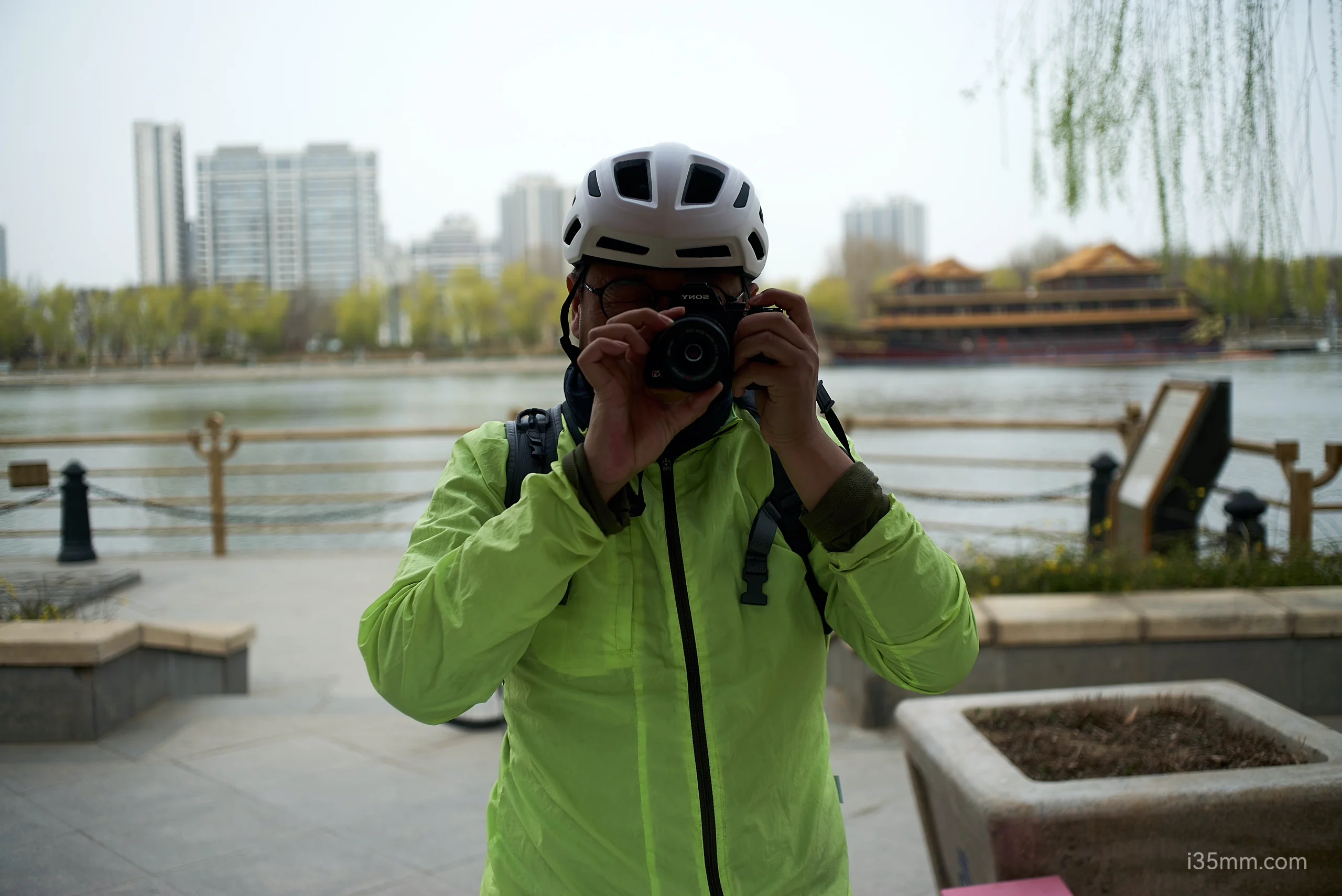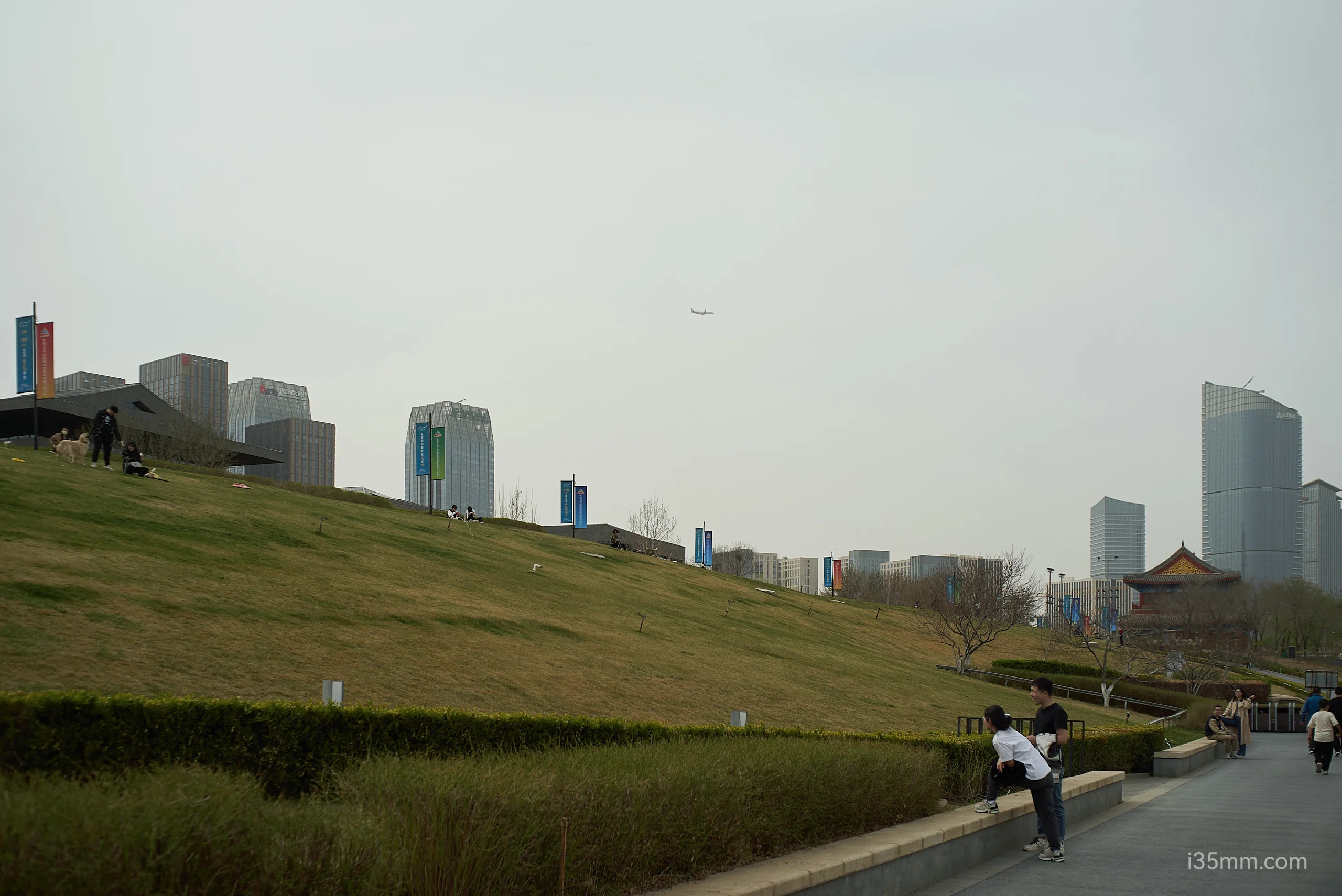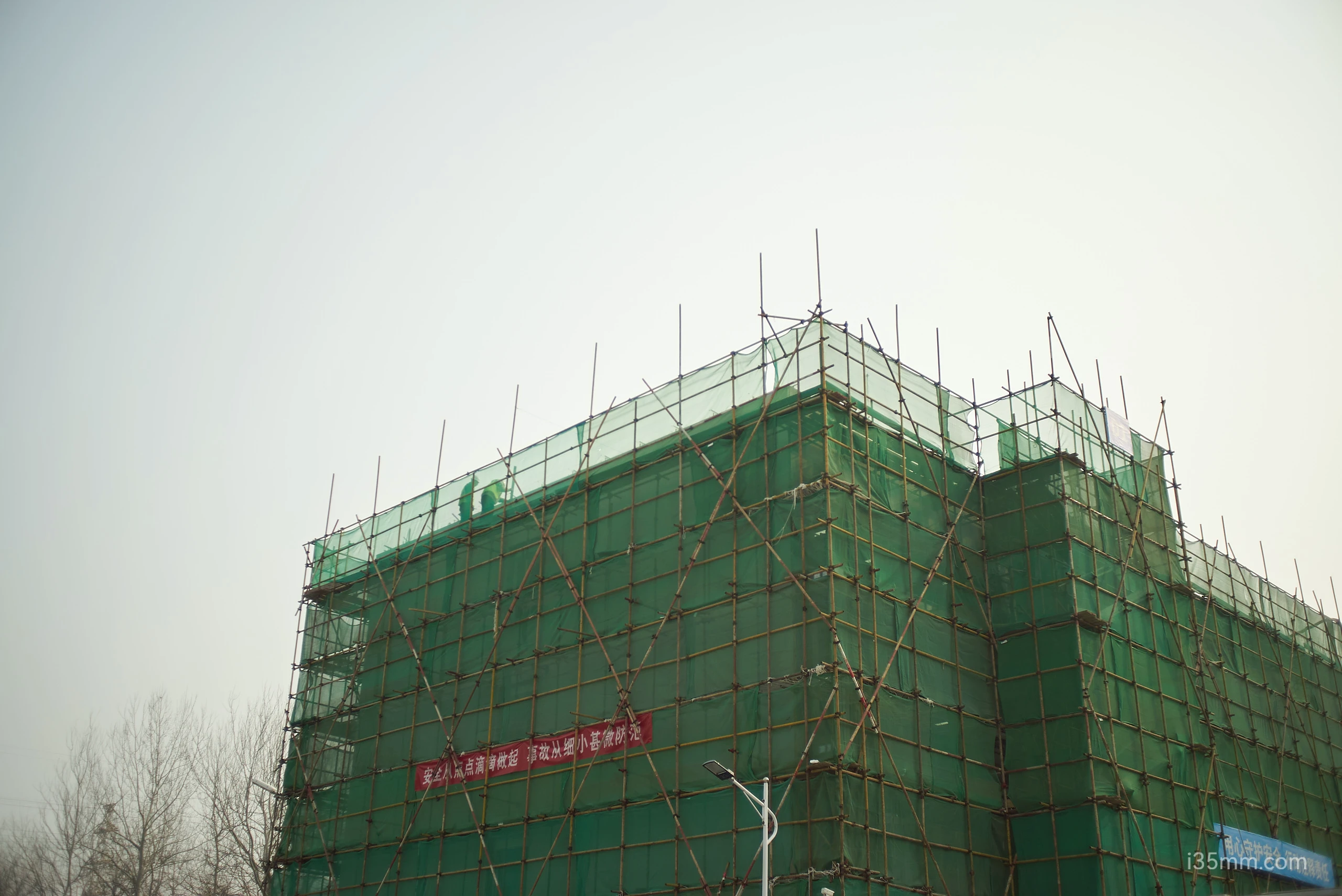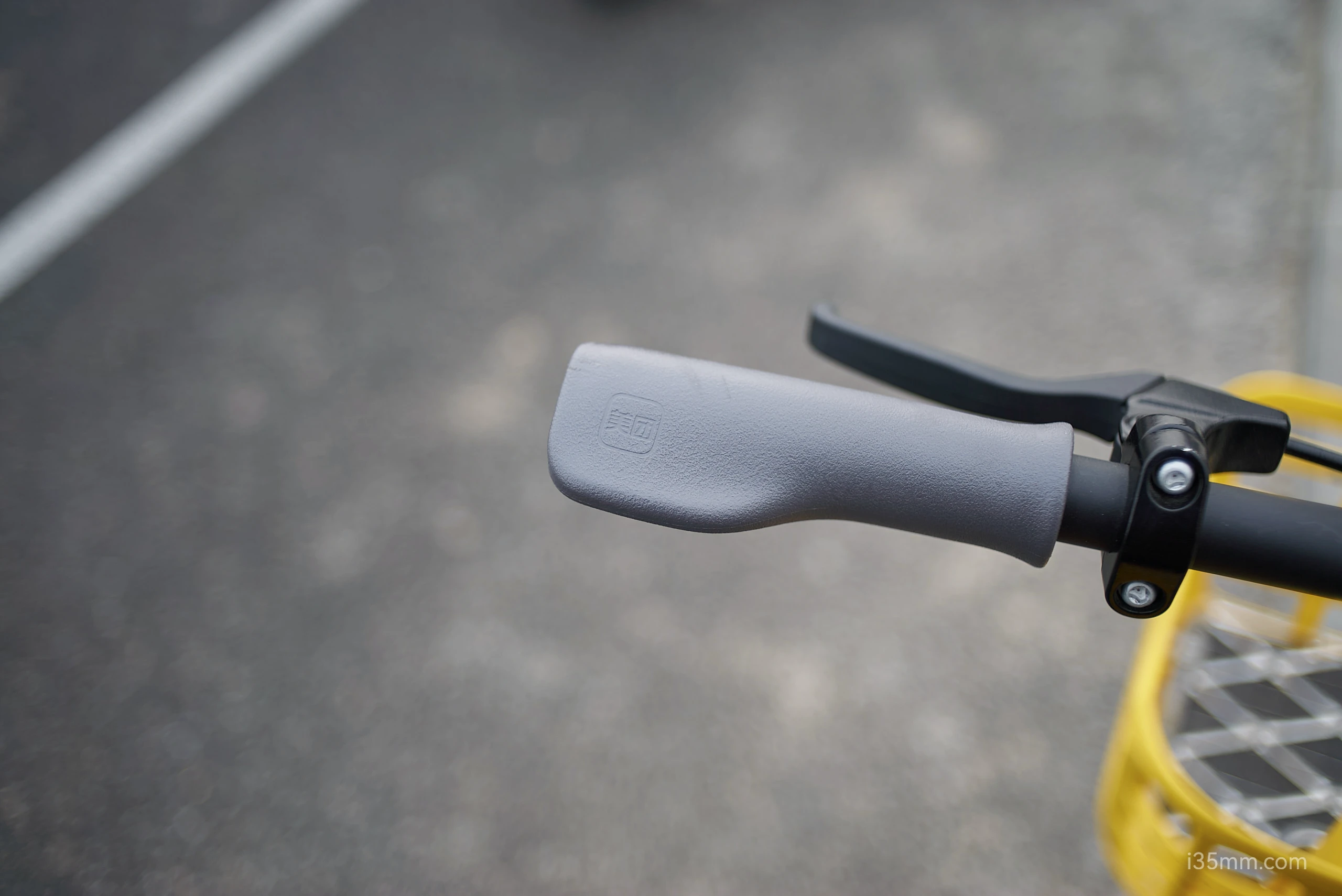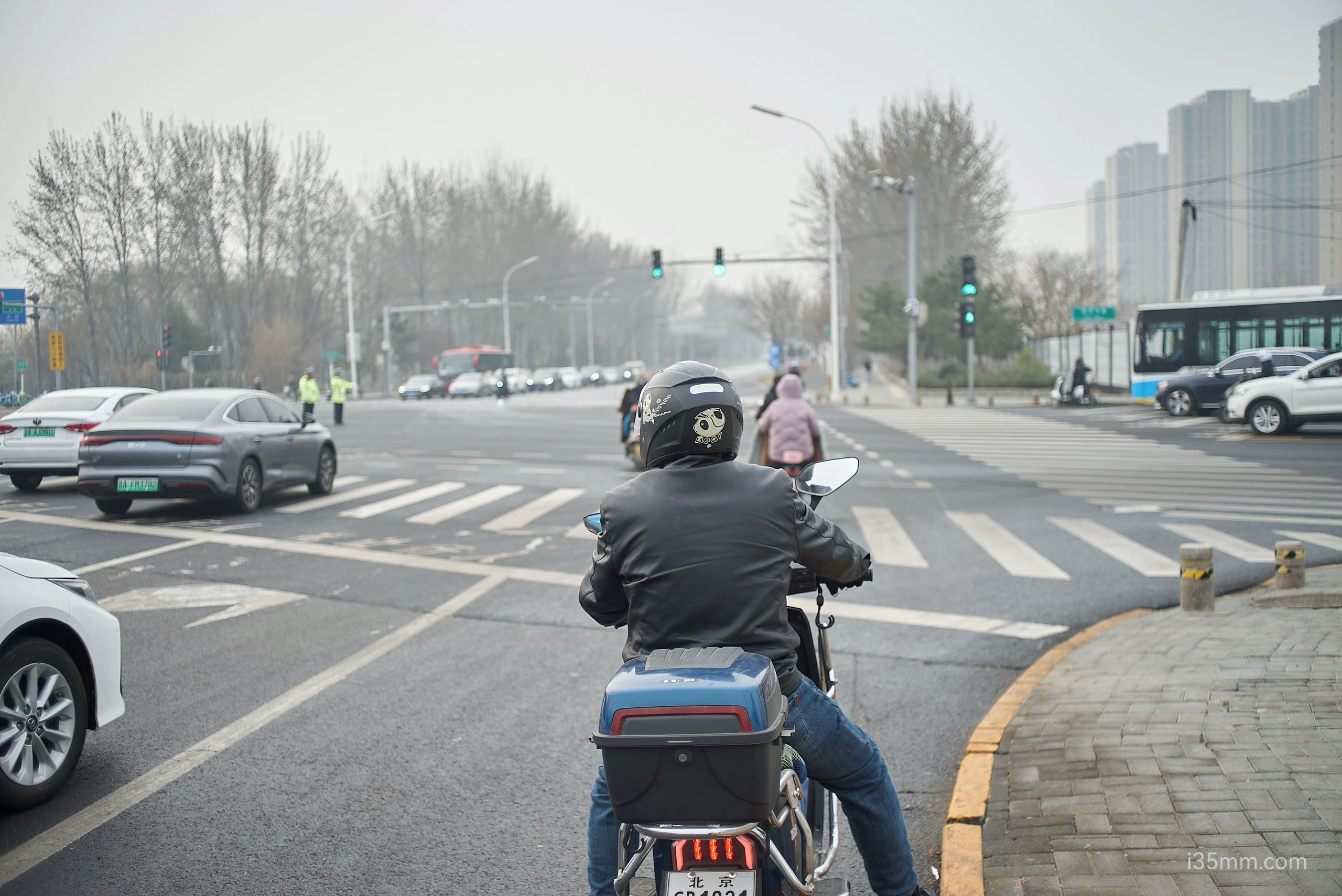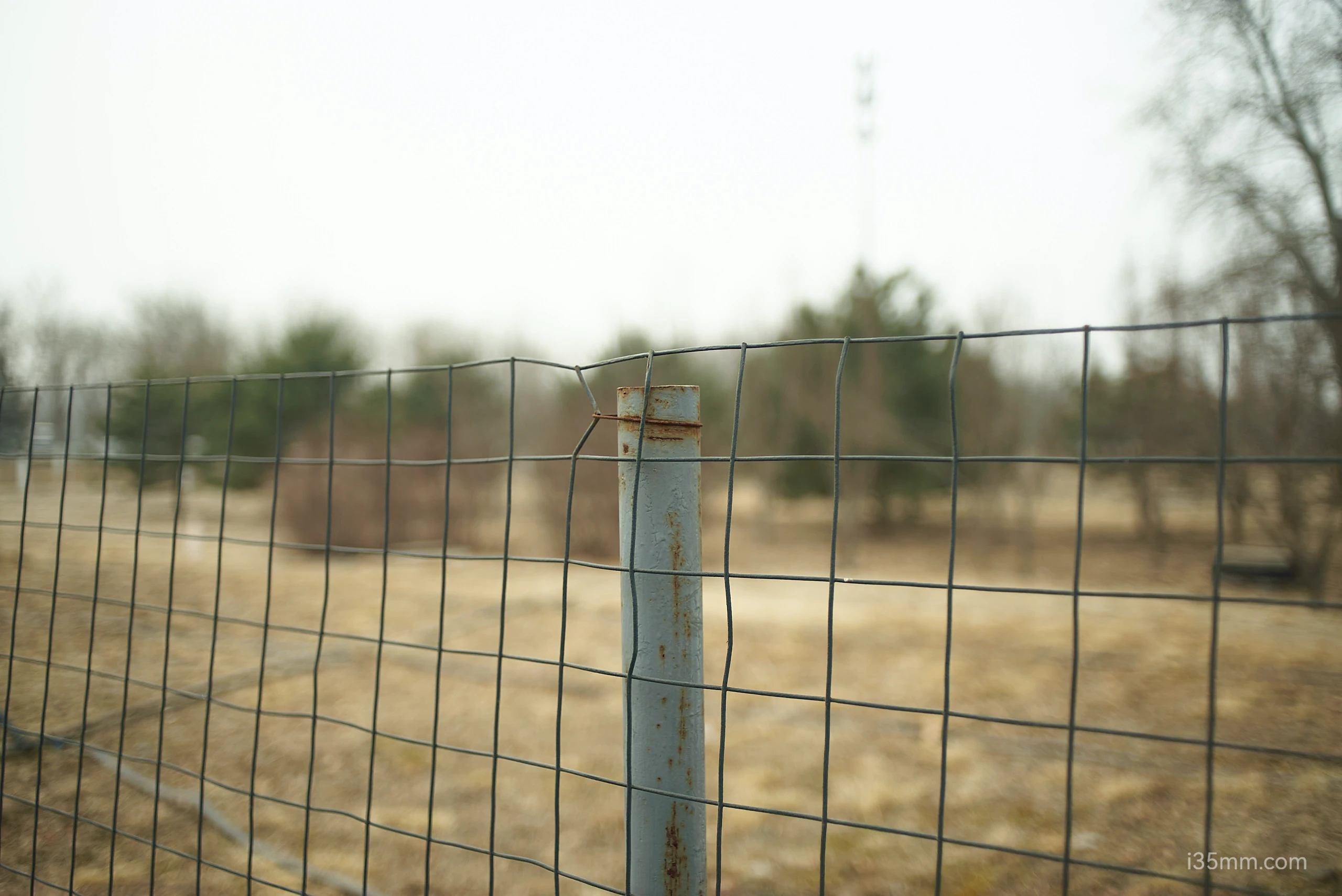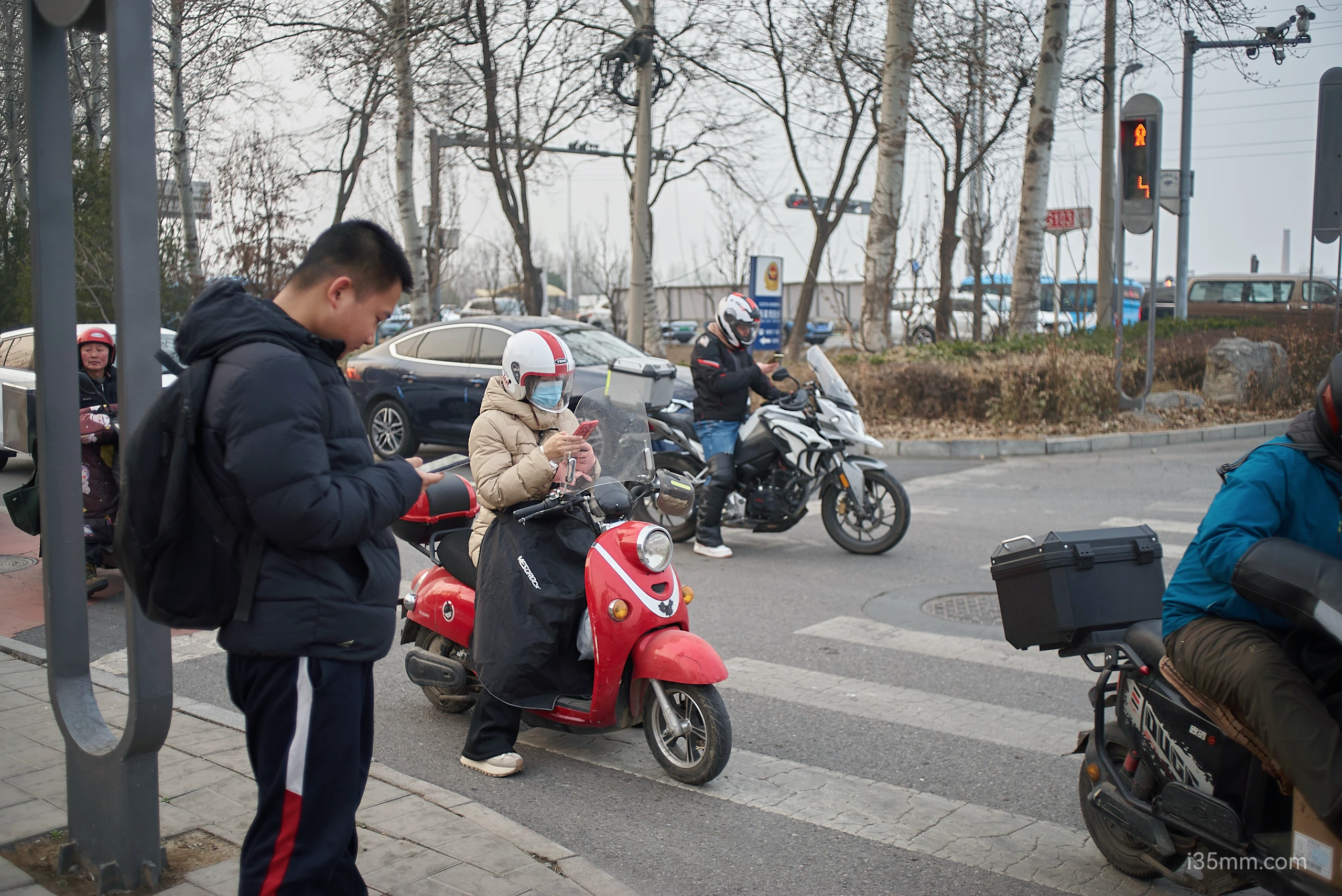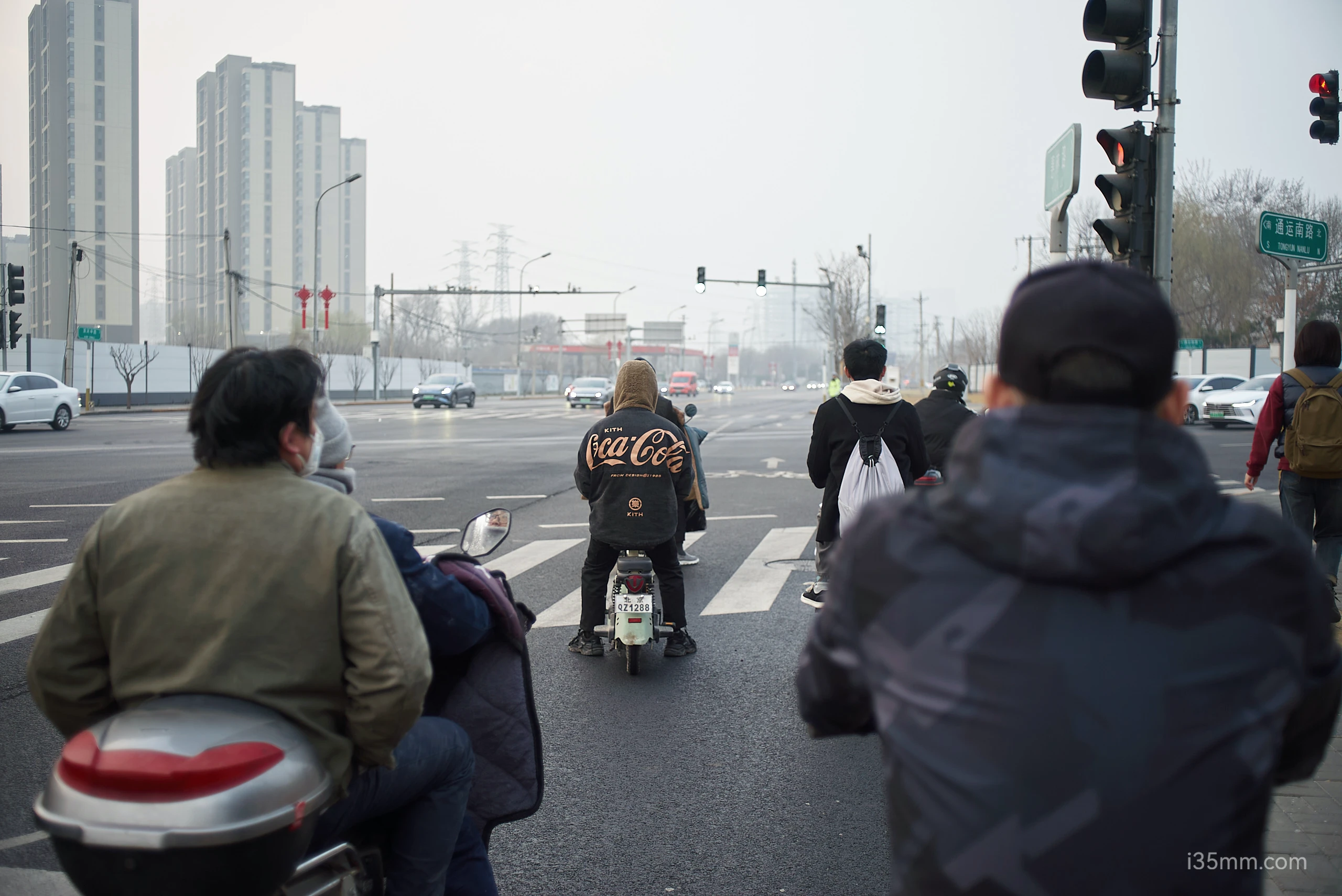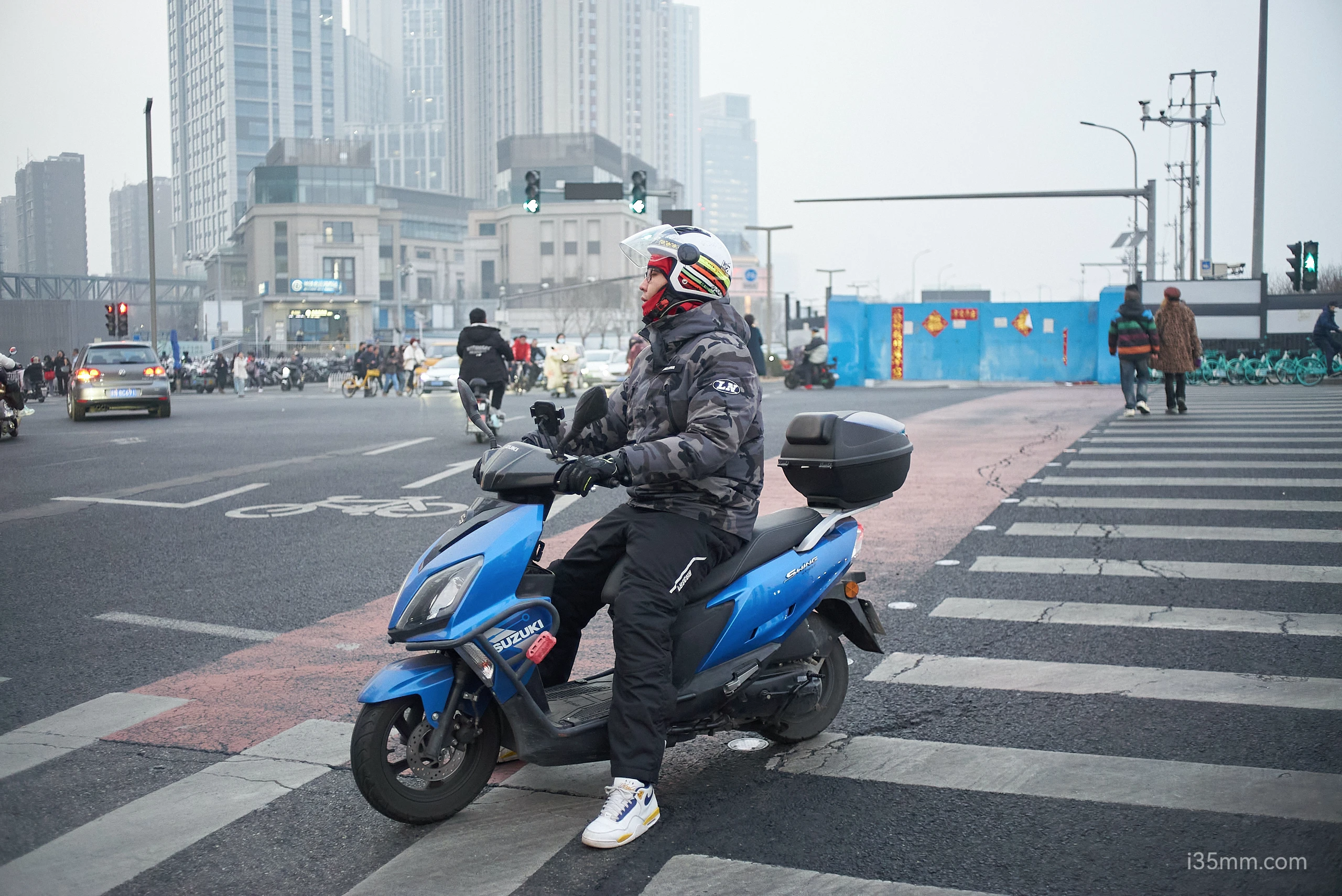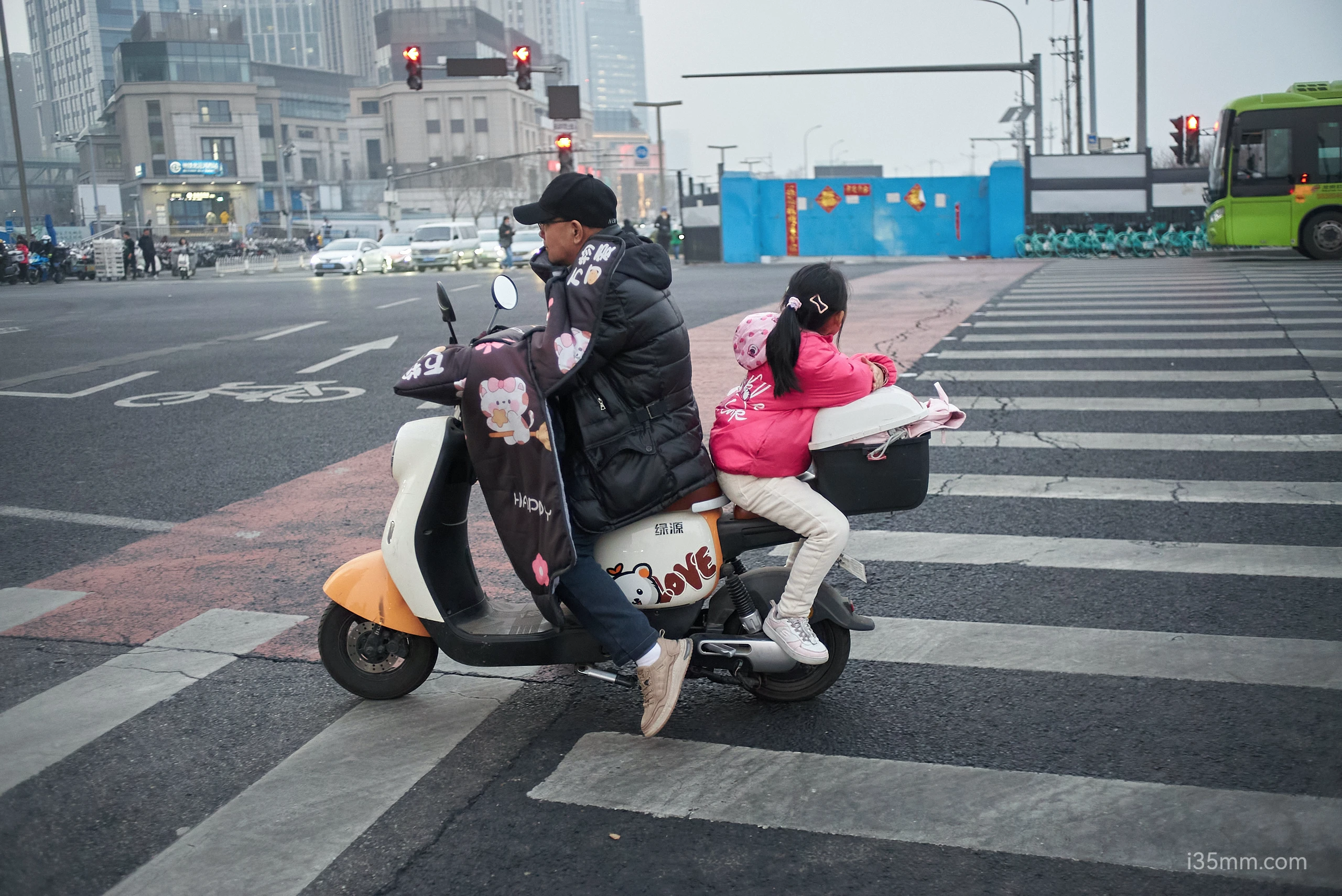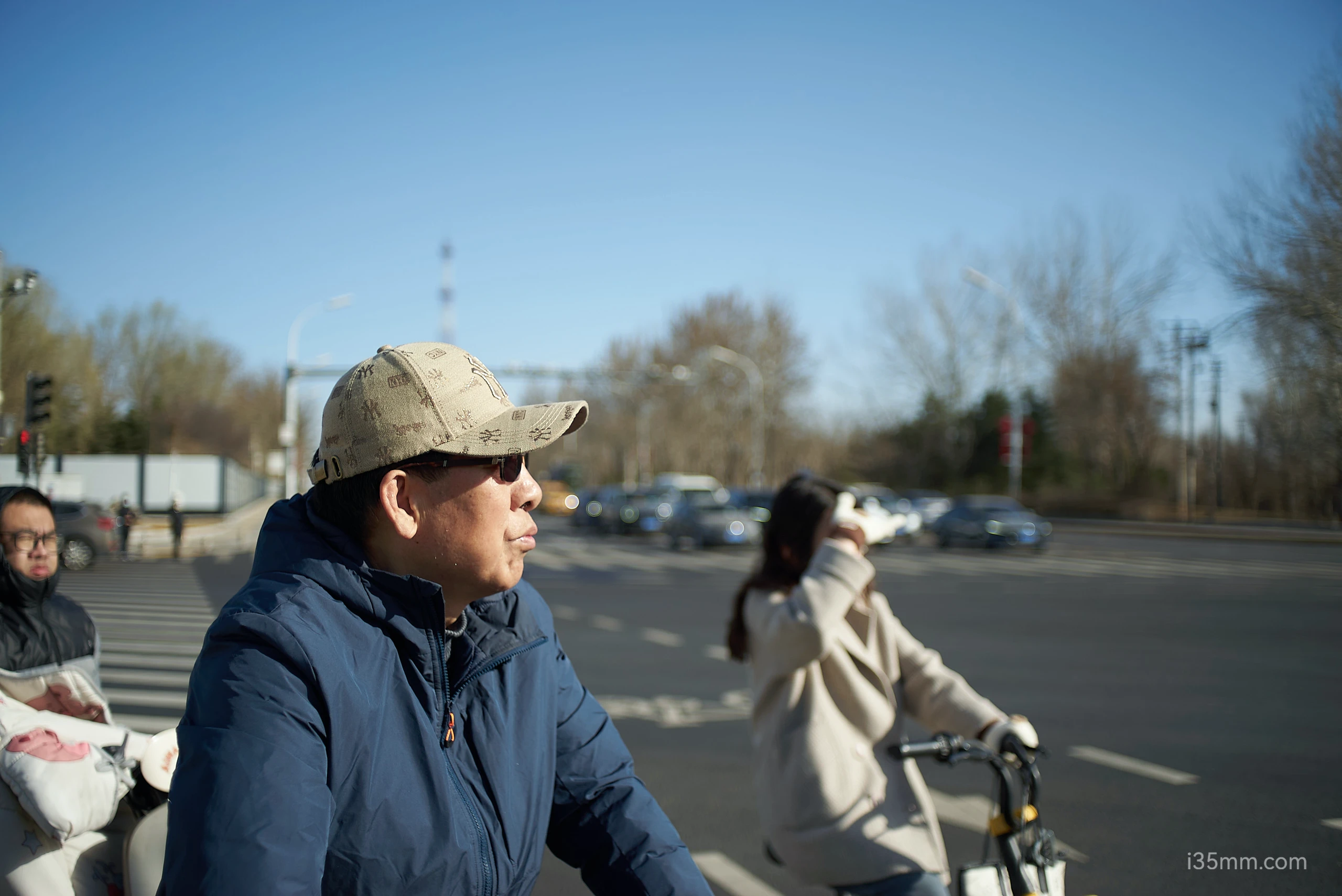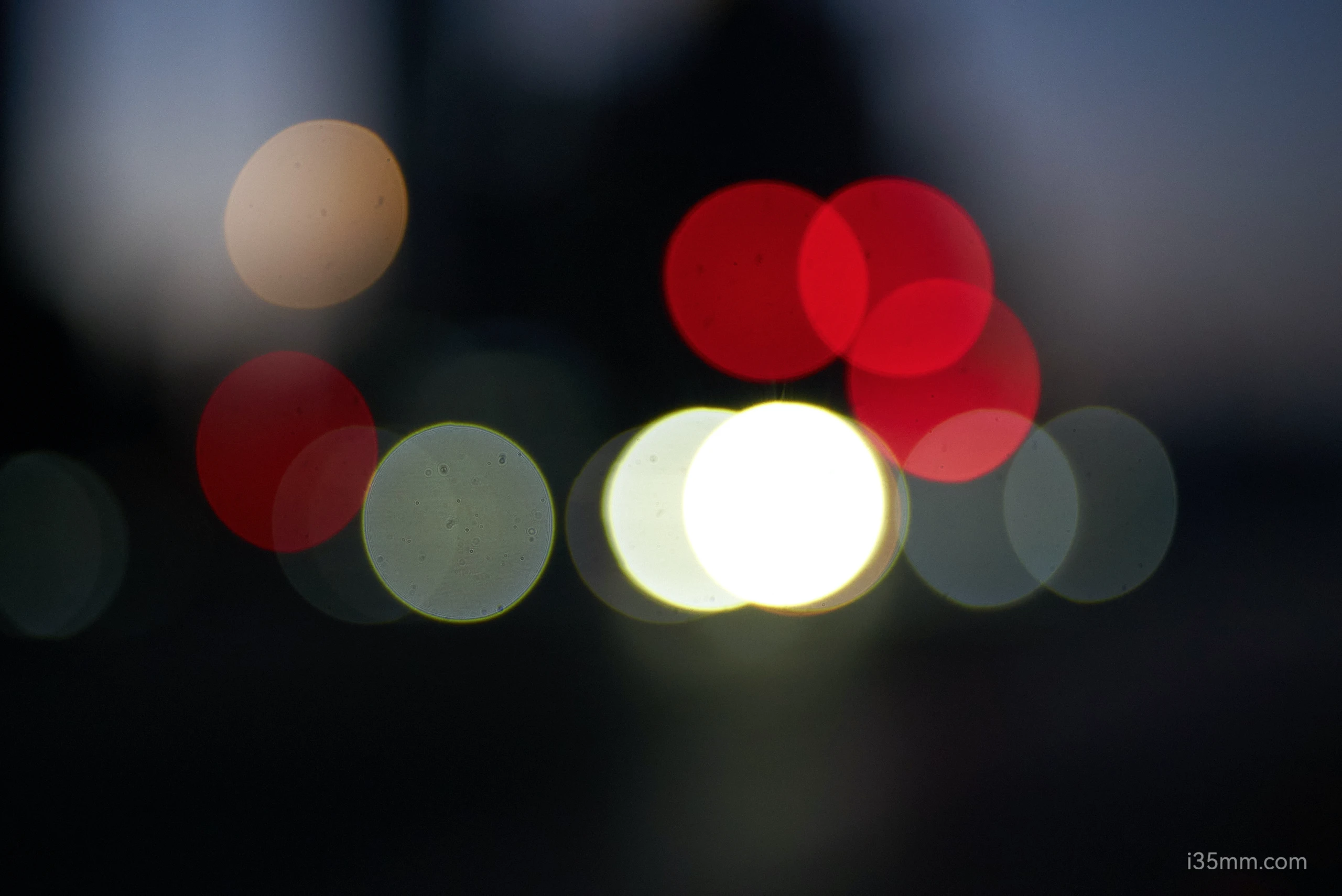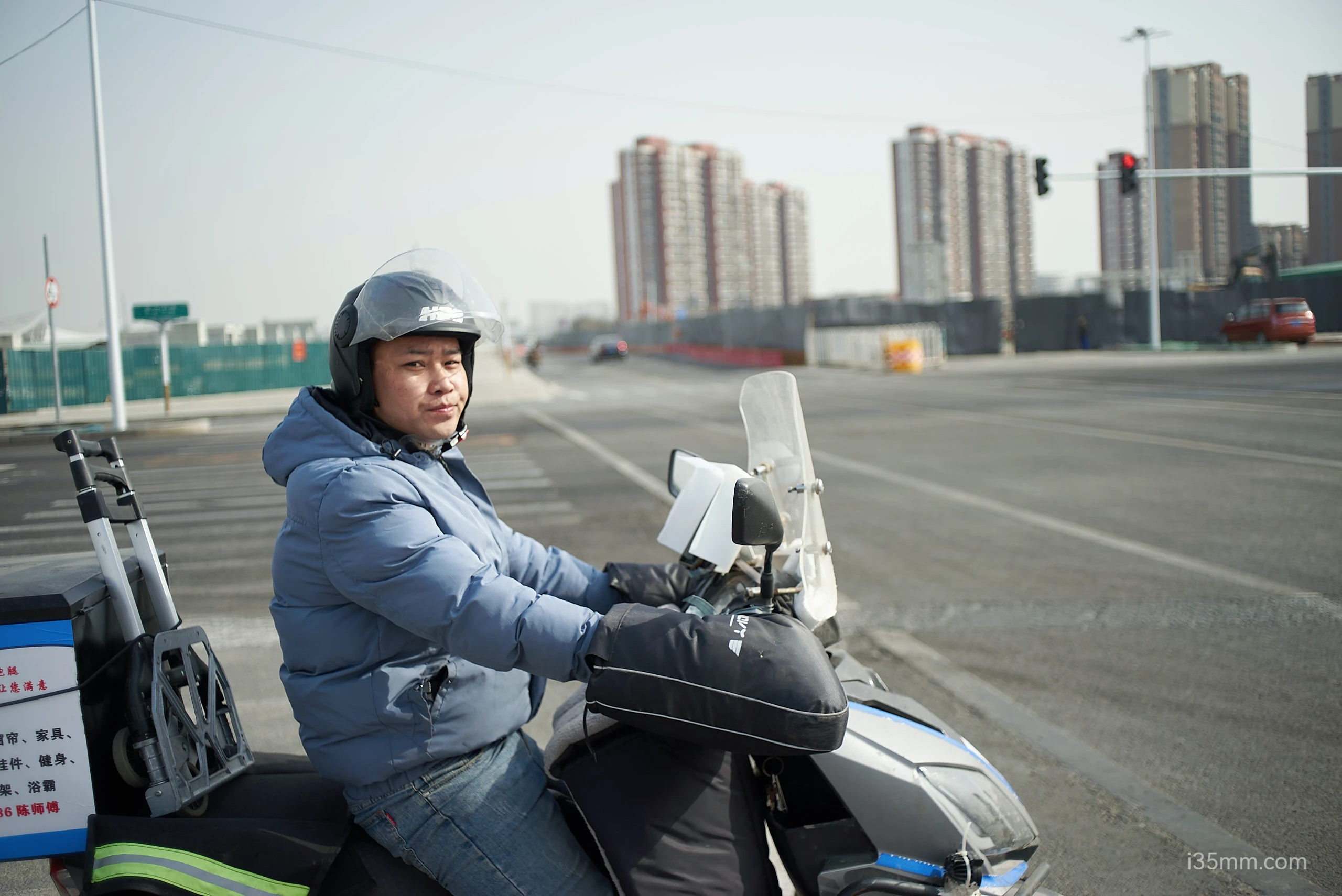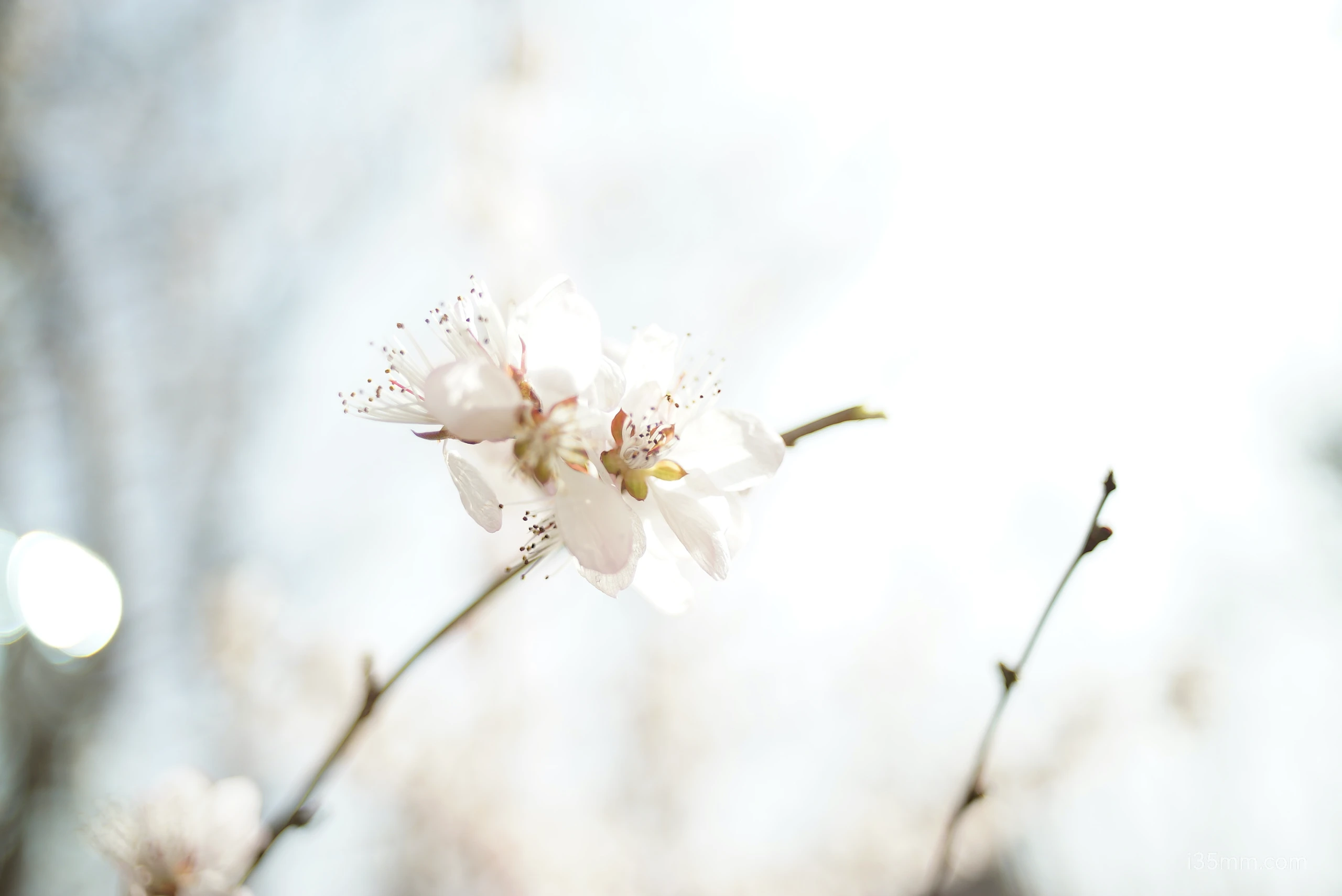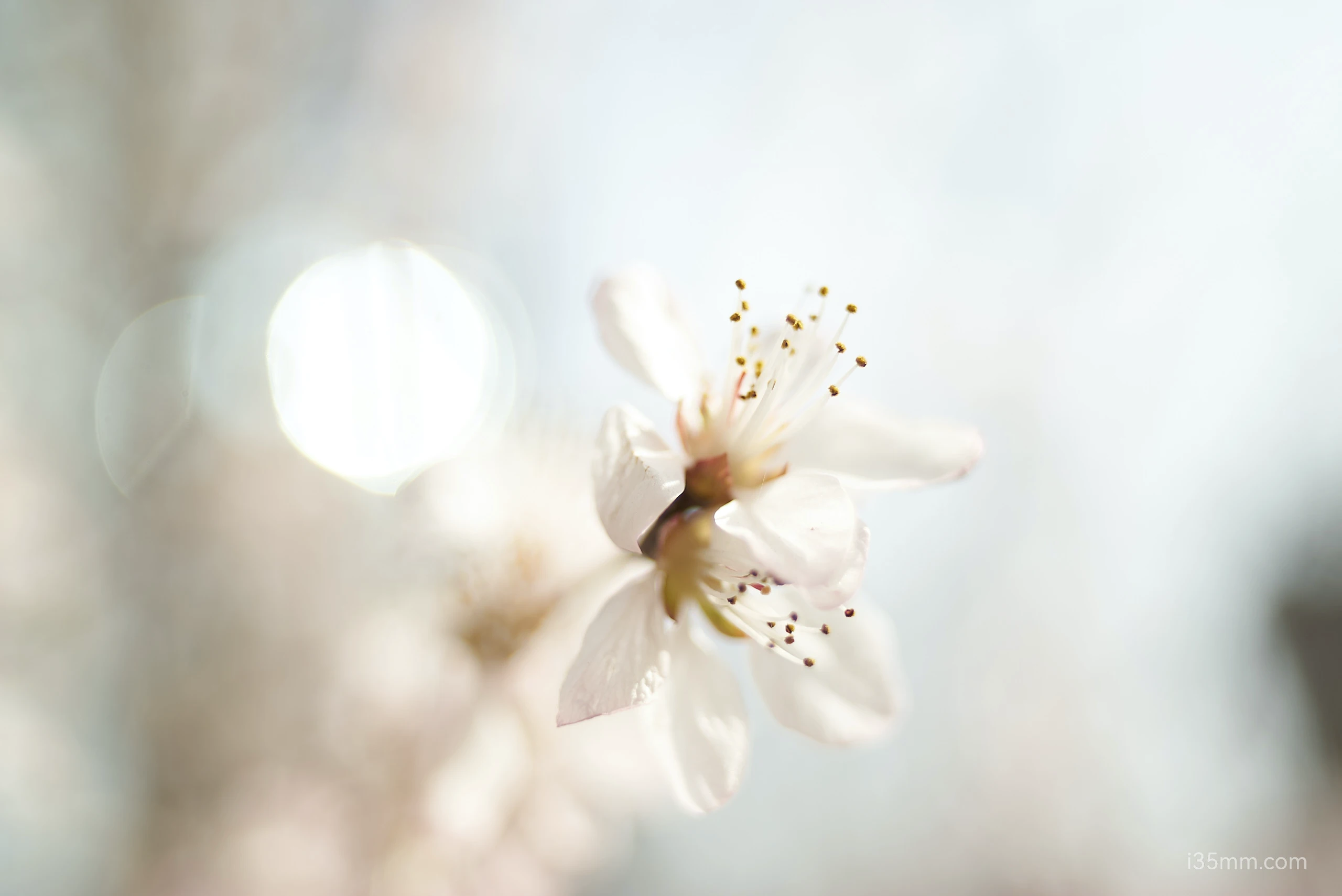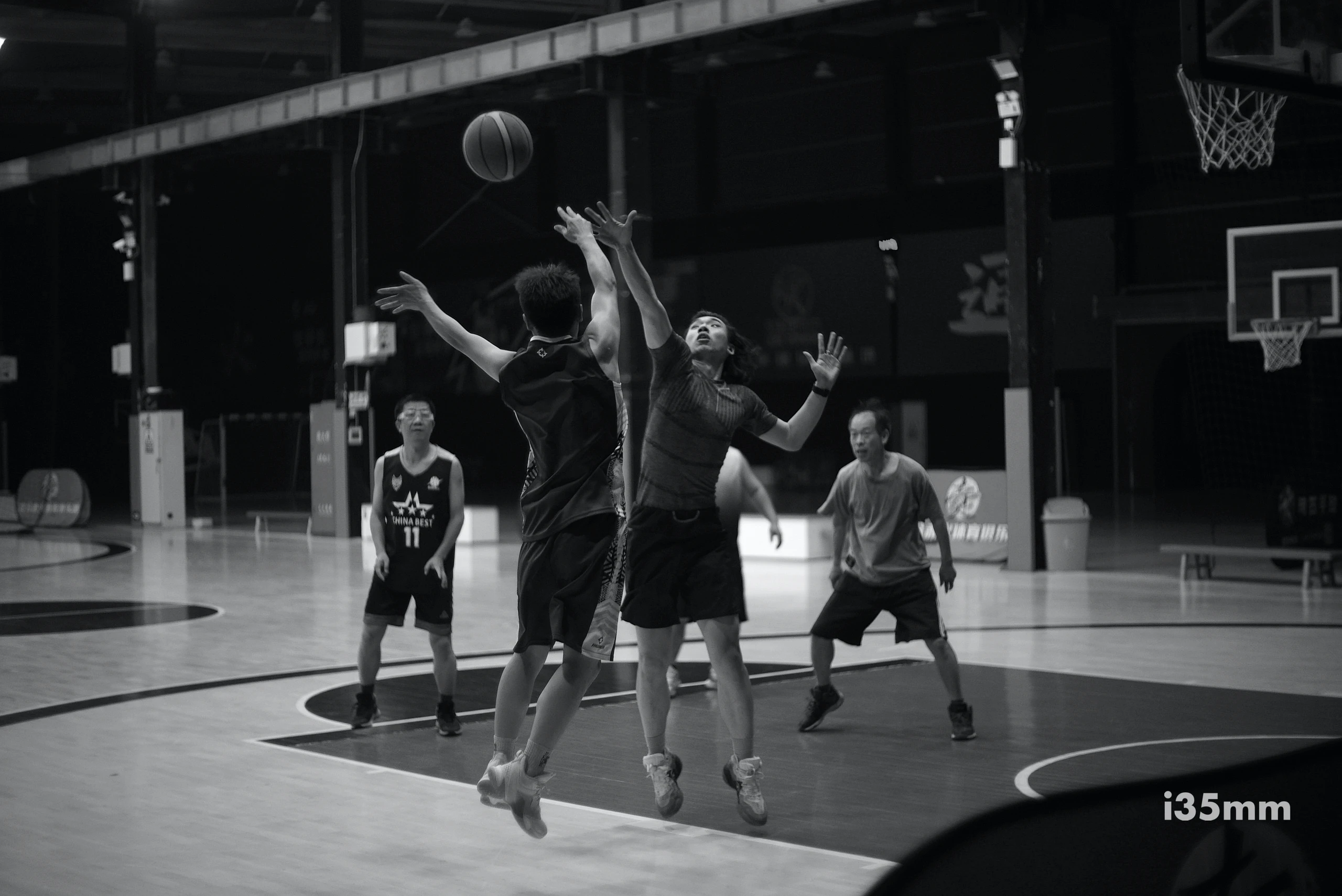

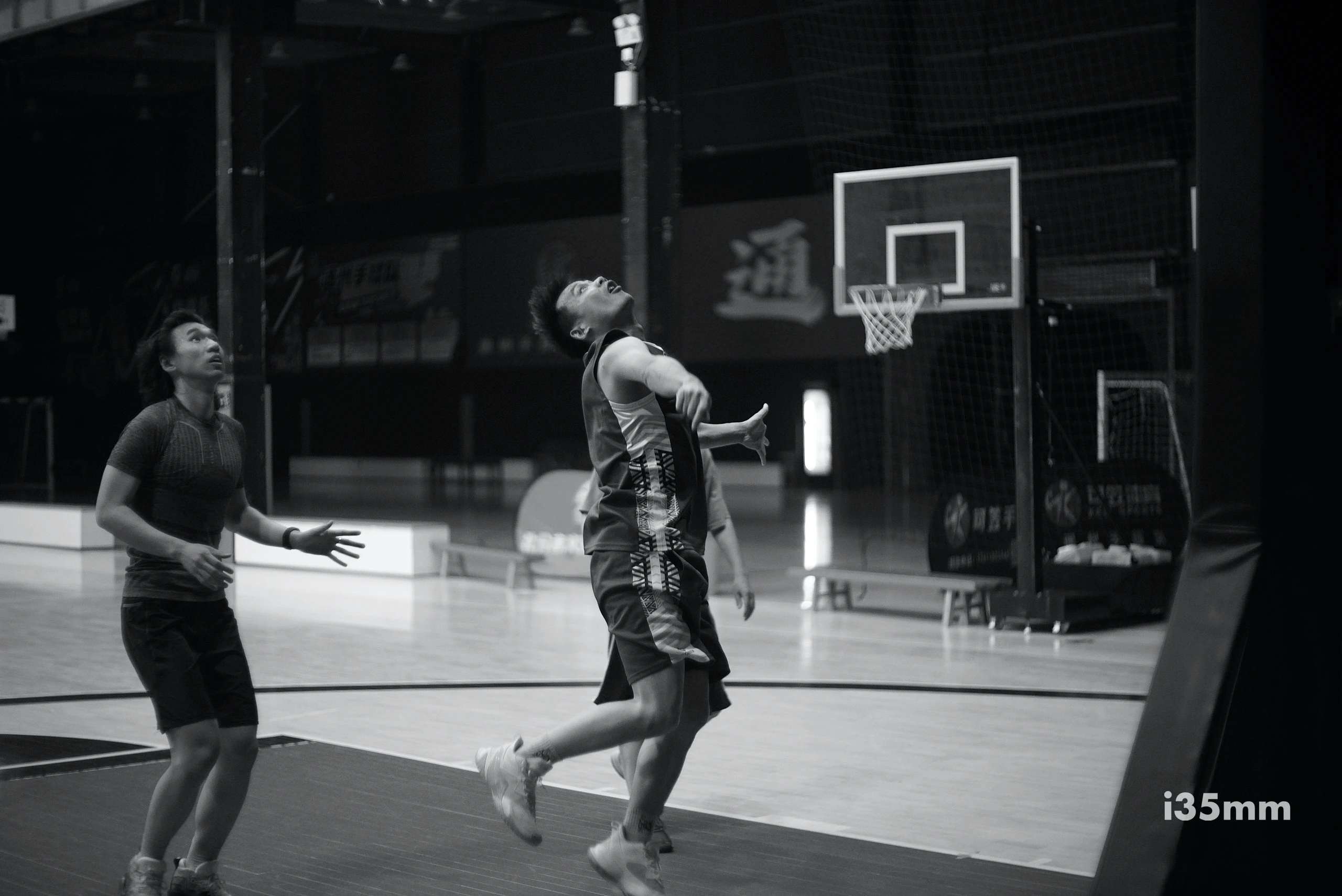
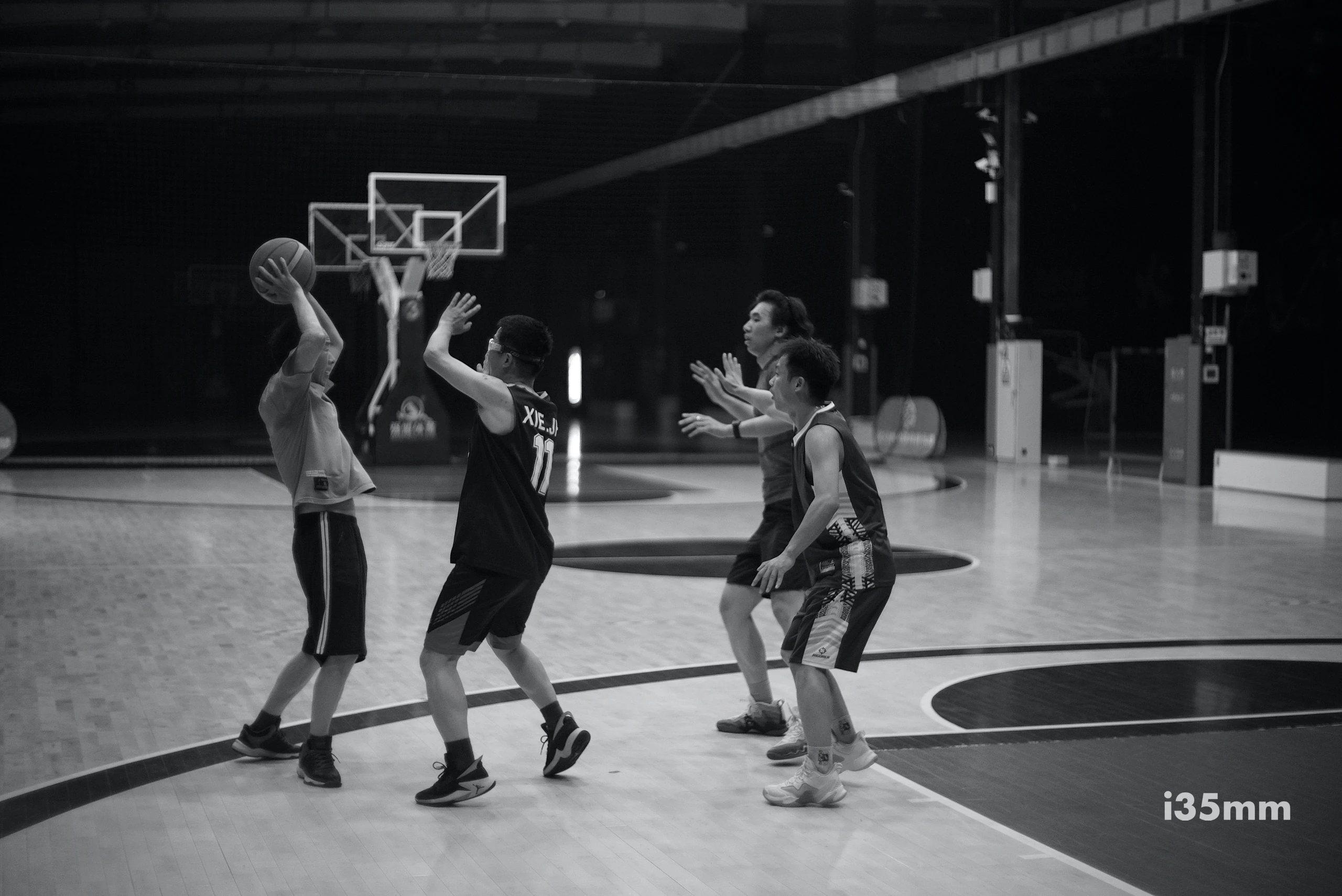
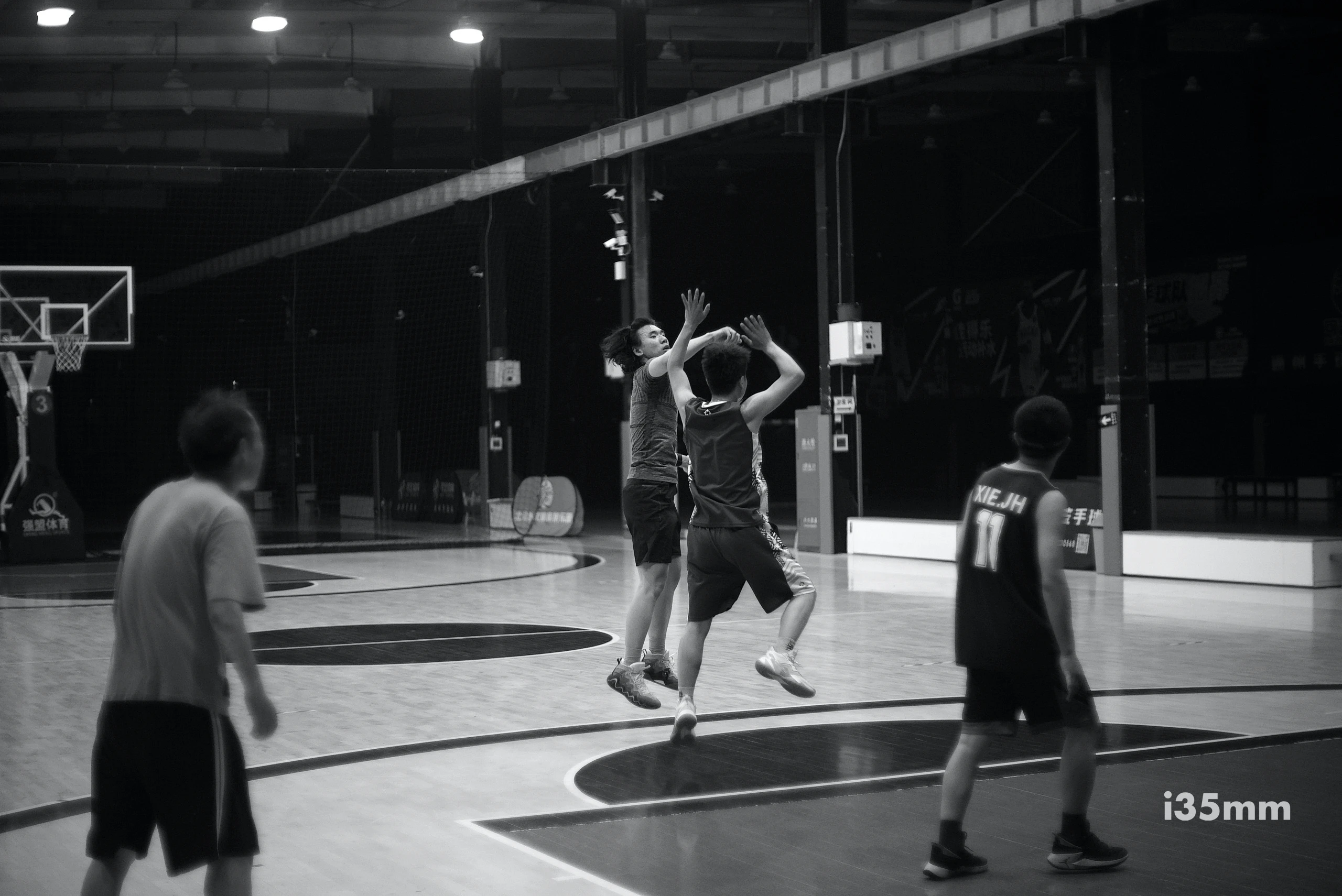
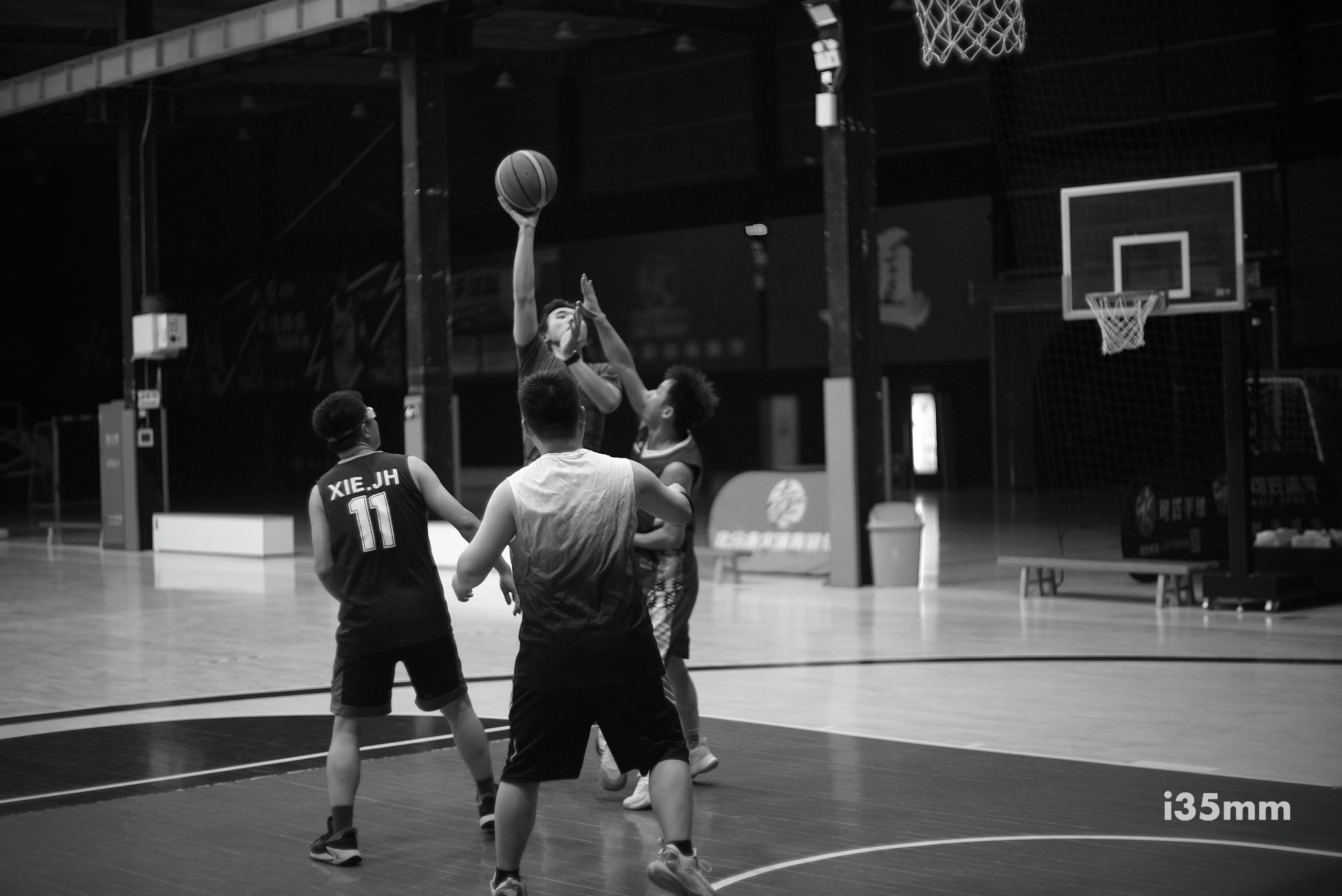
Armed with another relic—Nikon’s 58mm f/1.4 “AUTO” lens—I returned to the asphalt court. Fresh off the Afghan Girl lens’ triumph, I wondered: Could this vintage pancake lens, older than my dad’s mixtapes, handle the chaos of pickup basketball?
The f/1.4 Gamble
Let’s get technical (but only for a sentence): Mounting this 58mm on a Sony A7S was like teaching a vinyl turntable to stream TikTok dances. The massive f/1.4 aperture promised buttery bokeh, but manual focusing through an EVF felt like threading a noodle through a keyhole mid-game. Shots were either “Wow, that sweat bead looks like a diamond!” or “Did I accidentally photograph a ghost?” Compared to the 105mm’s surgical precision, this lens rendered scenes like a jazz painting—all mood, no maps.
From Sidelines to Starting Five
Then came the plot twist: The 2v3 underdog team, tired of losing, shouted: “Yo, camera guy—get in here!” I hesitated. My basketball résumé includes:
- Accidentally dunking on a 6th-grade hoop (it was 7 feet tall).
- Once tripping over my own shadow during a layup.
But pride (and peer pressure) won. I swapped the Nikon for a water bottle and became the world’s most confused sixth man.
The Stat Line That Wouldn’t Impress ChatGPT
Let’s be clear: My game was less LeBron, more “LeBarelyFunctional.” Highlights included:
- 3 steals: Achieved by wildly flailing at passes like a caffeinated octopus.
- 2 assists: Both were accidental passes to the opposing team, rebounded by allies.
- 1 block: A miracle swat that left me sprawled on the concrete, questioning life choices.
- 6 shots, 1 make: The lone basket? A desperation heave that banked in off a pigeon’s ghost.
Yet somehow, we won. Turns out, hustling like a raccoon at a dumpster party has its merits.
Post-Game Takeaways
- Lens Lessons: The 58mm f/1.4? Gorgeous for static drama—think benchside tension, sneaker tread close-ups. For action? Stick to the 105mm.
- Athletic Humility: Nothing kills ego faster than airballing a free throw while teens yell “It’s okay, Uncle!”
- Photography ≠ Spectating: Stepping into the frame—literally—reminded me why sports photography thrills: it’s about kinetic energy, not just light.
As I limped home, camera strap denting my shoulder, I realized: Manual focus and pickup basketball have the same core rule—embrace the chaos, forgive the misses, and chase the next shot like it’s your last.
